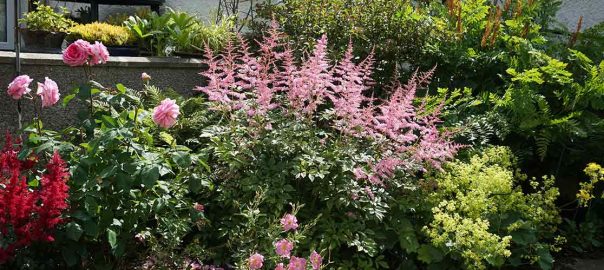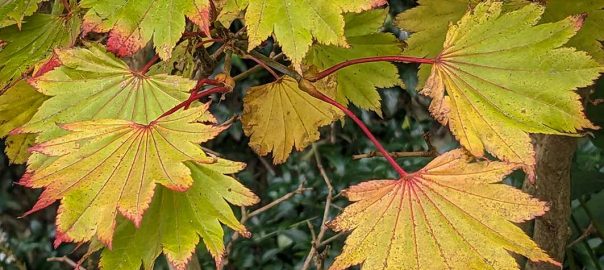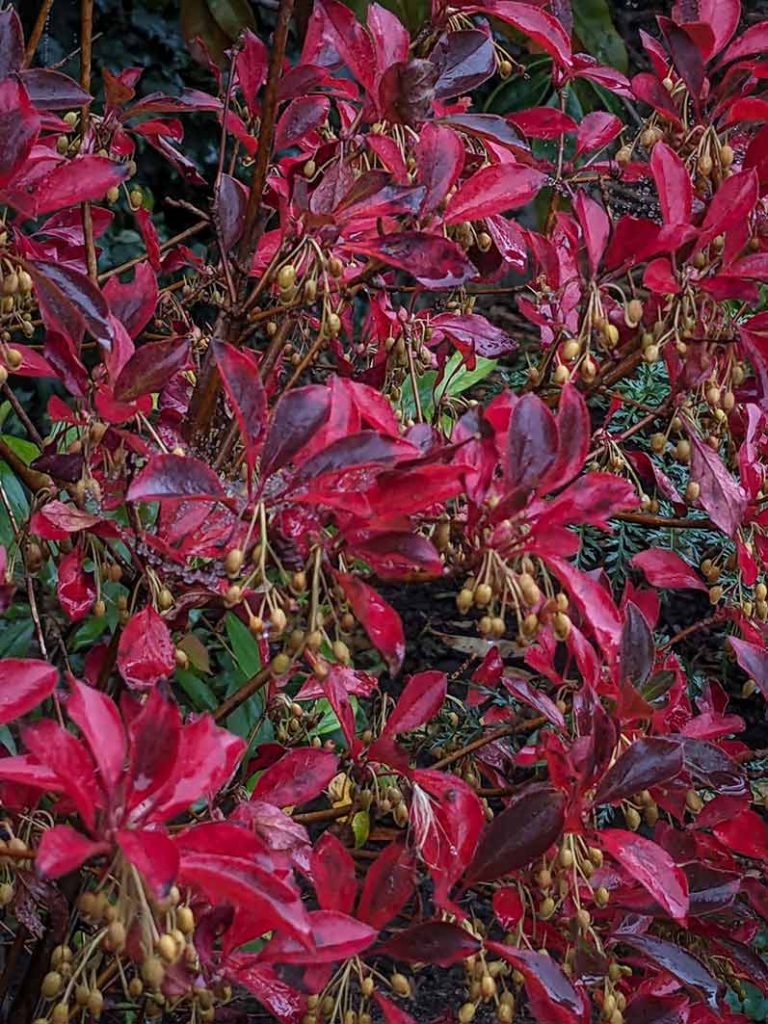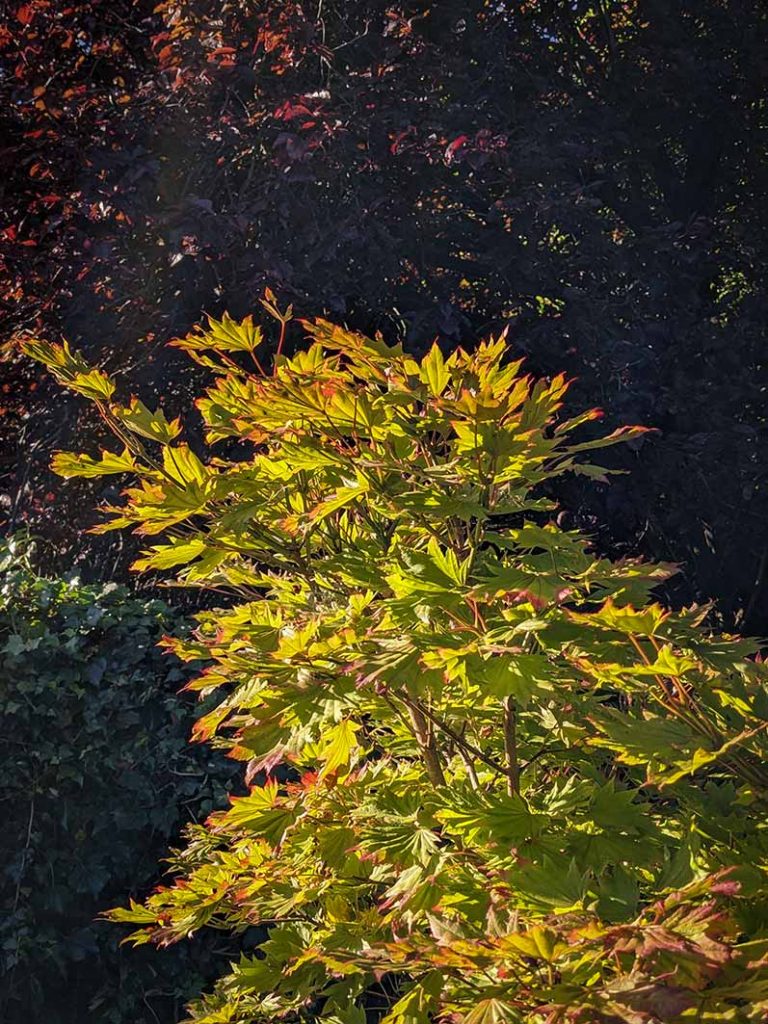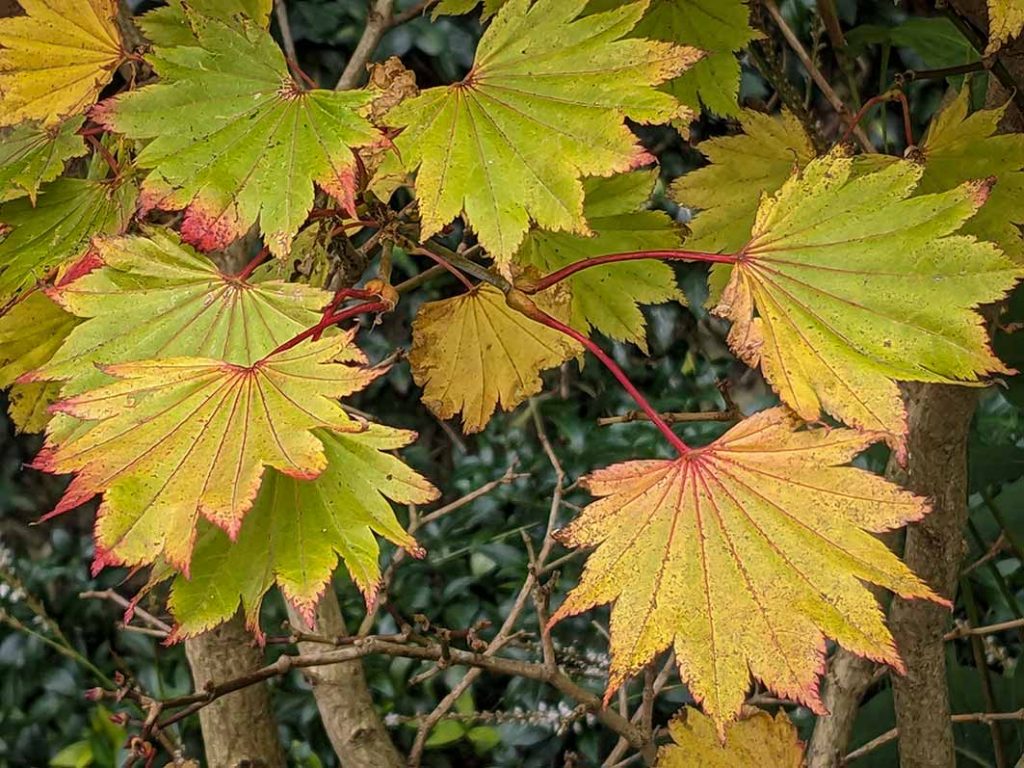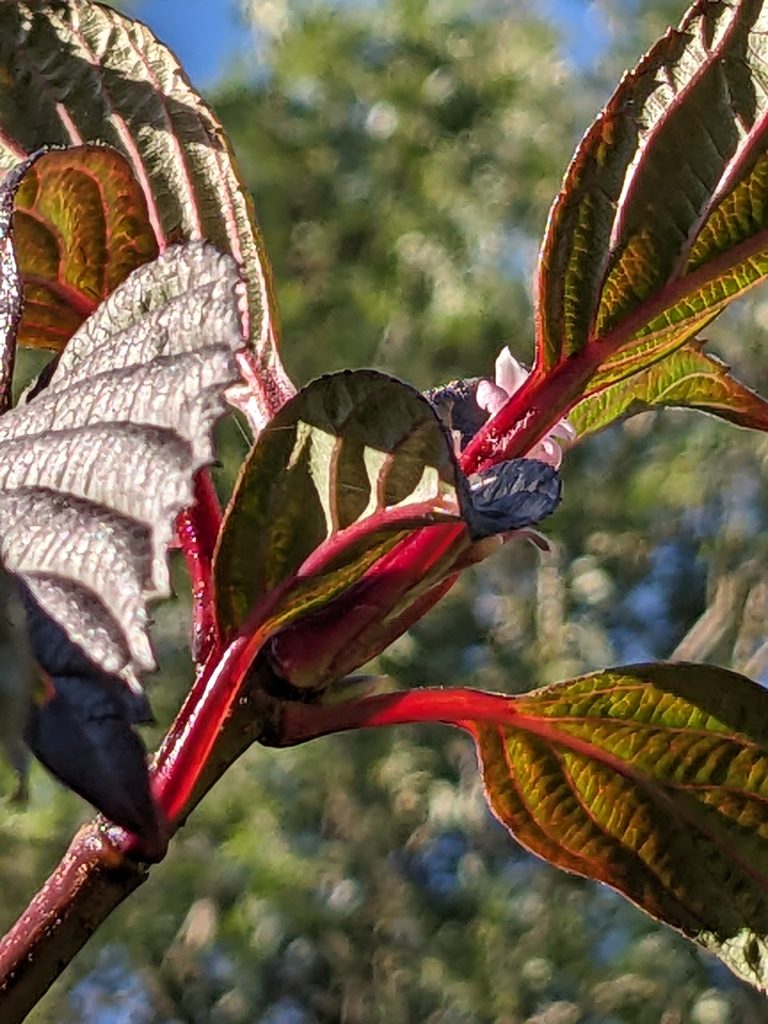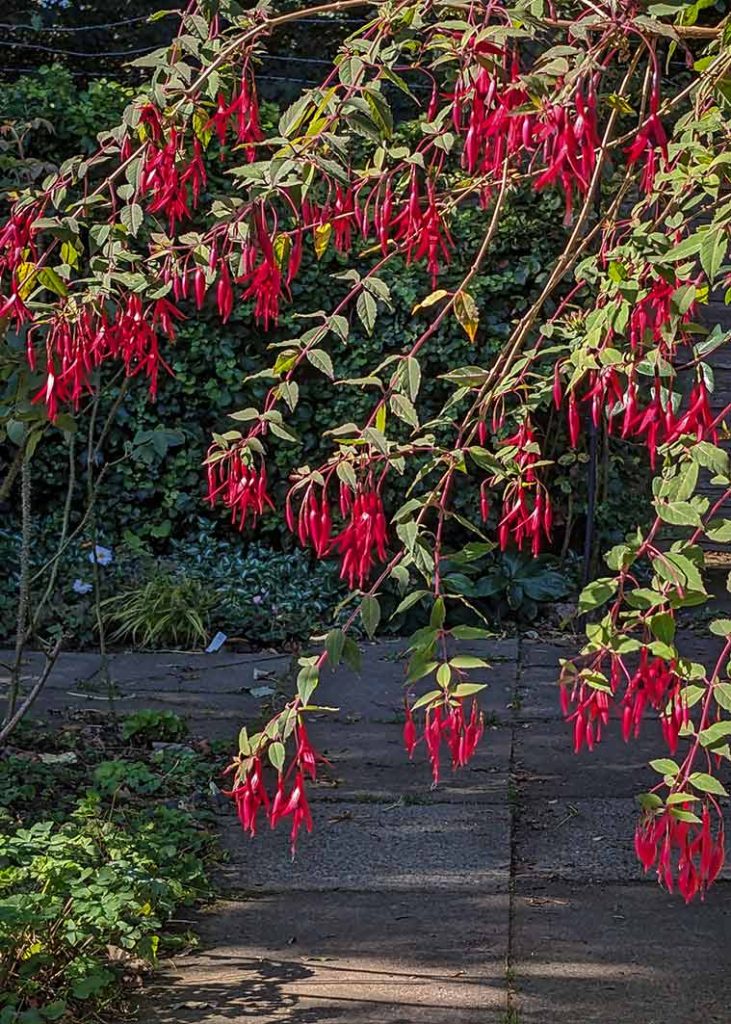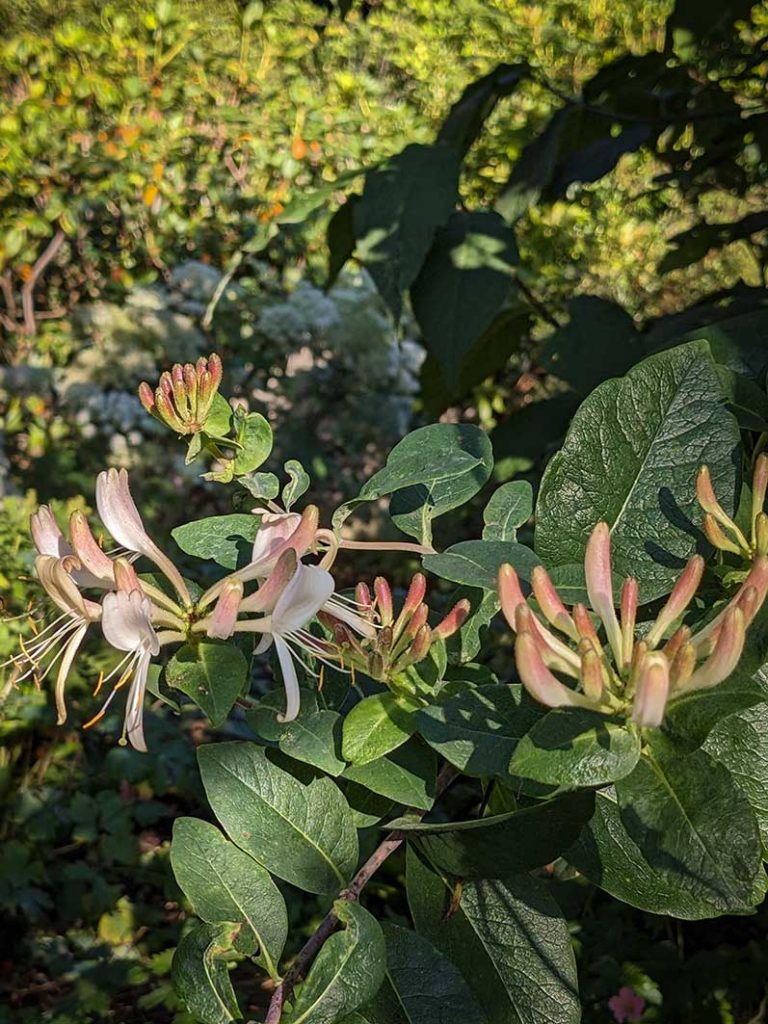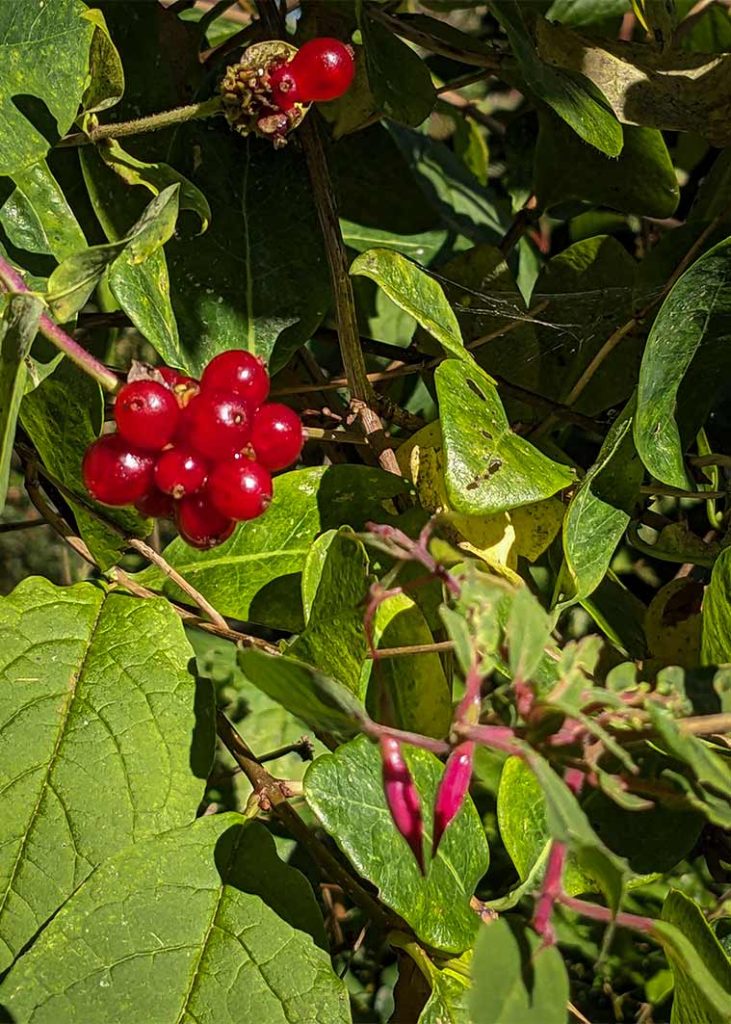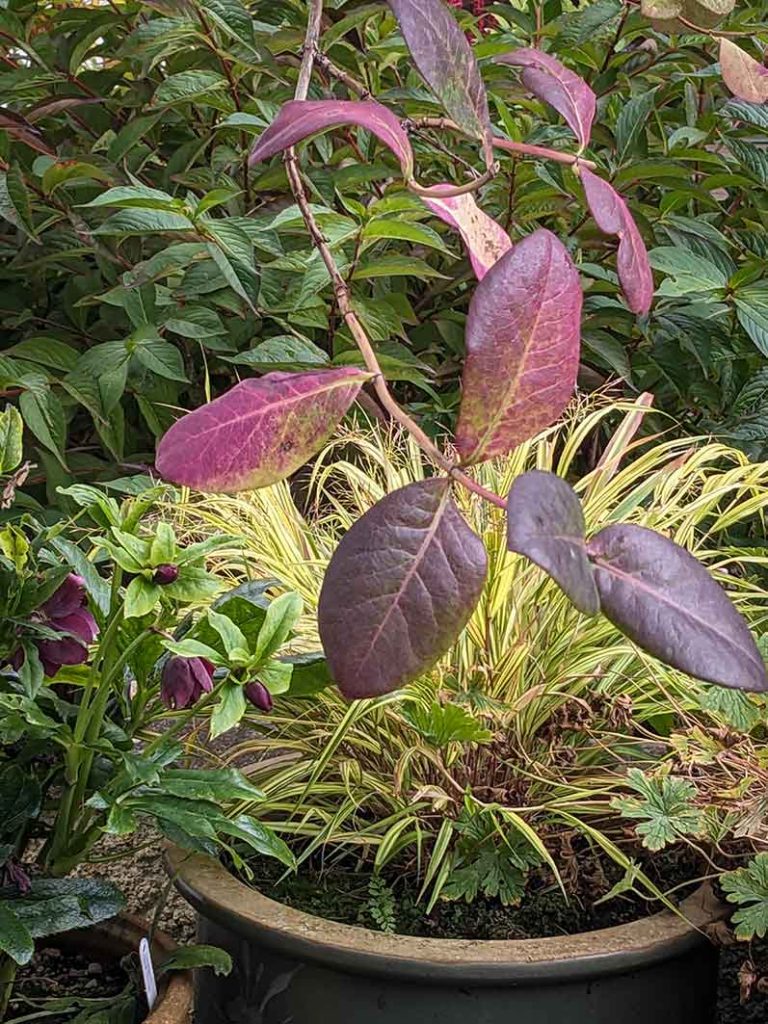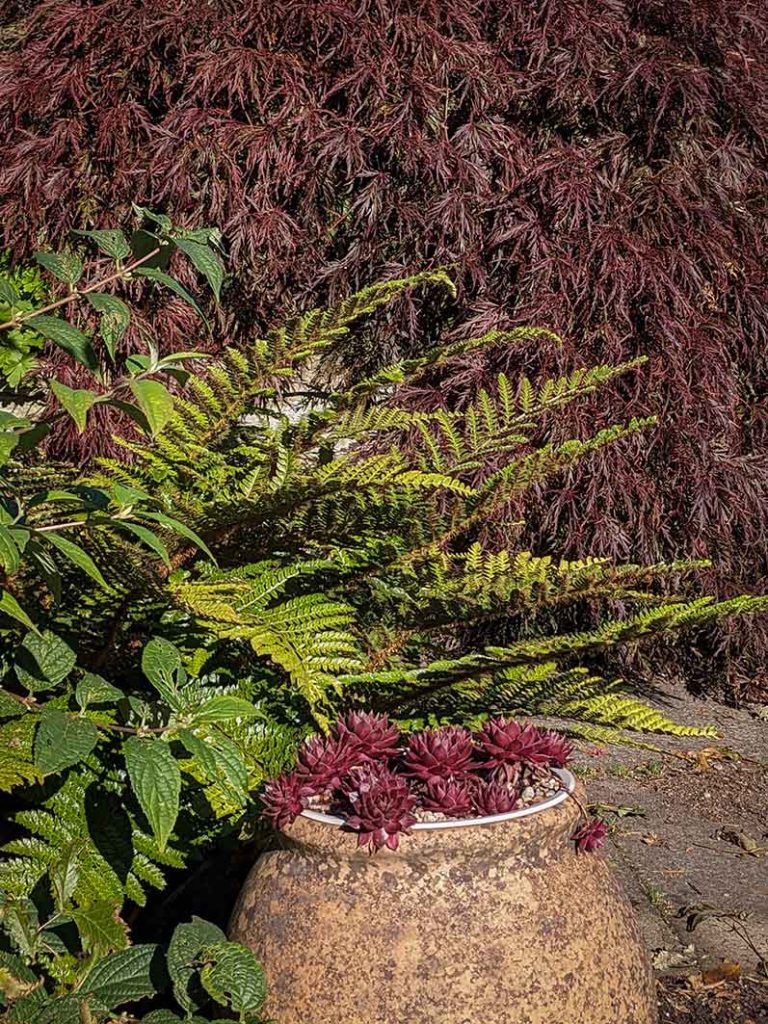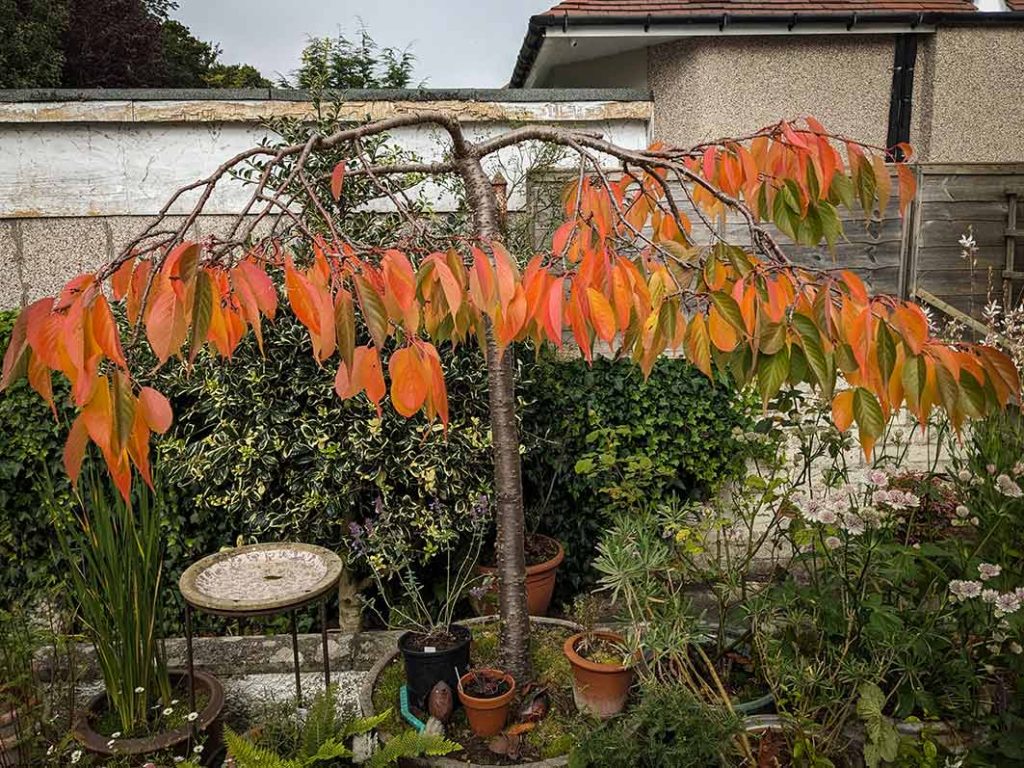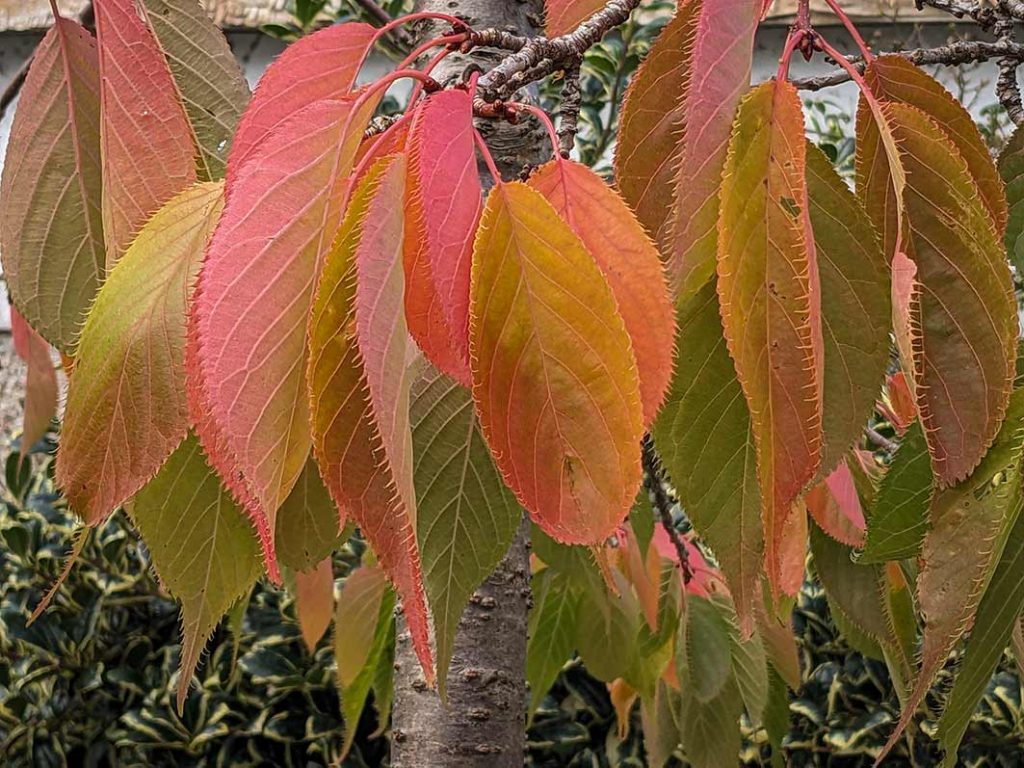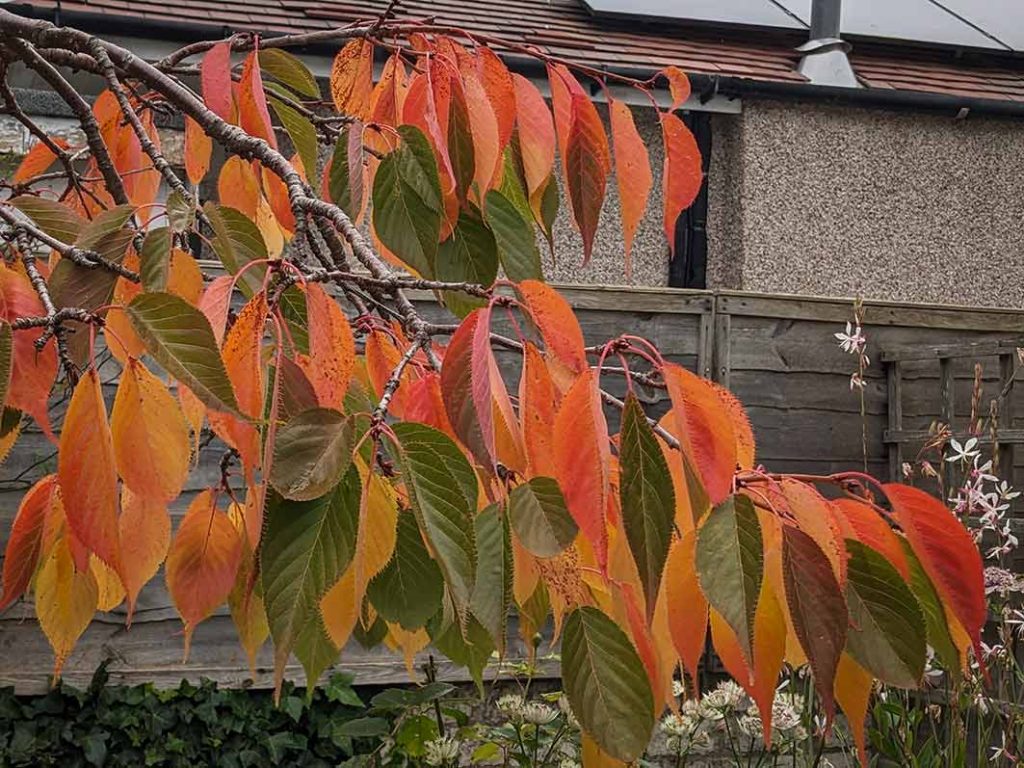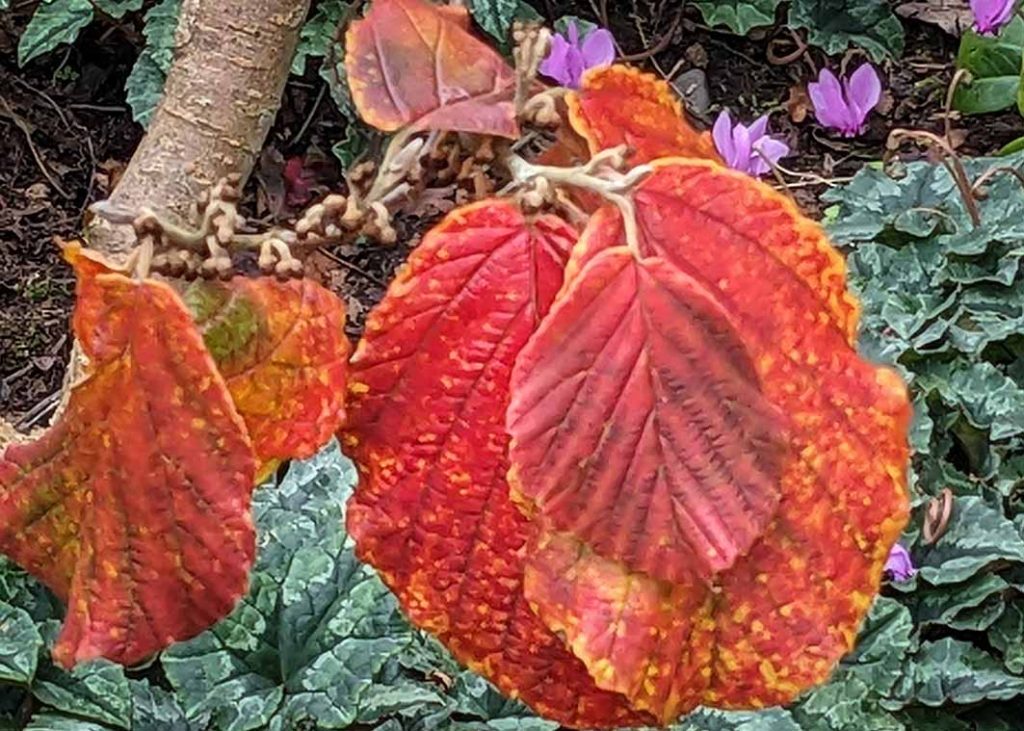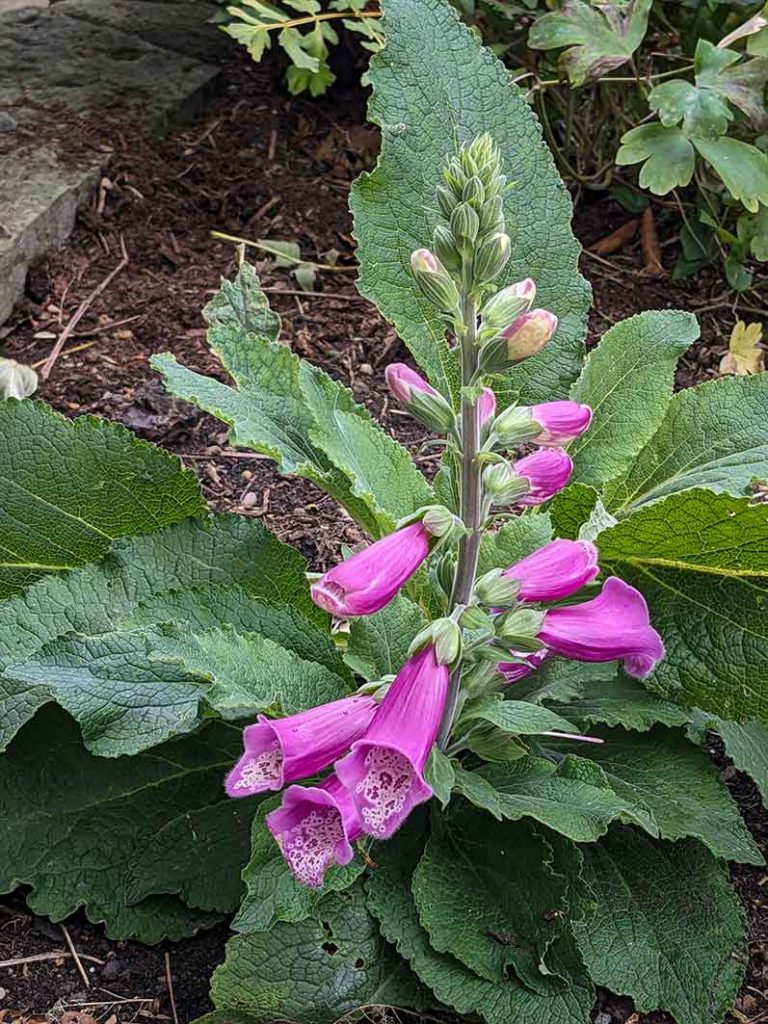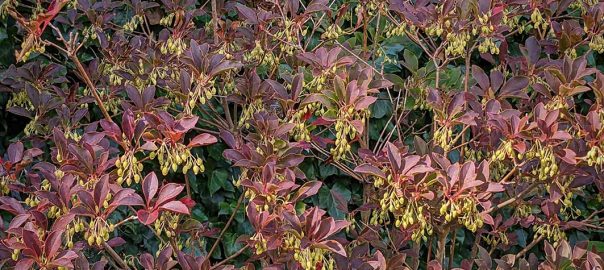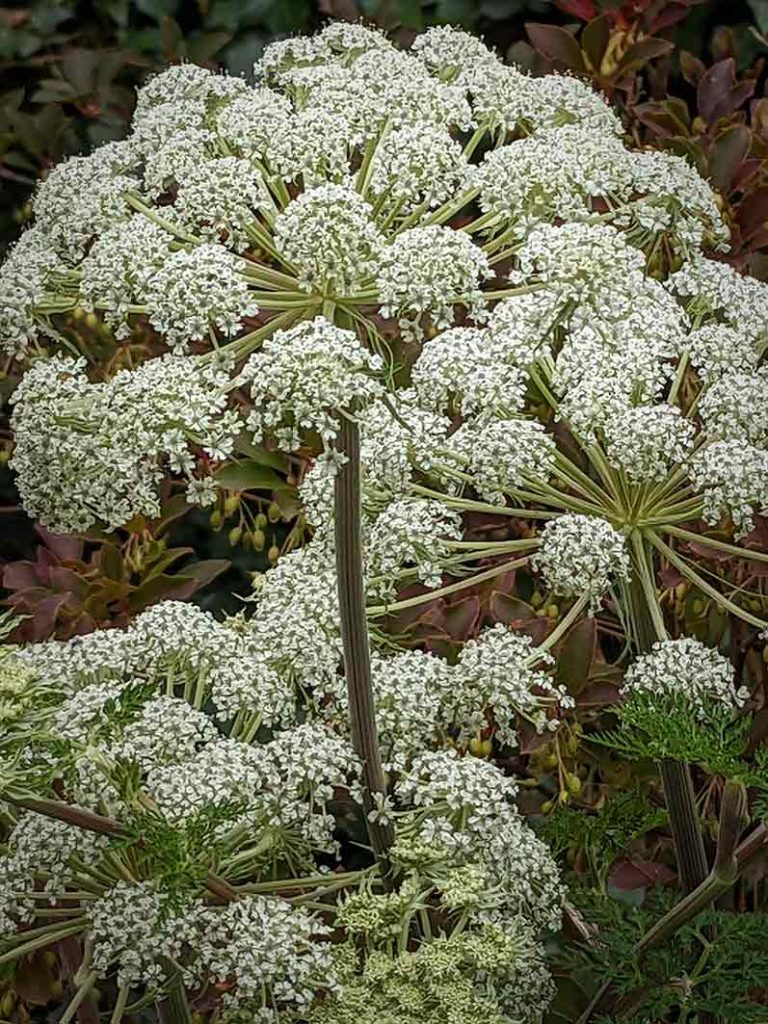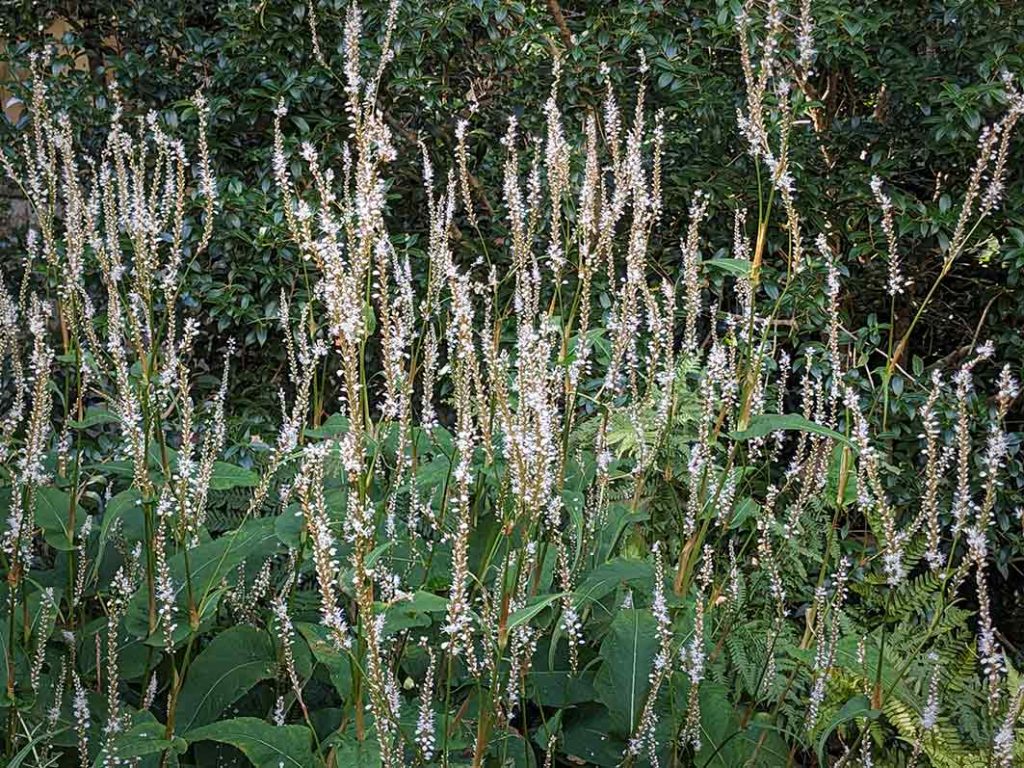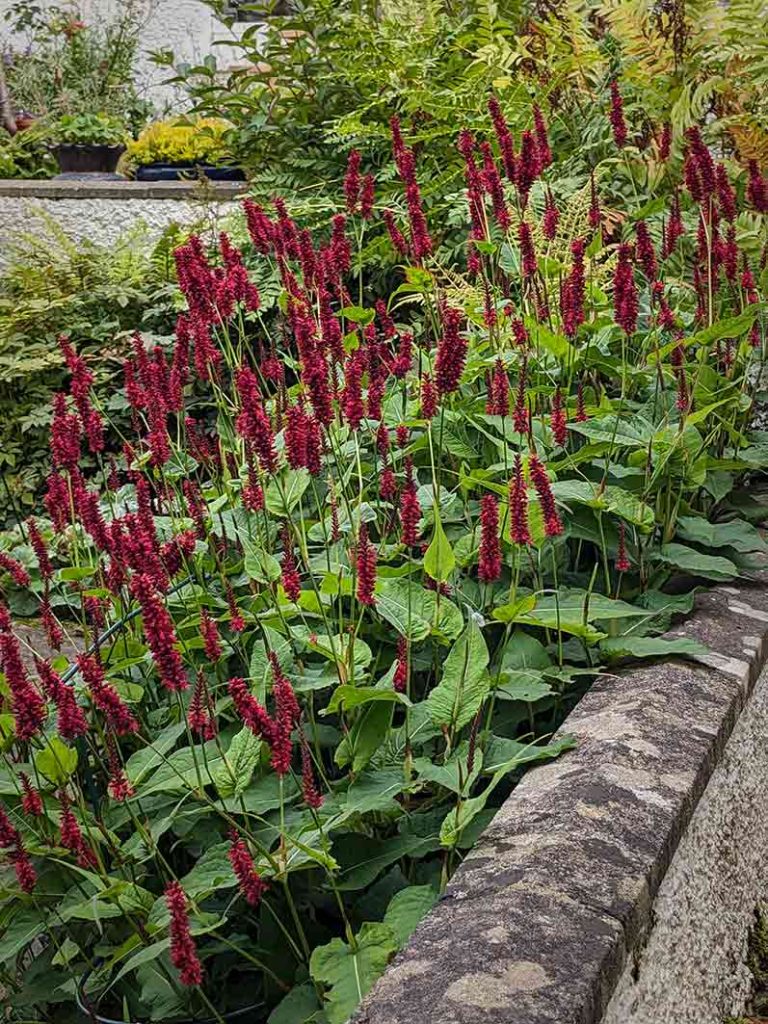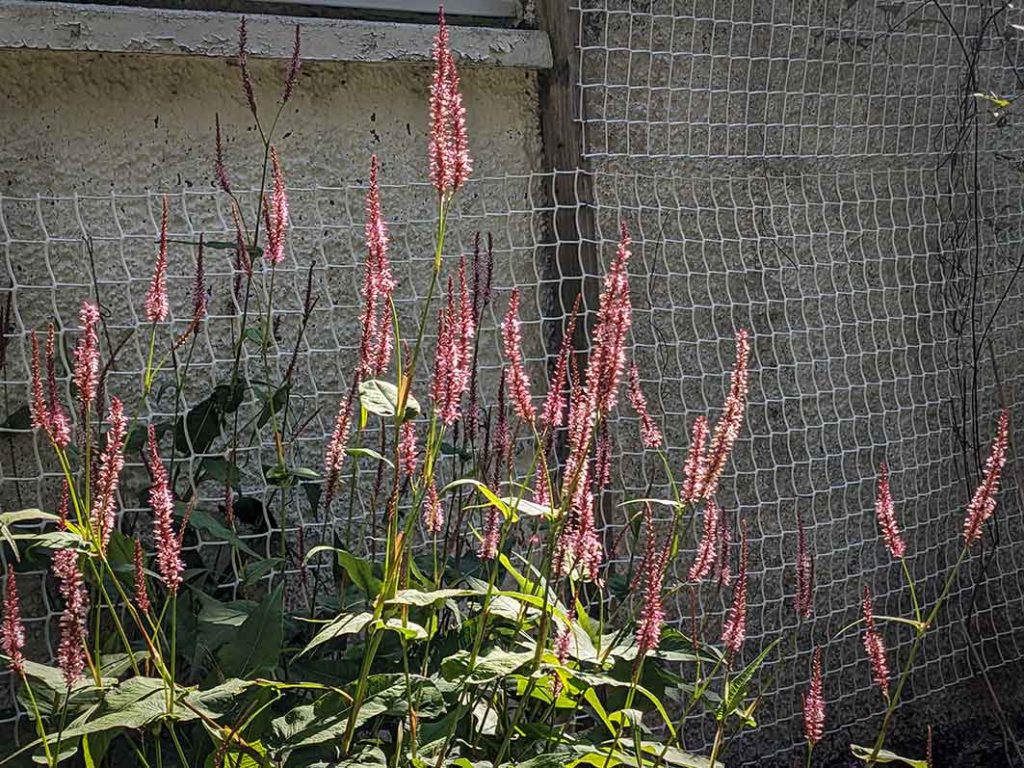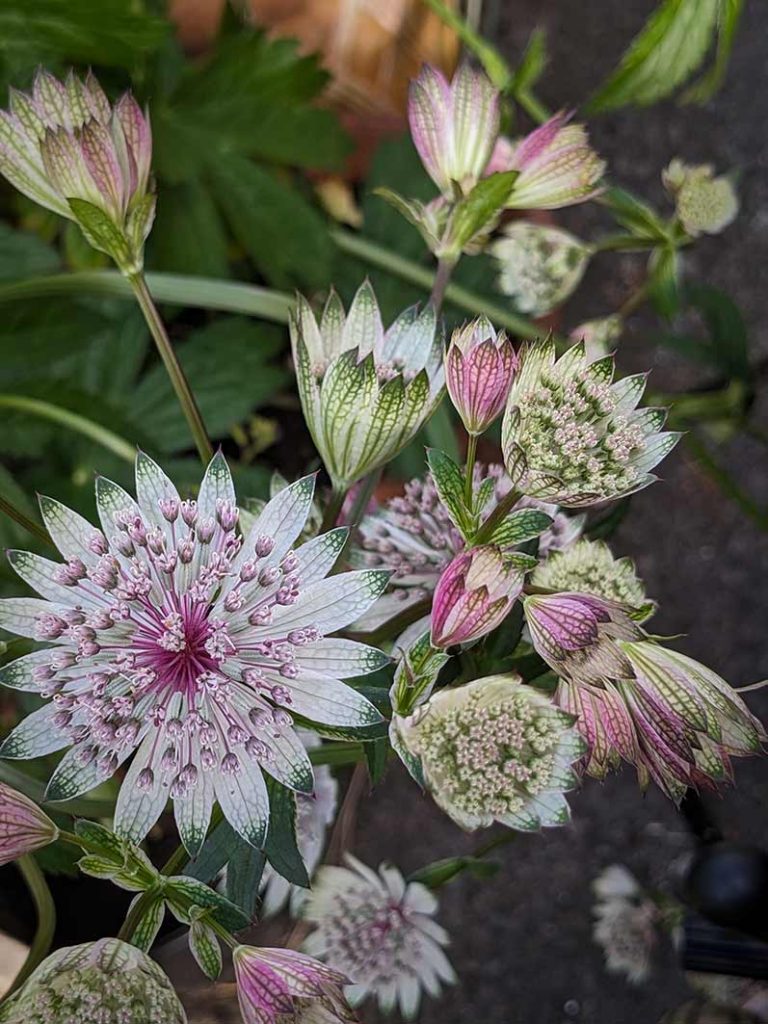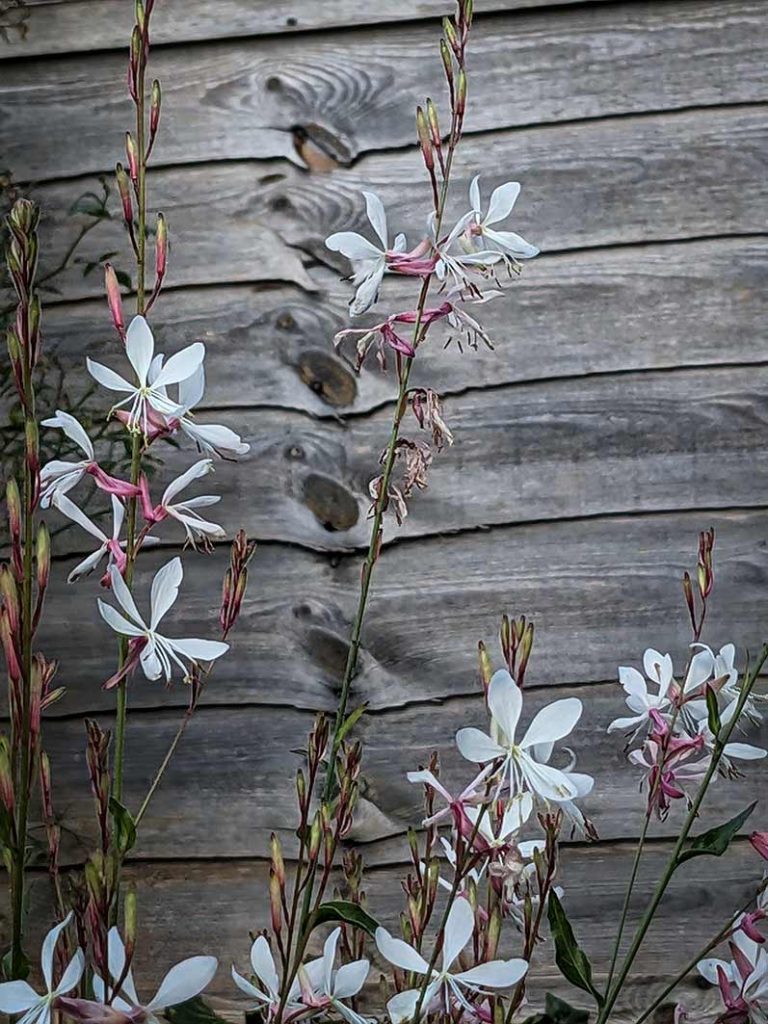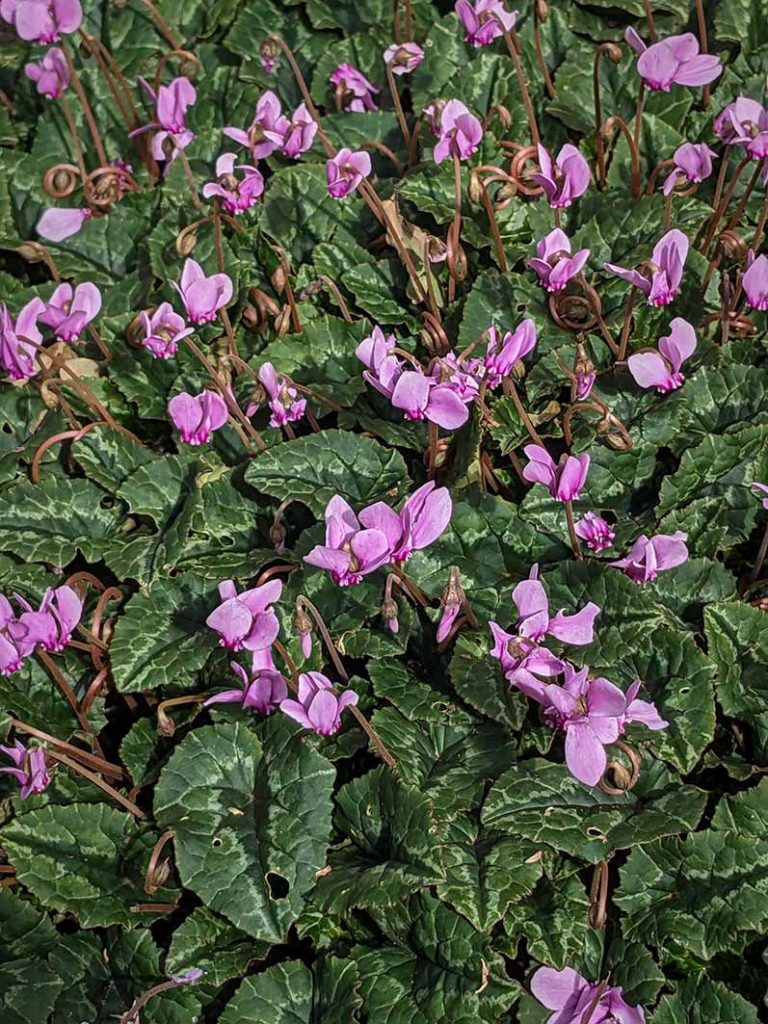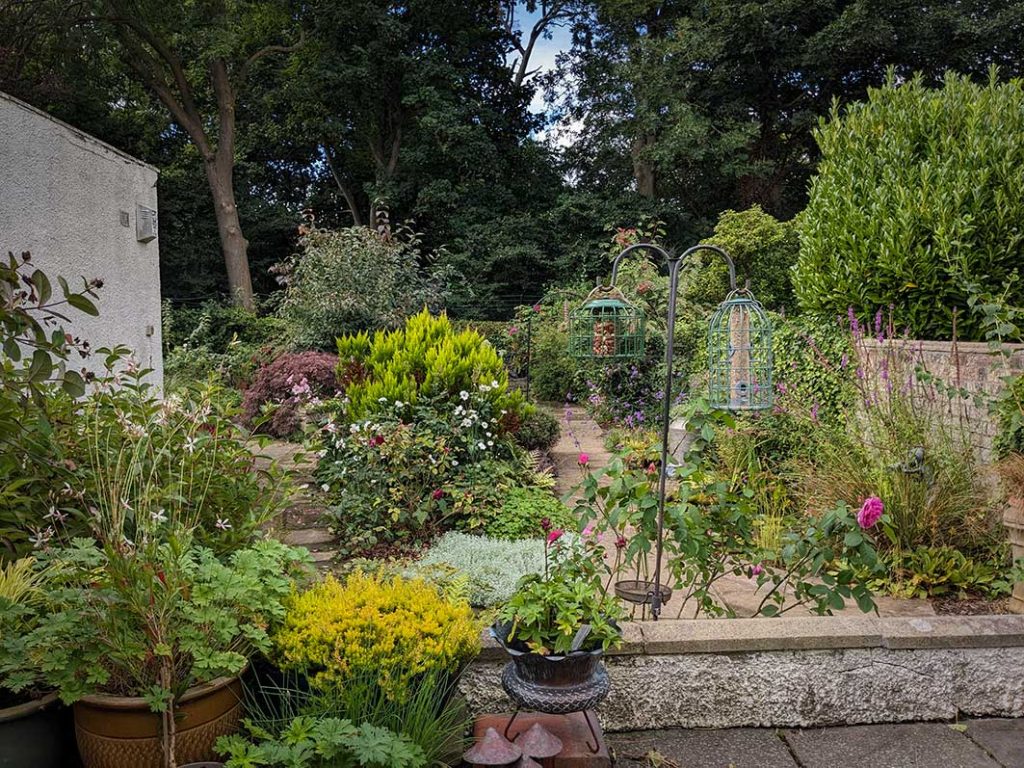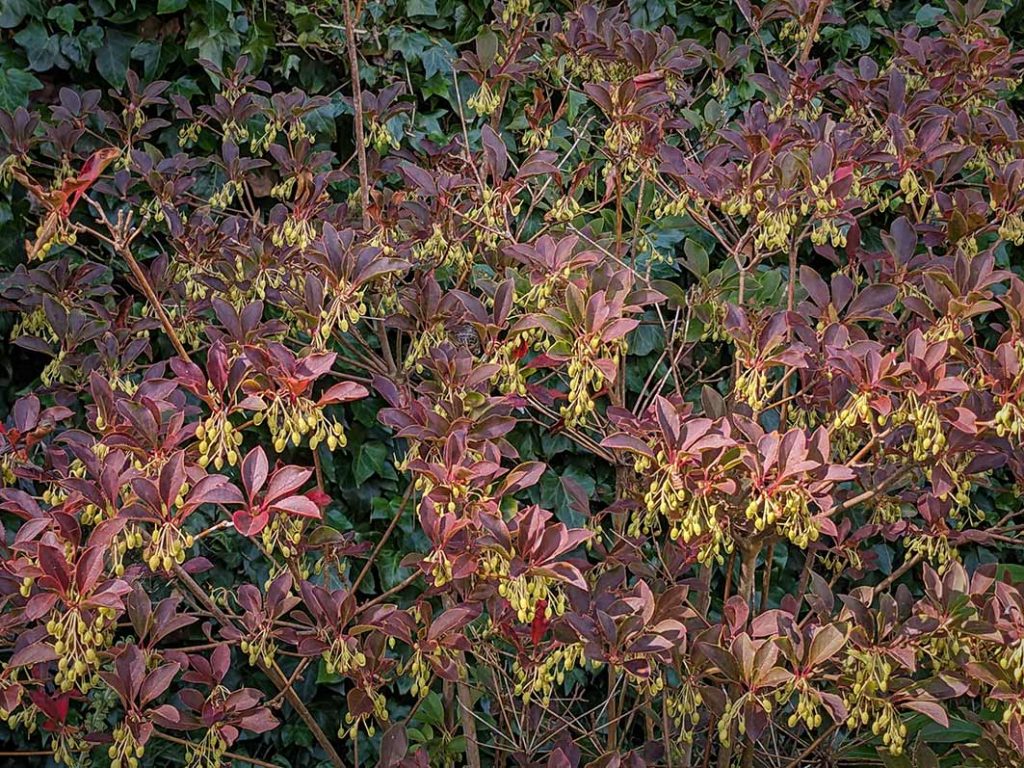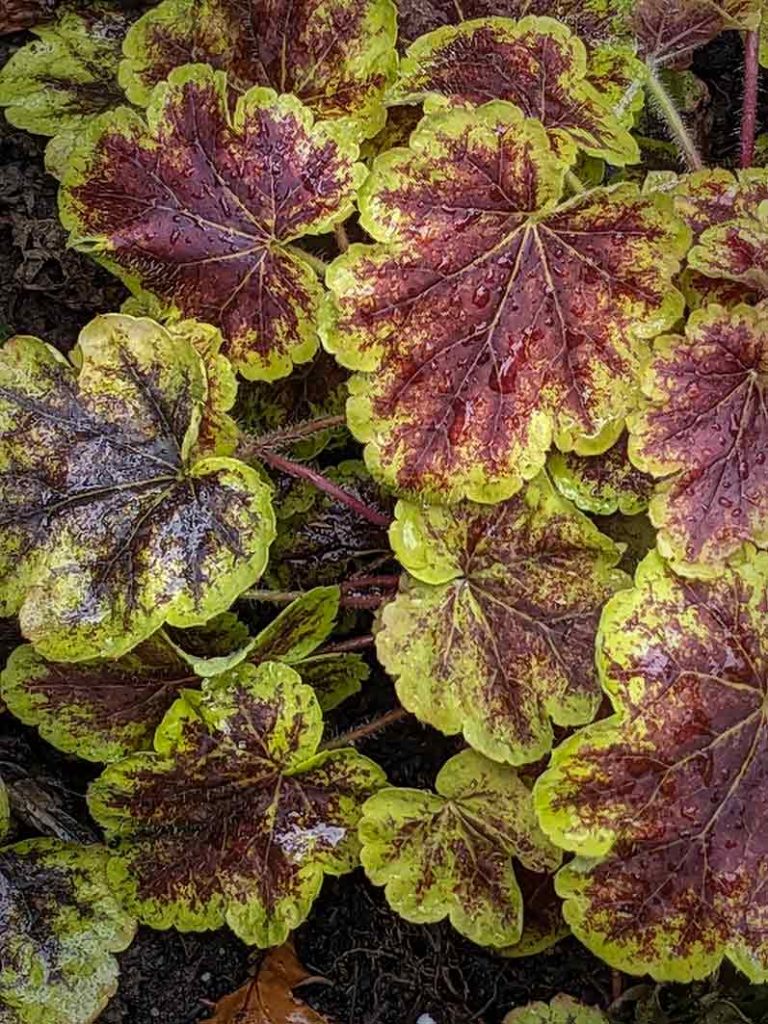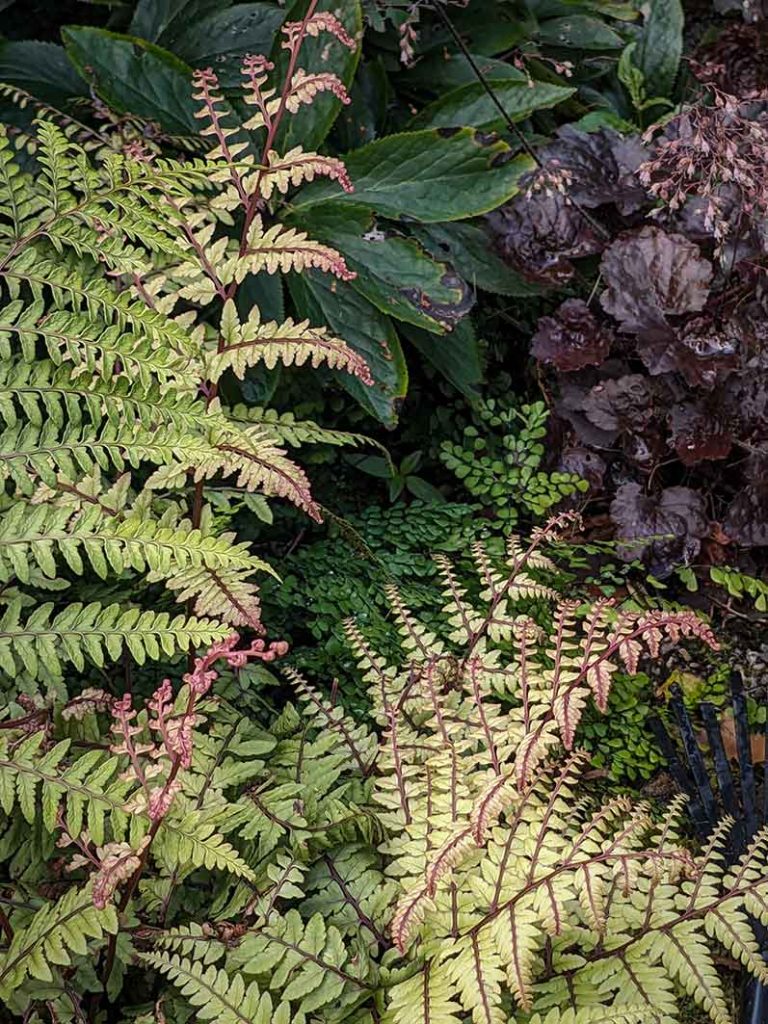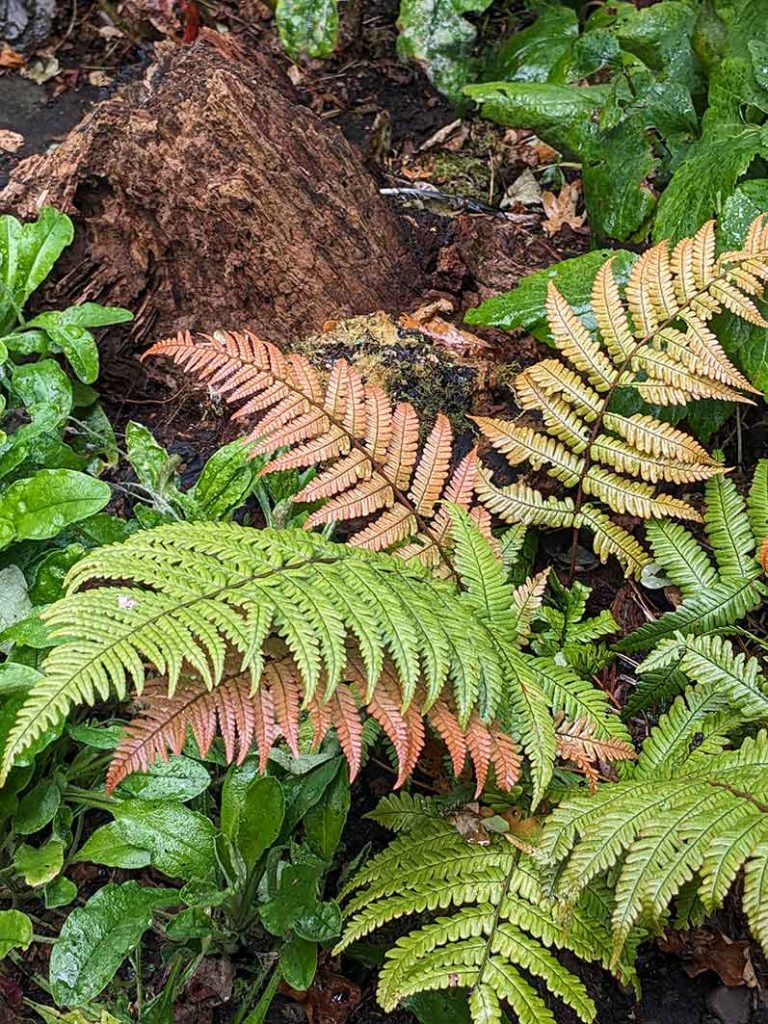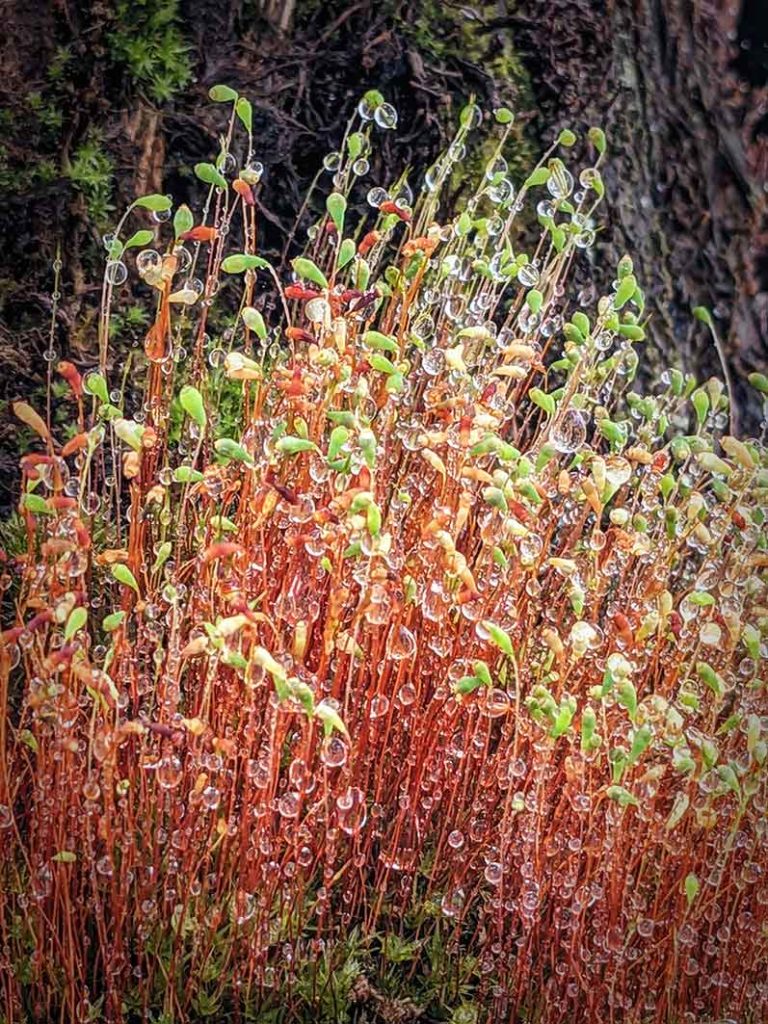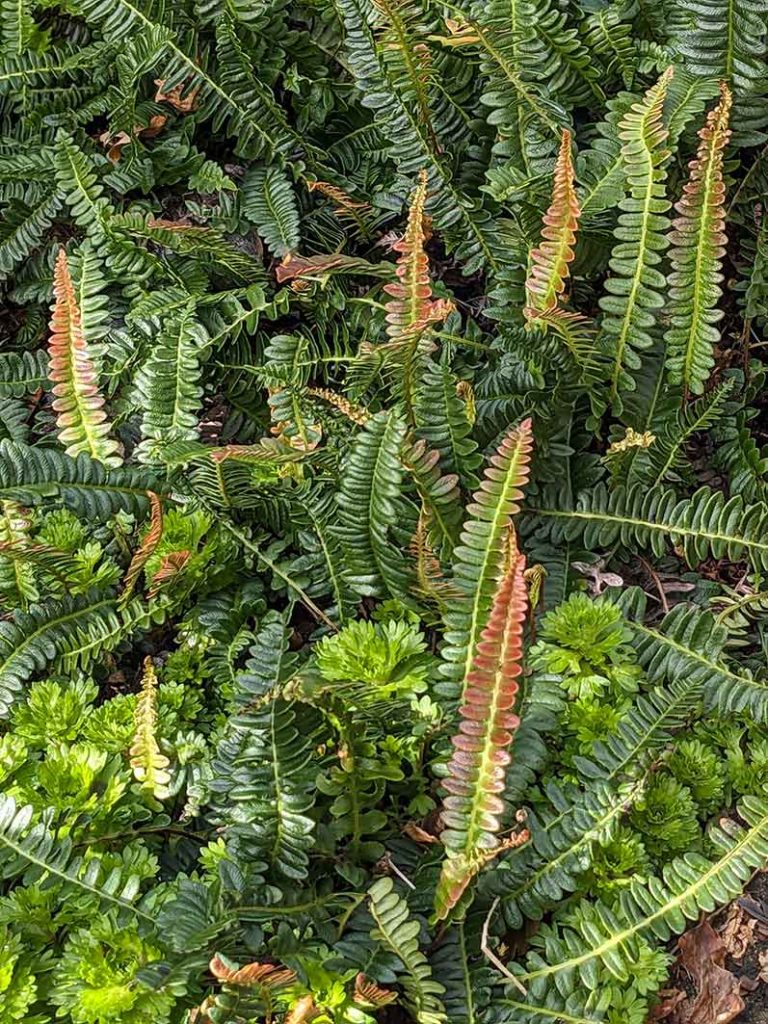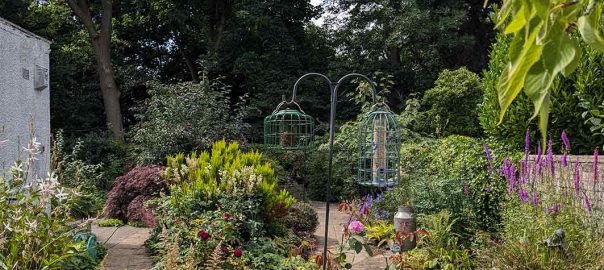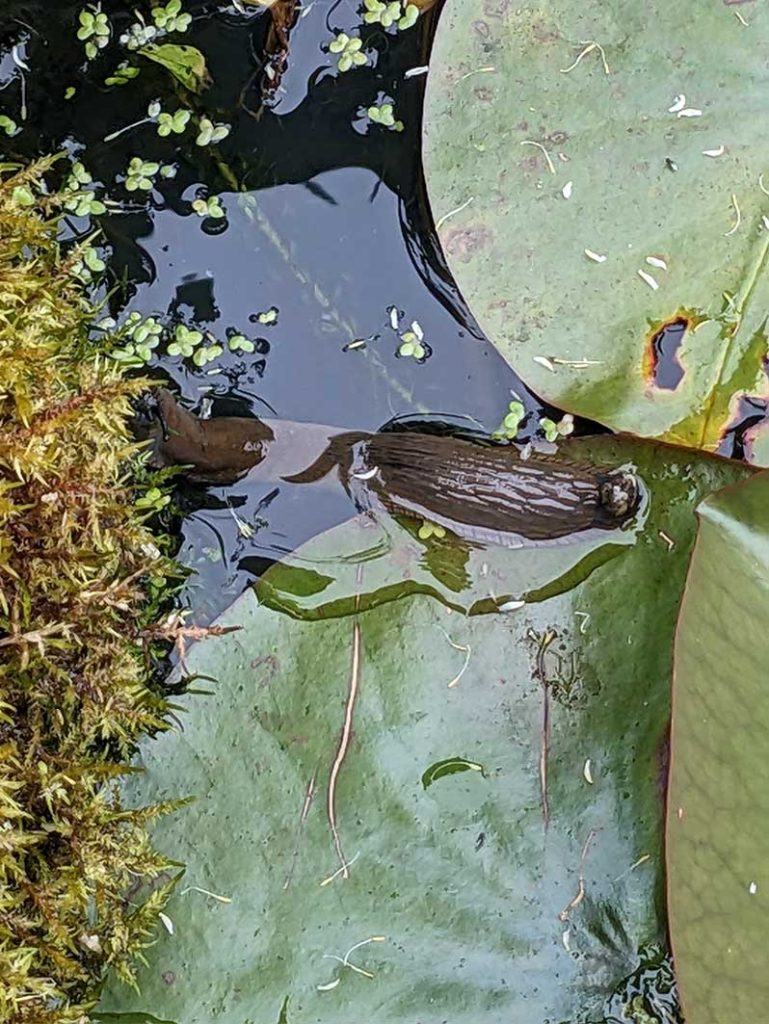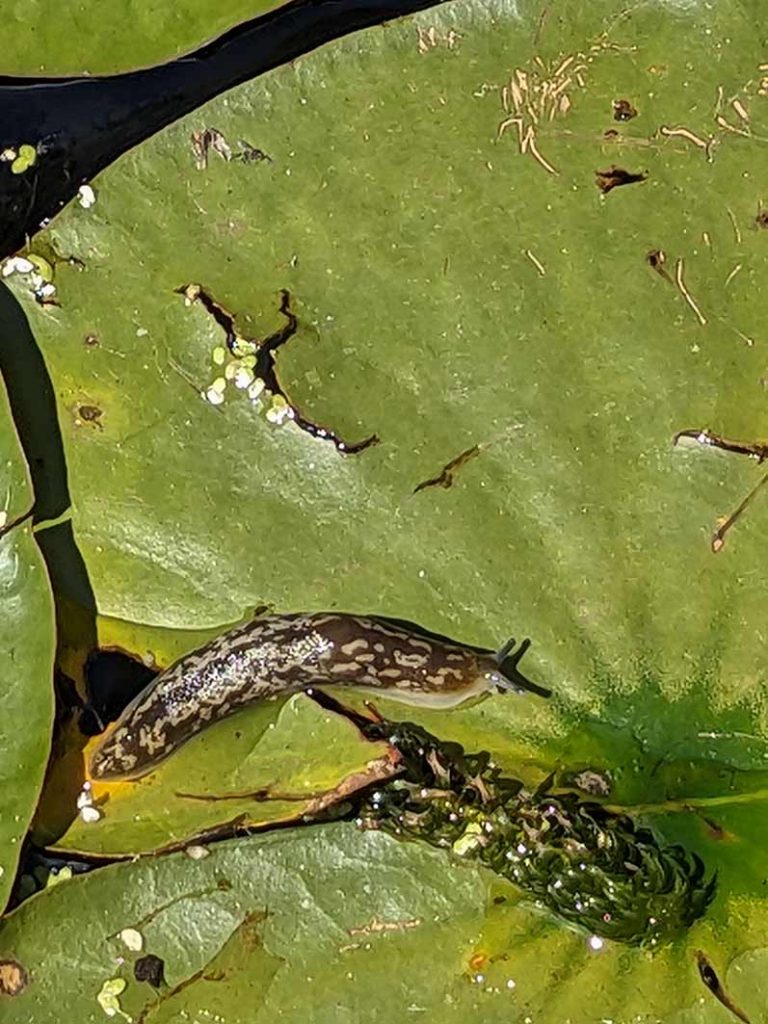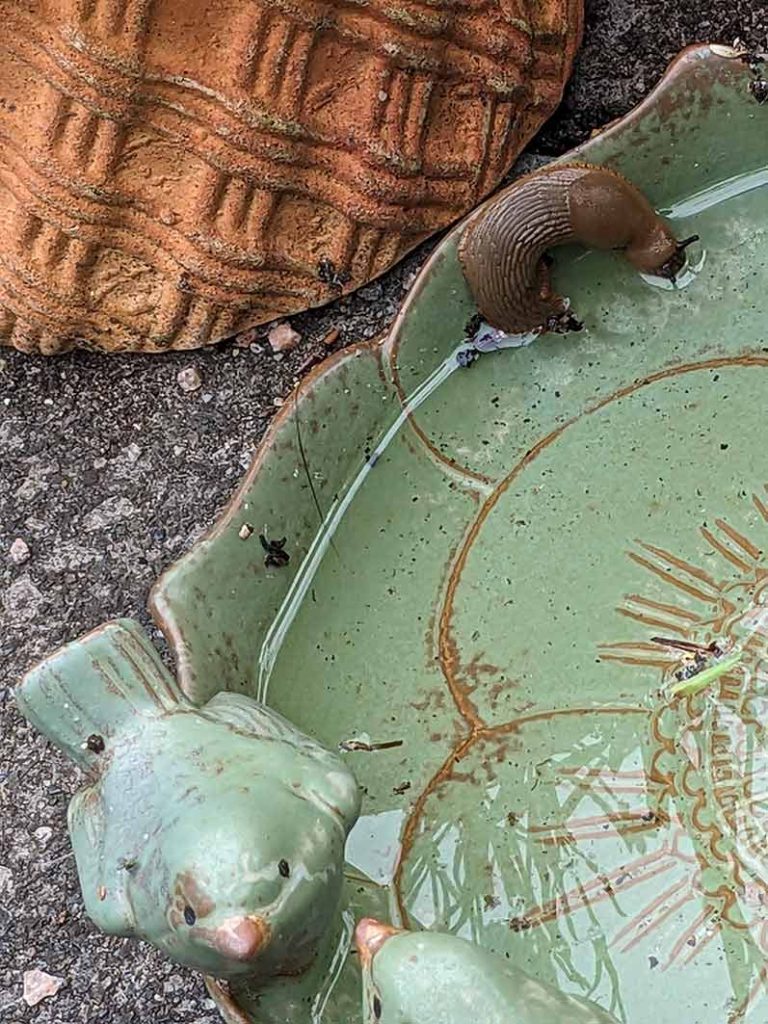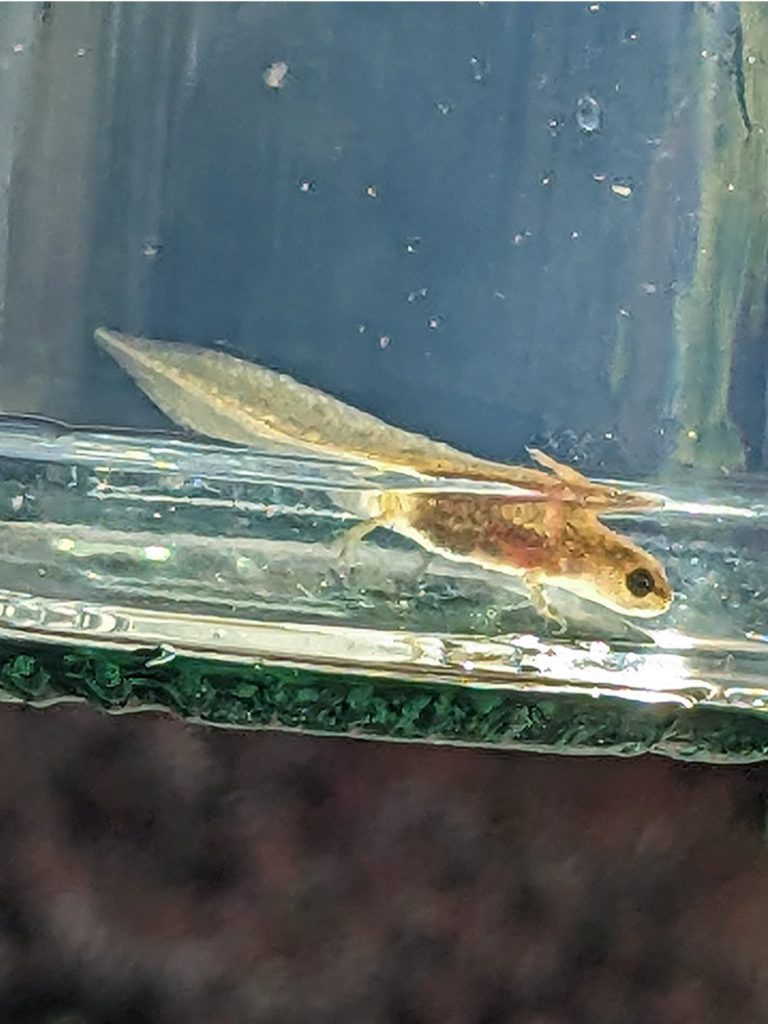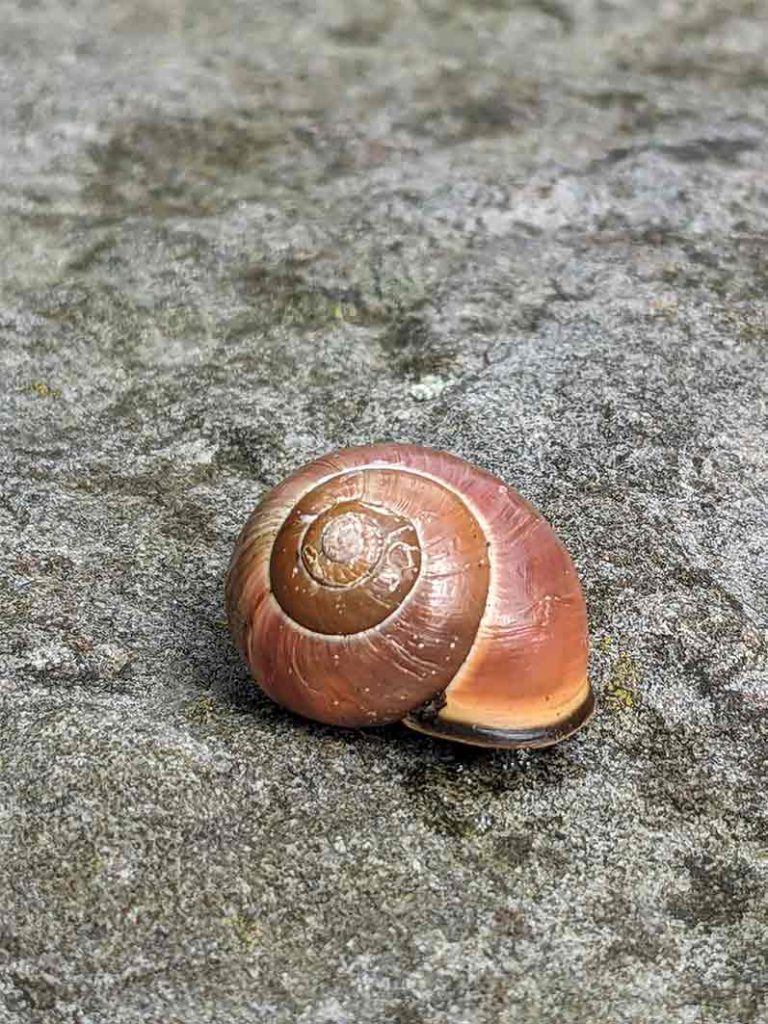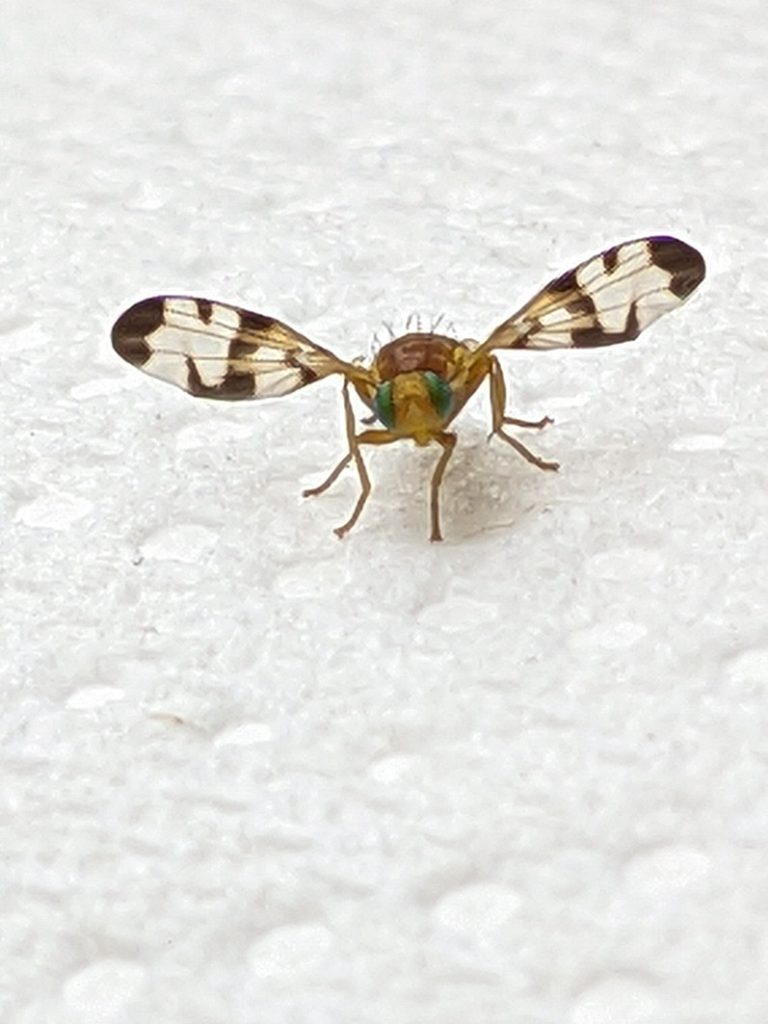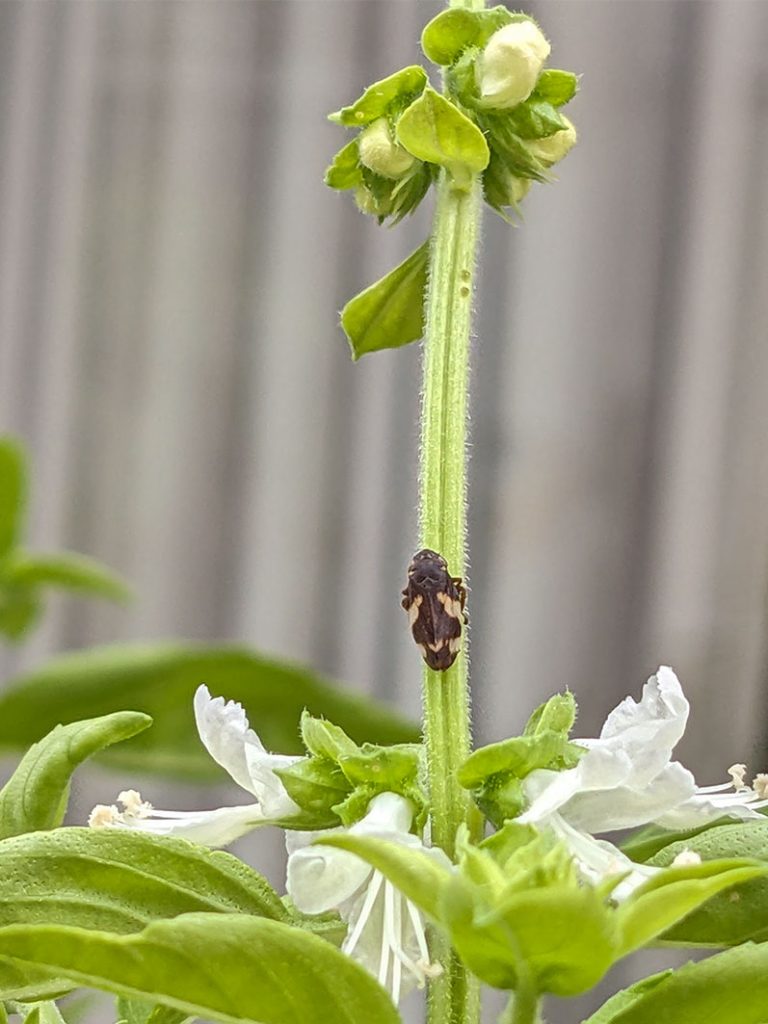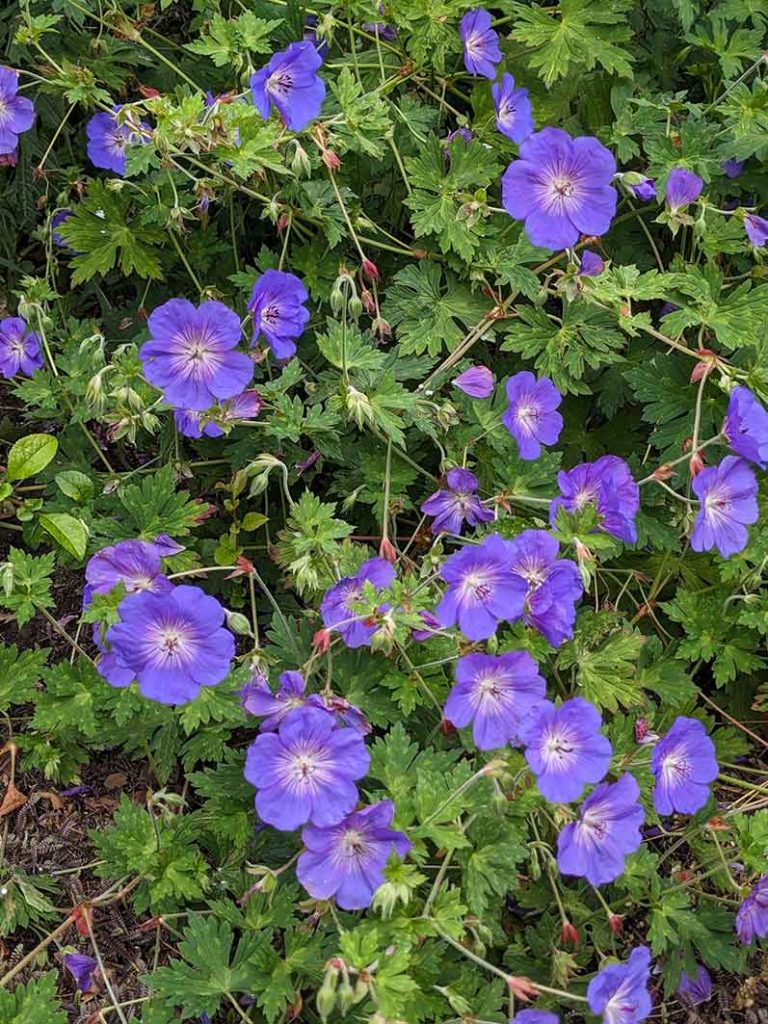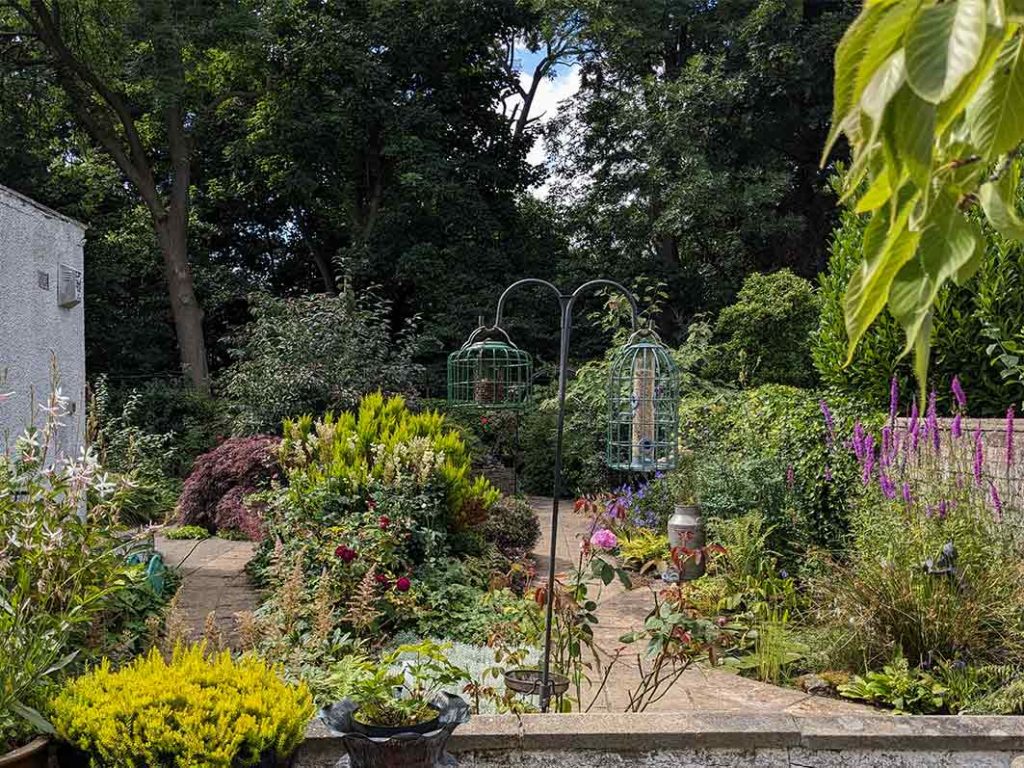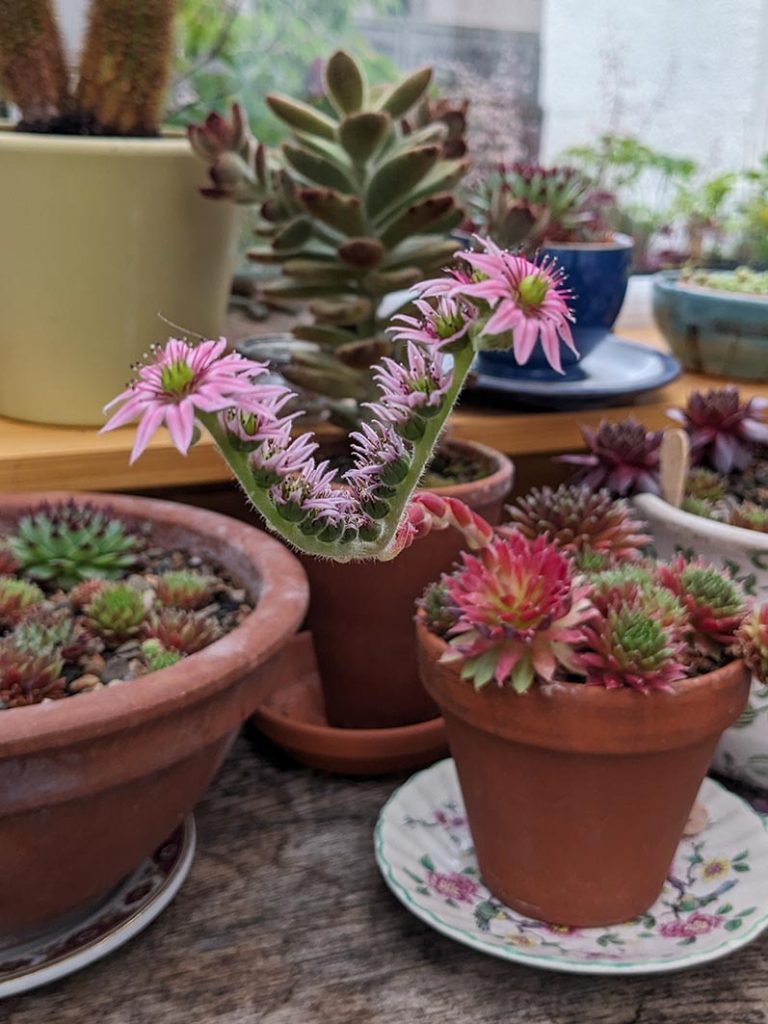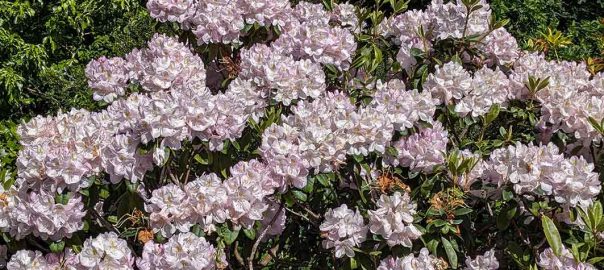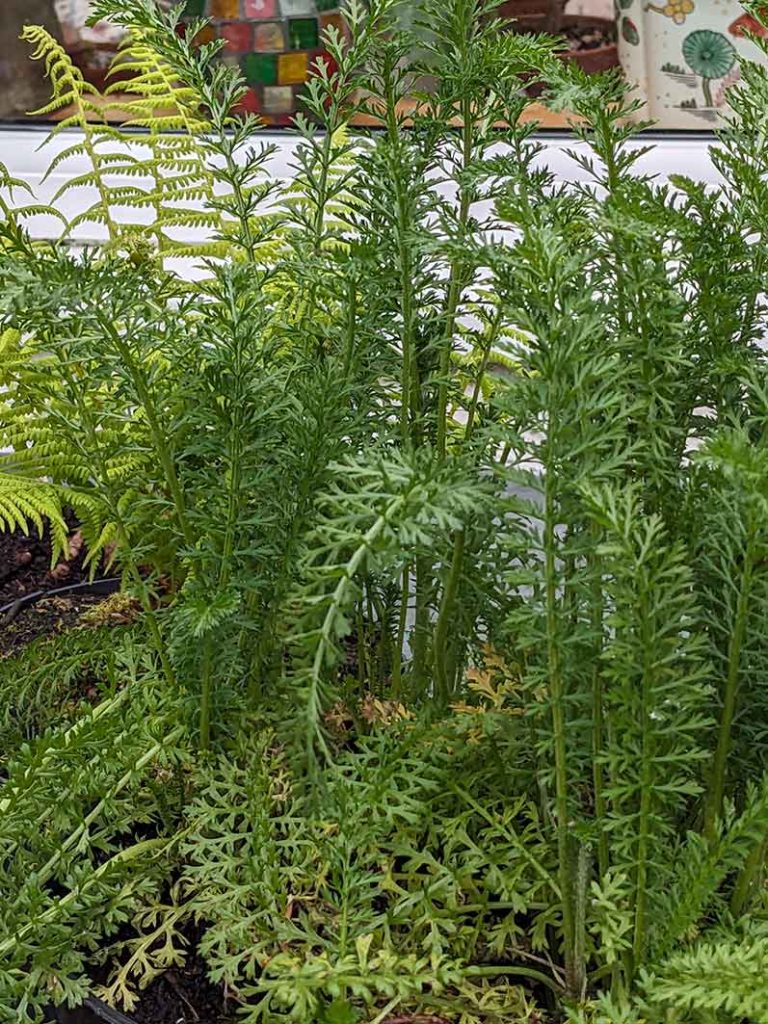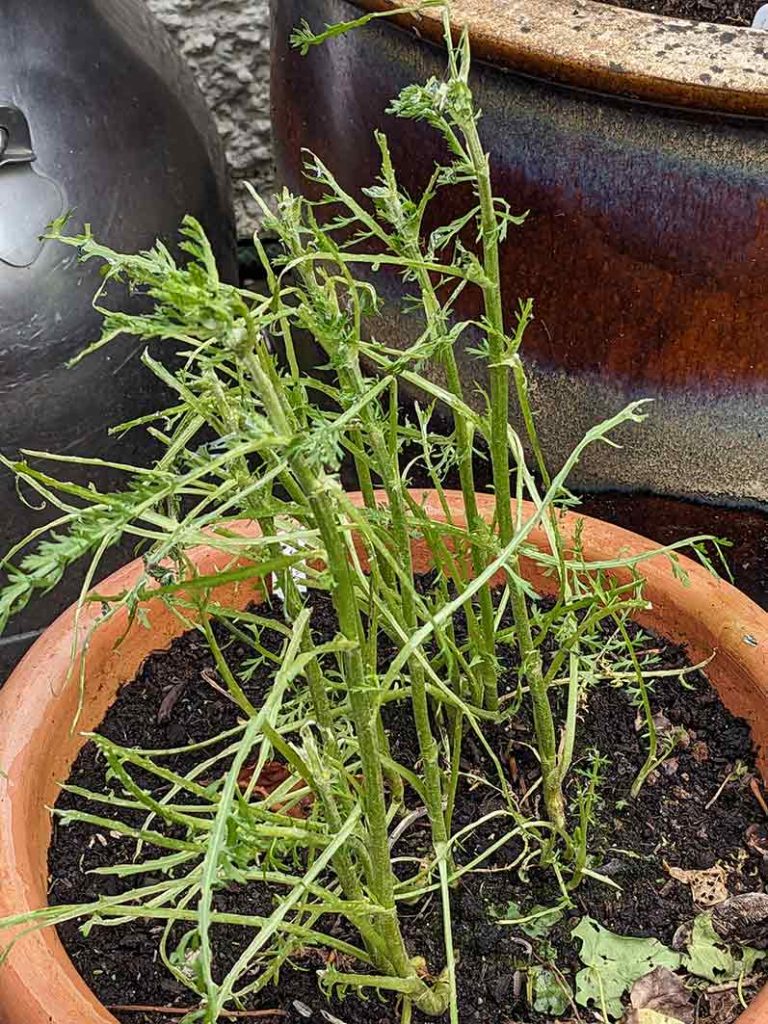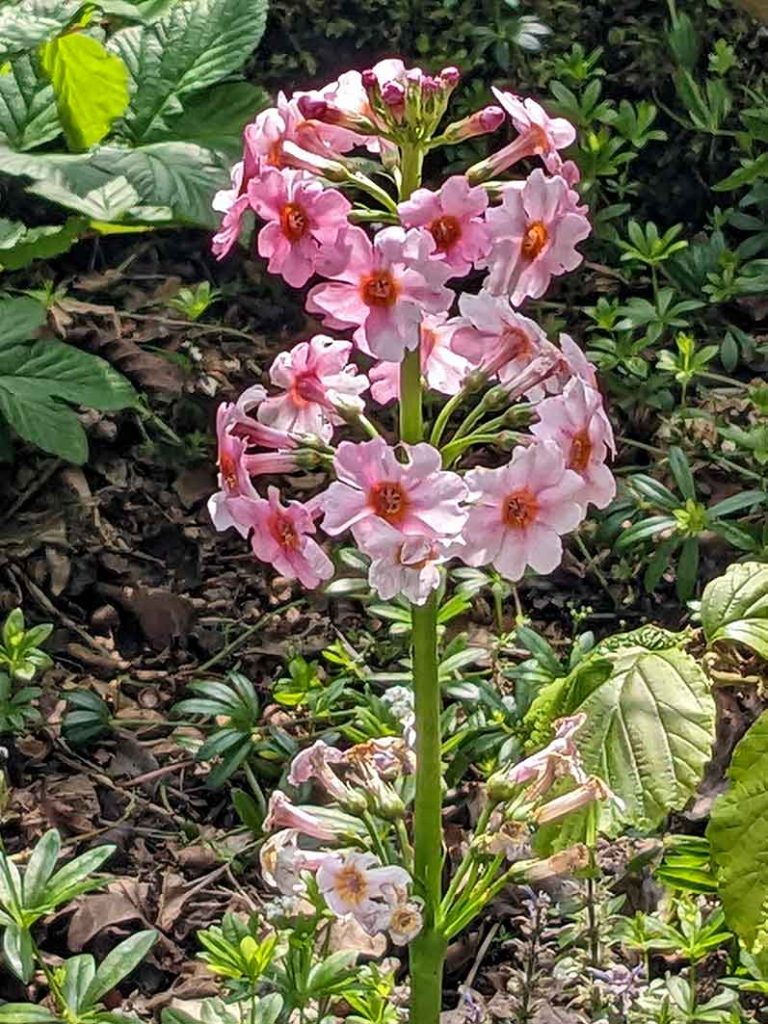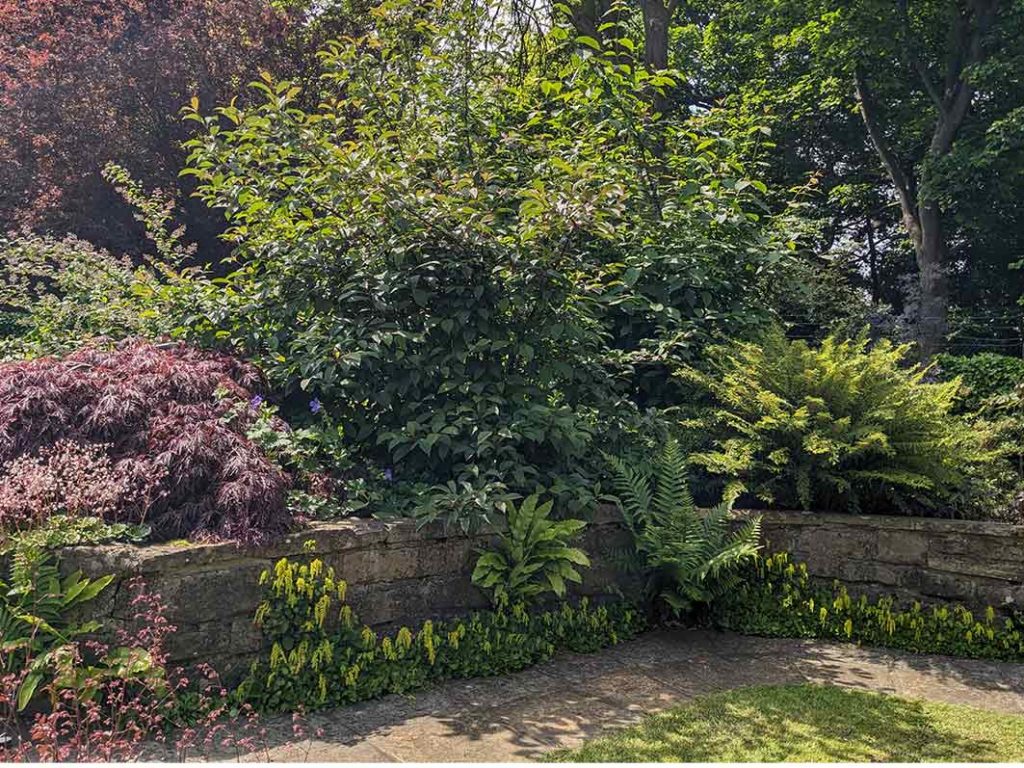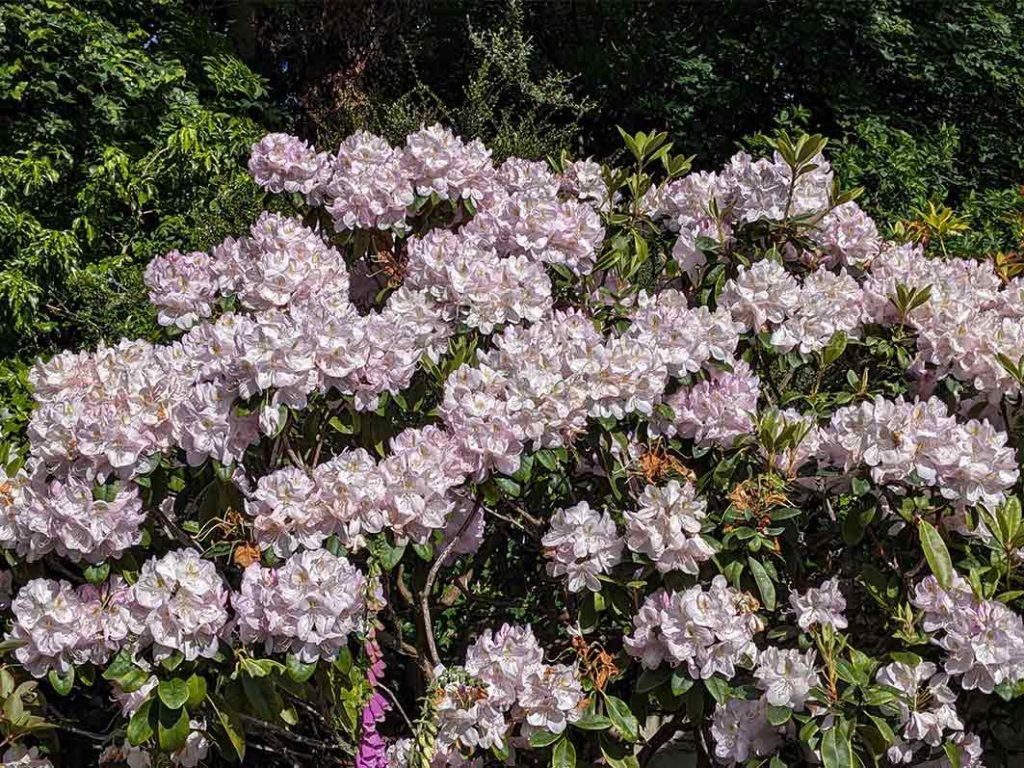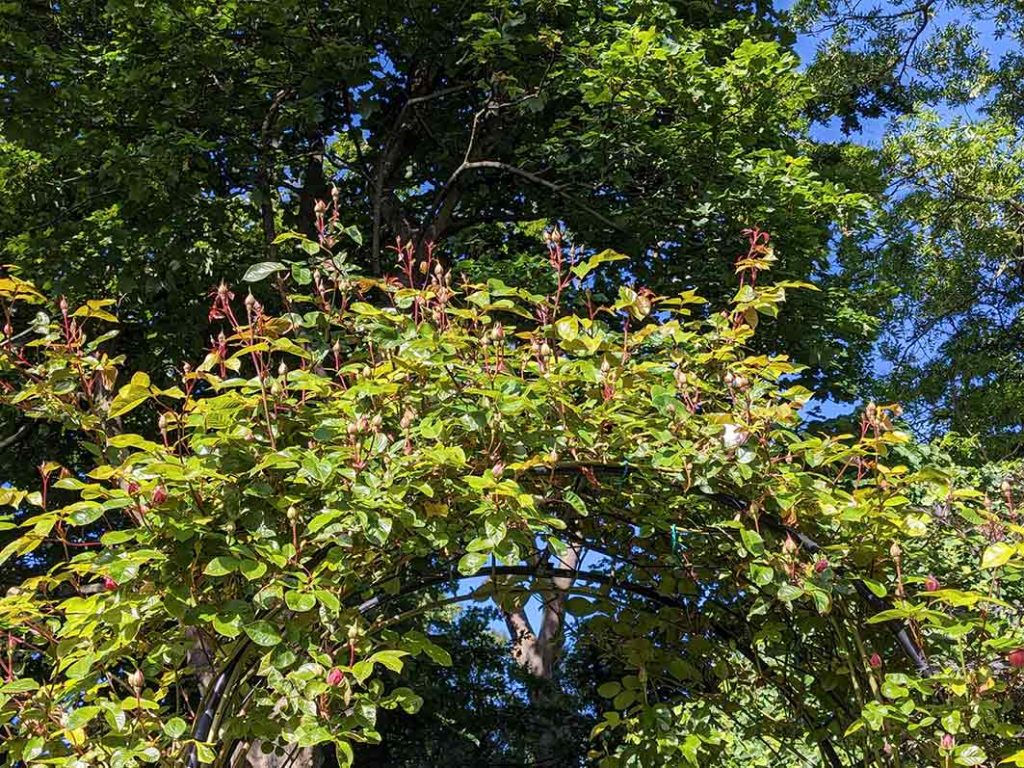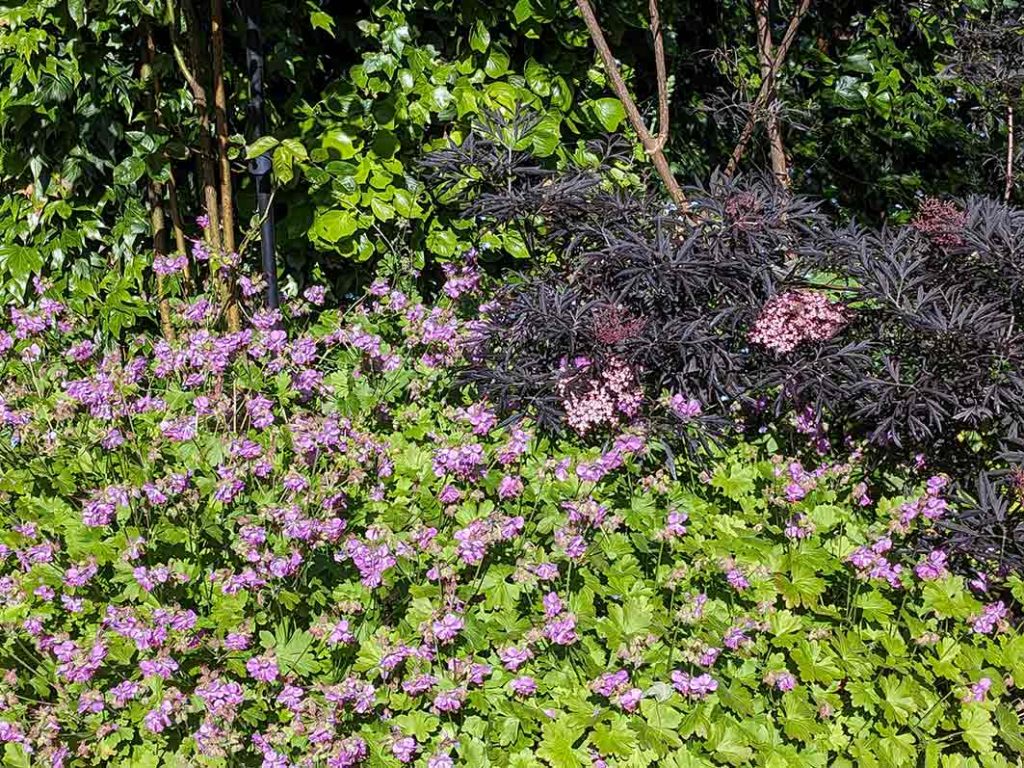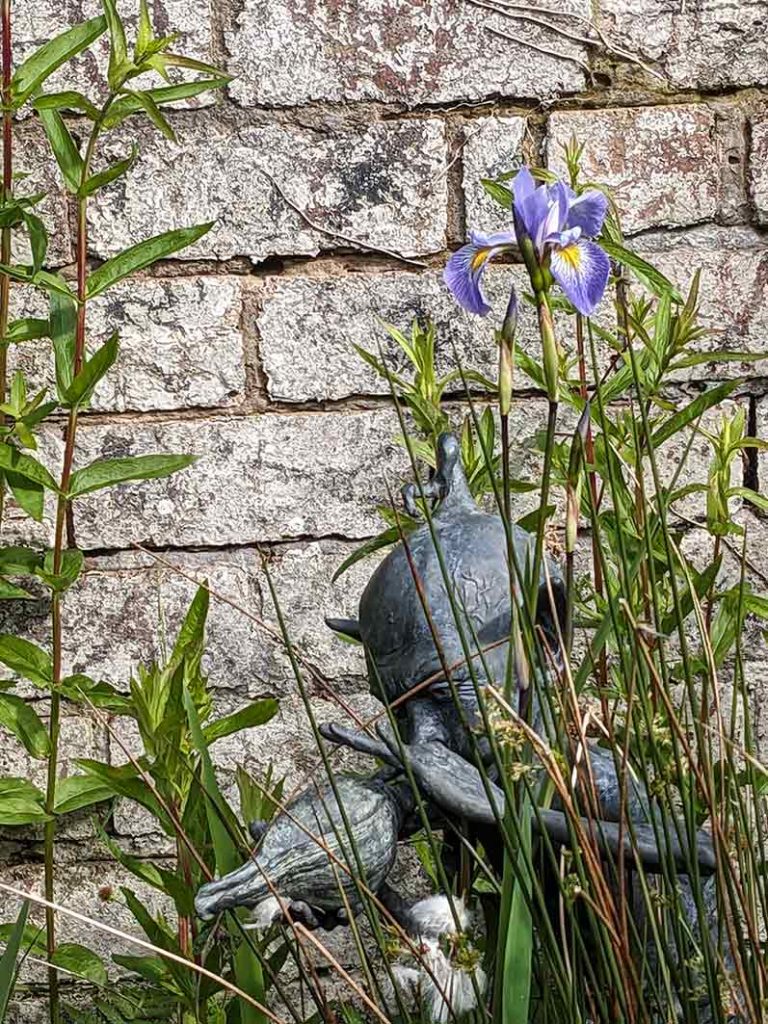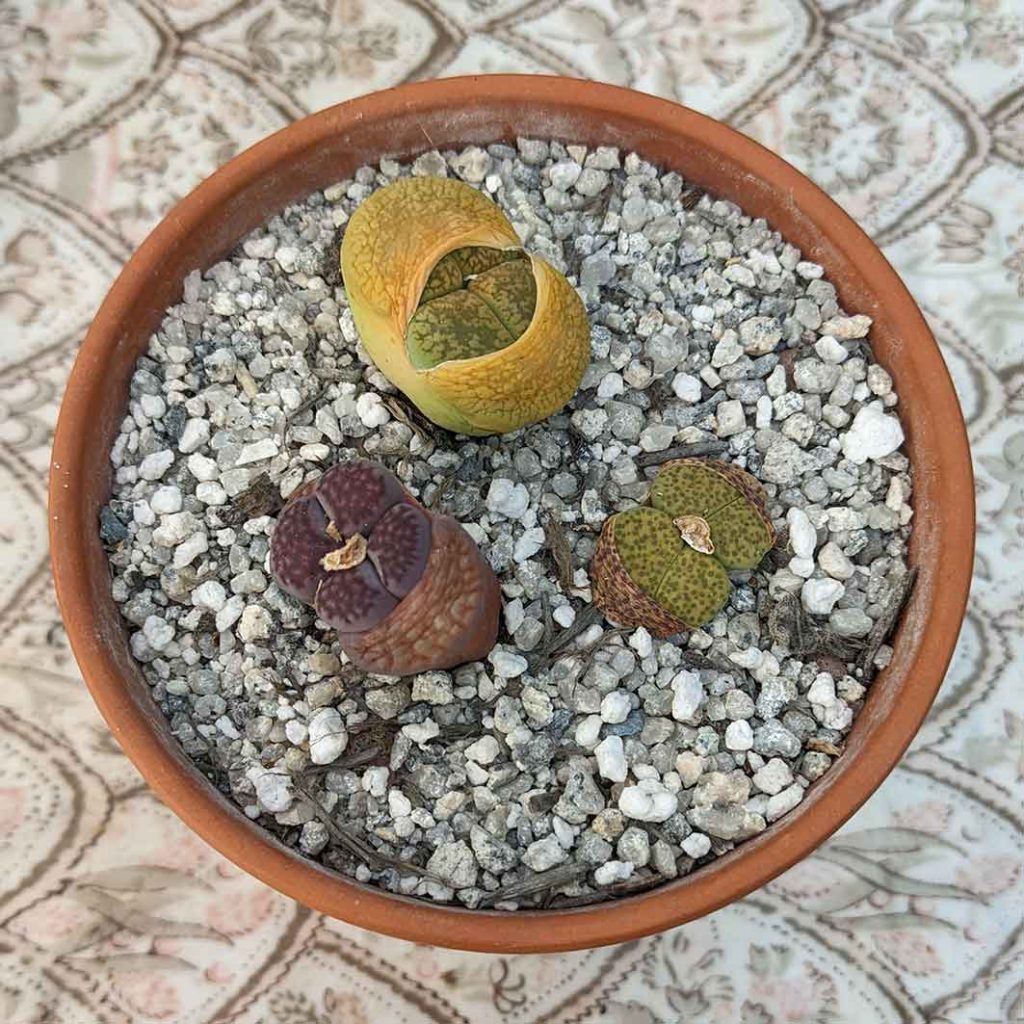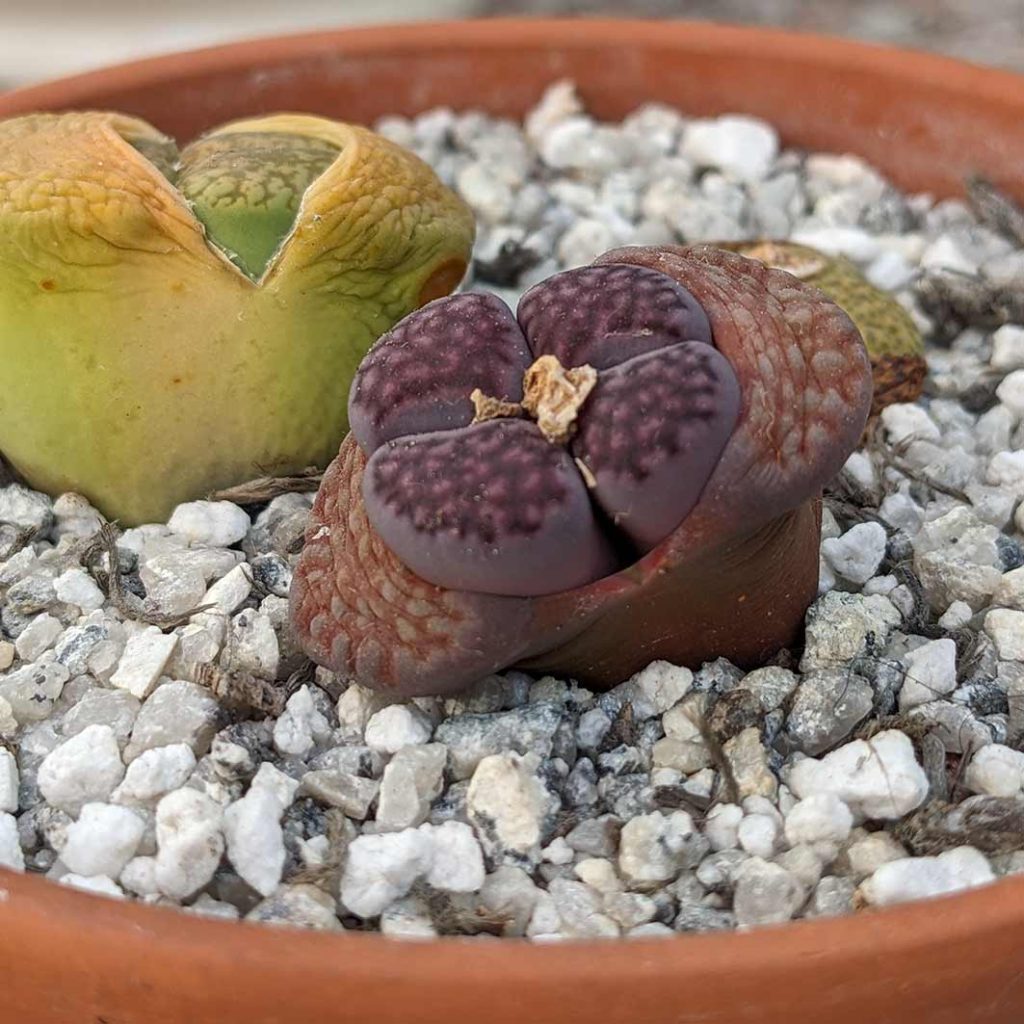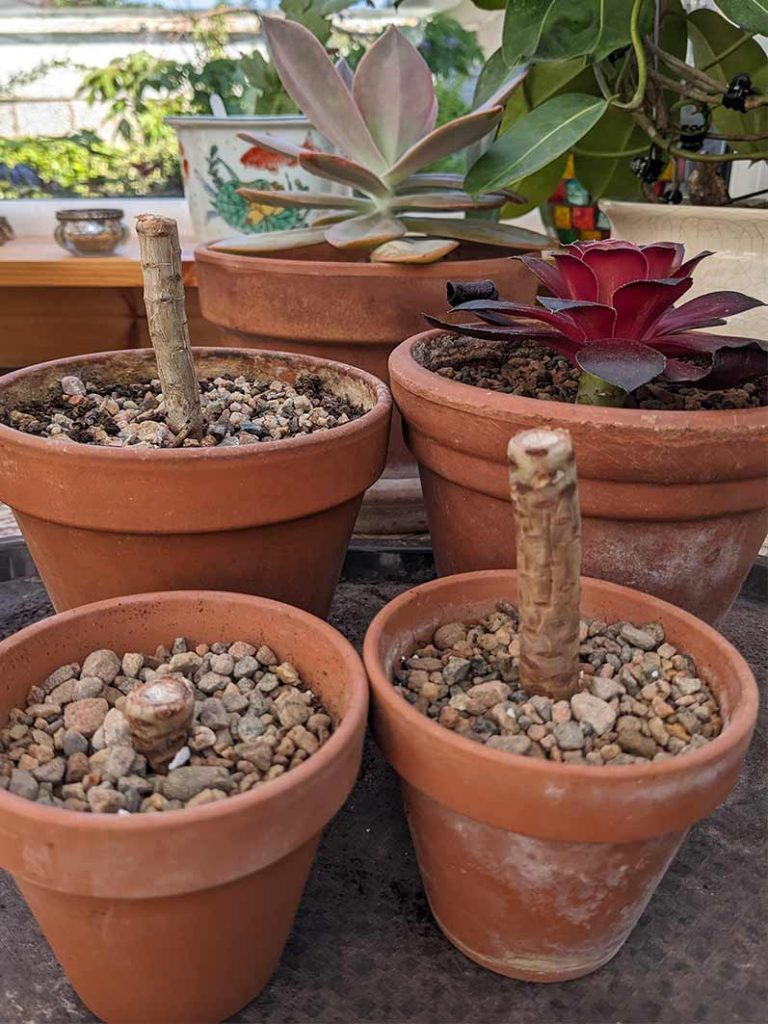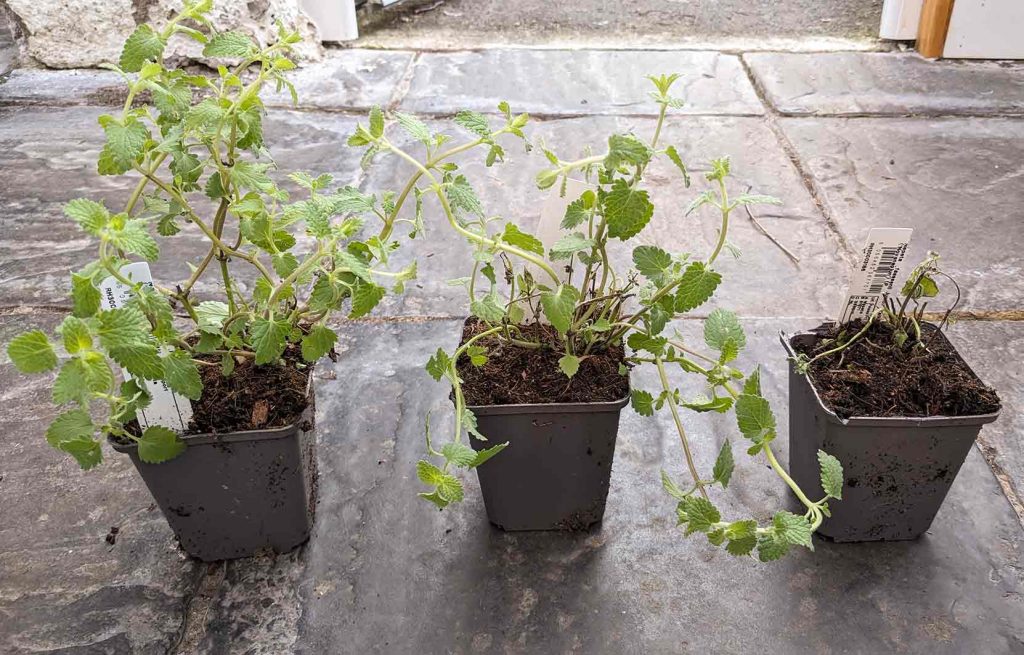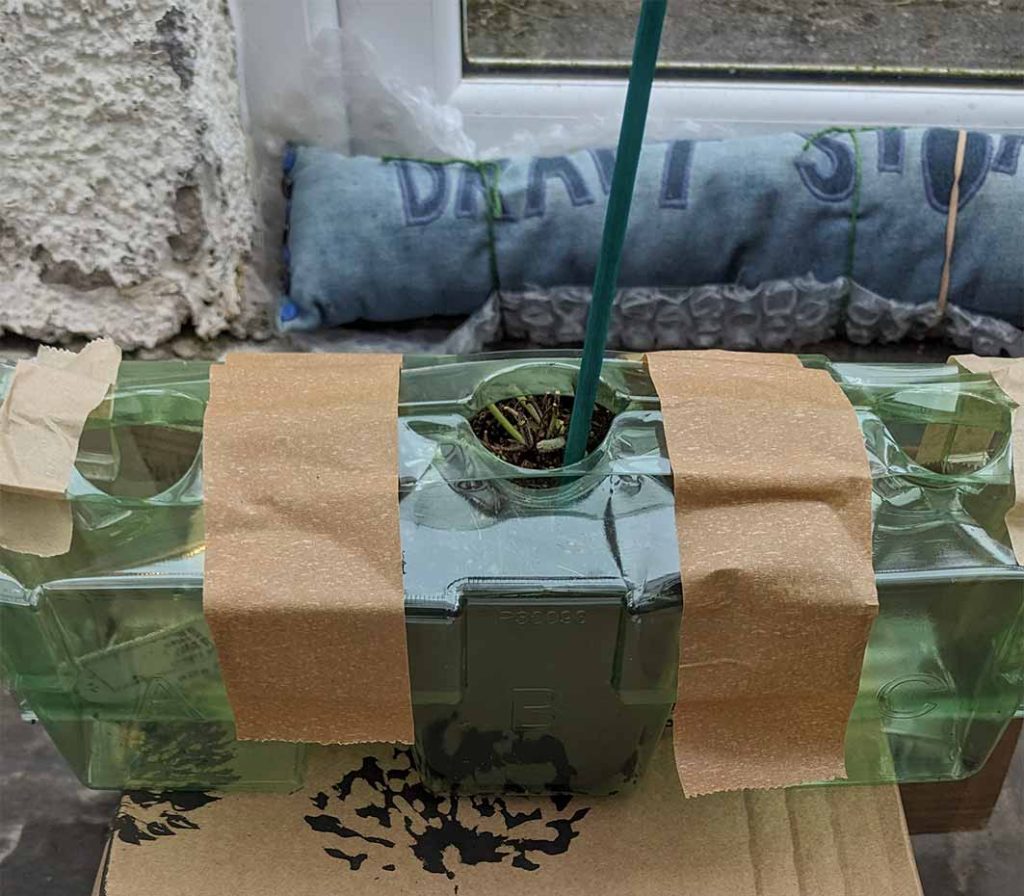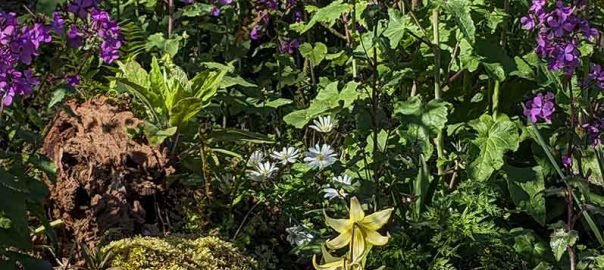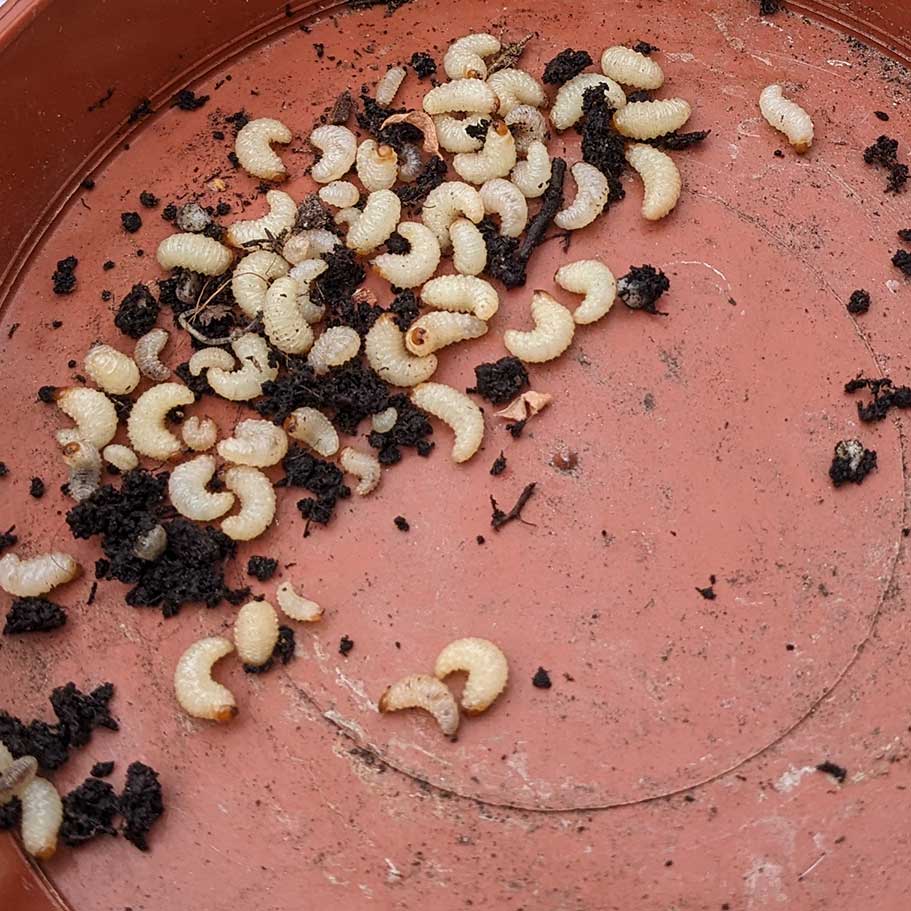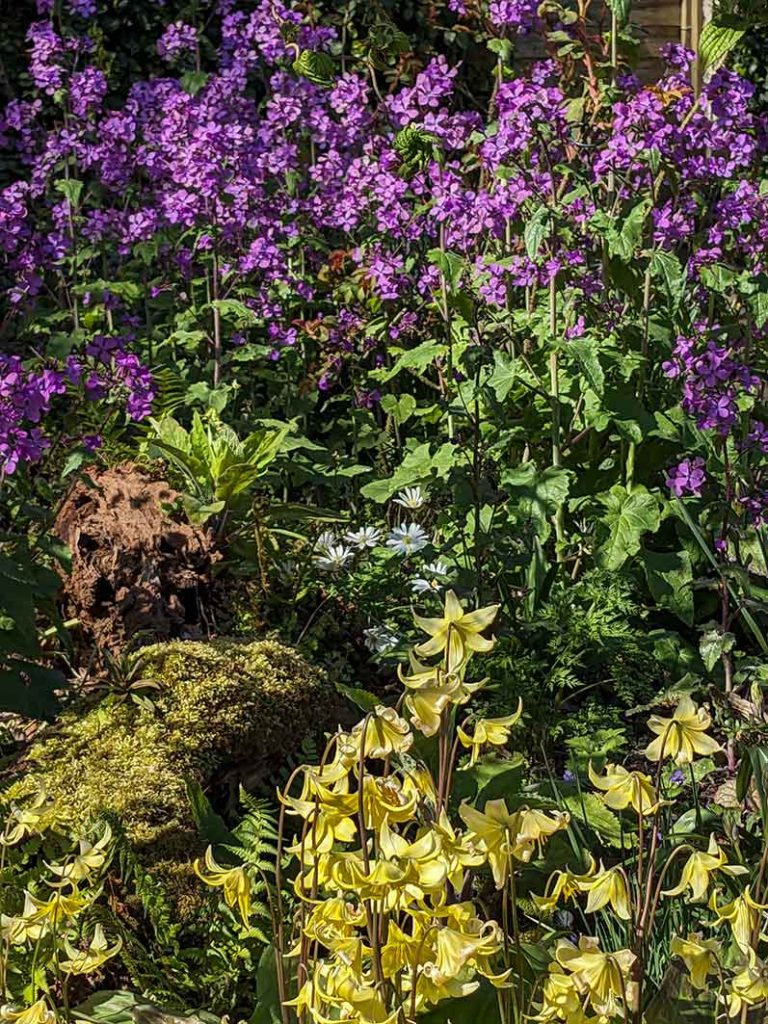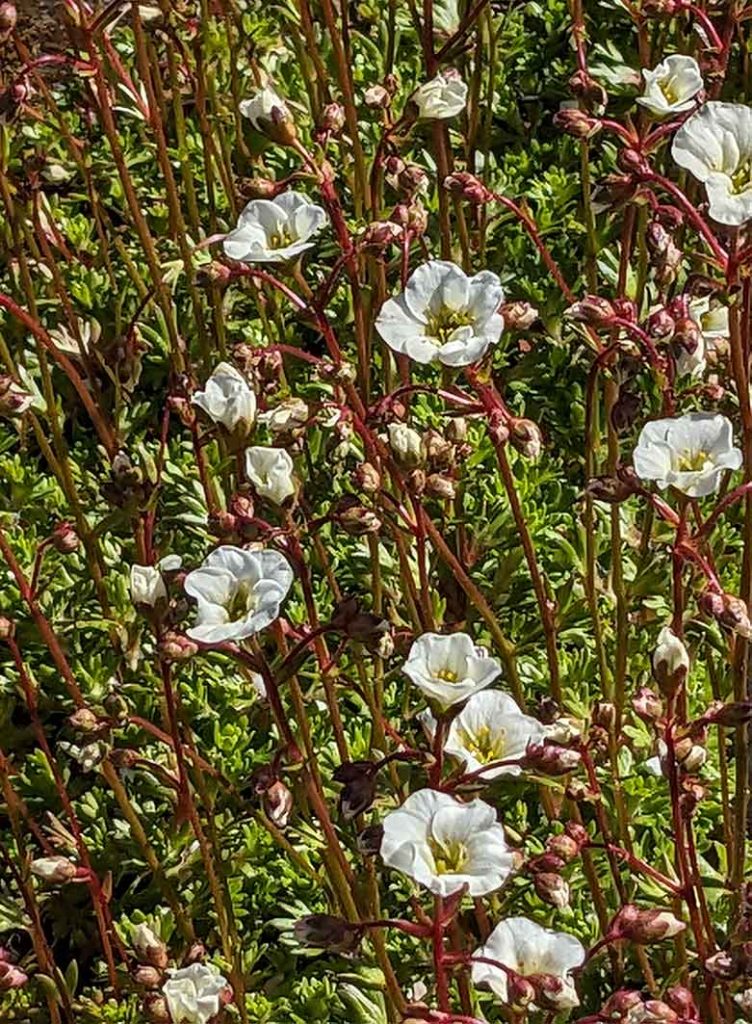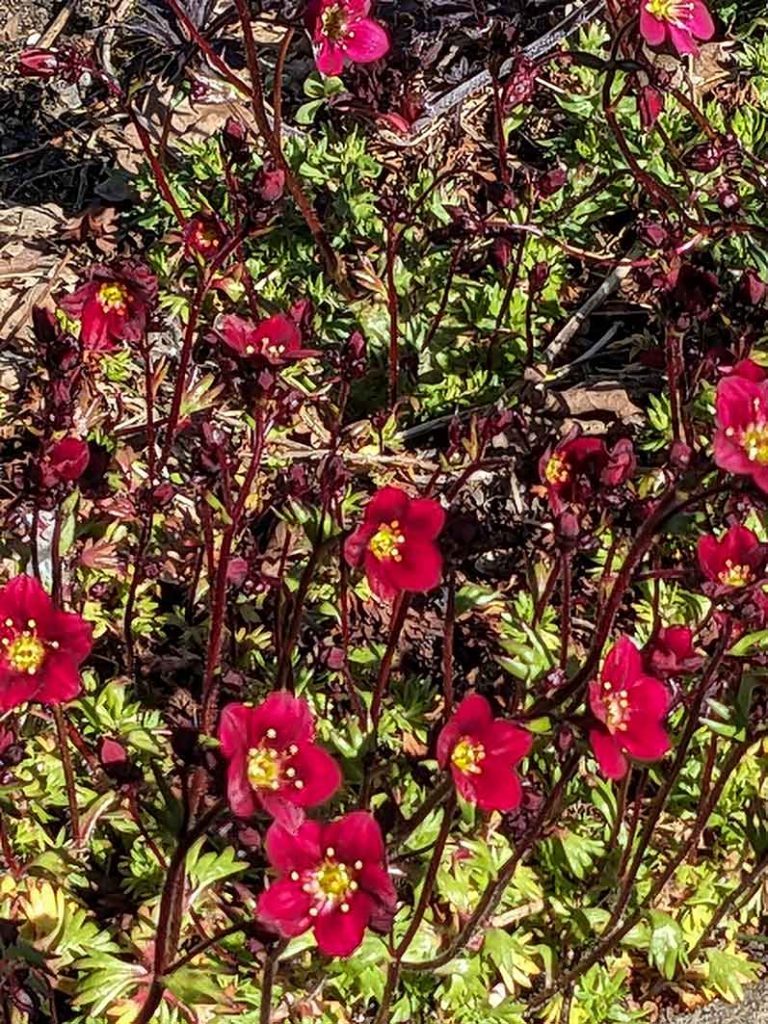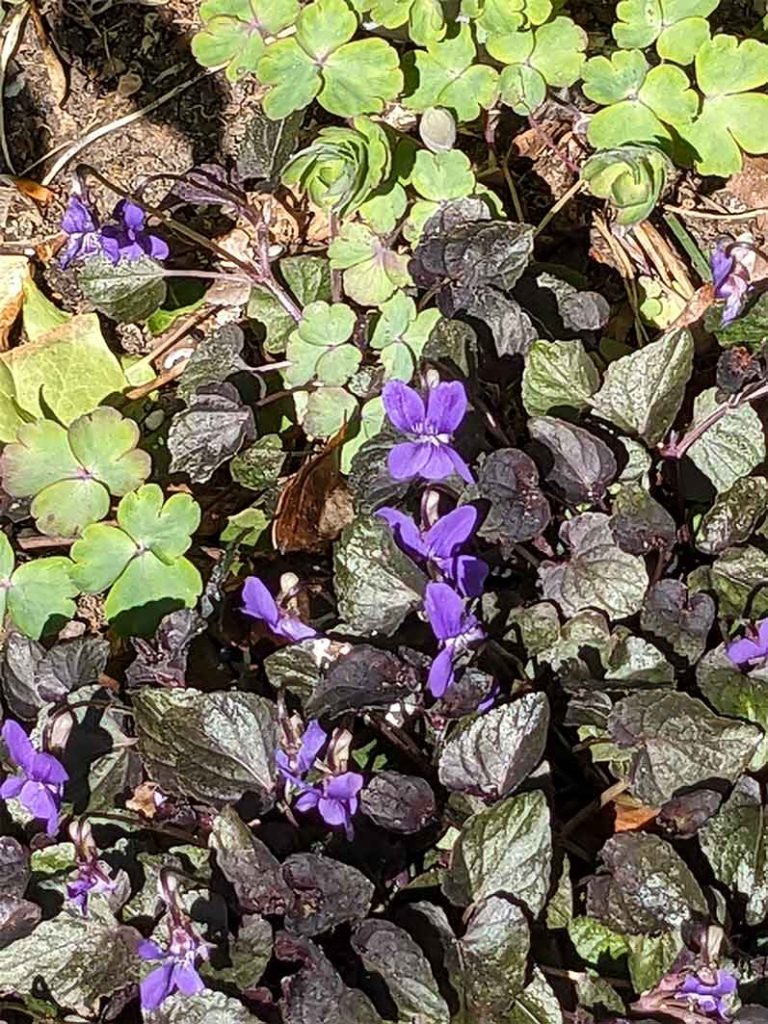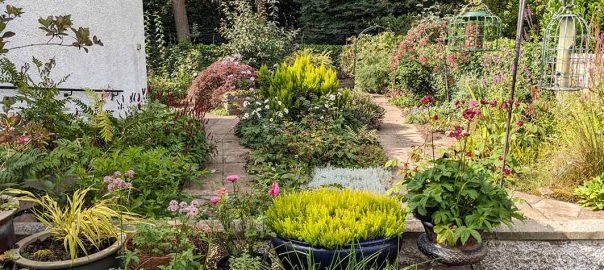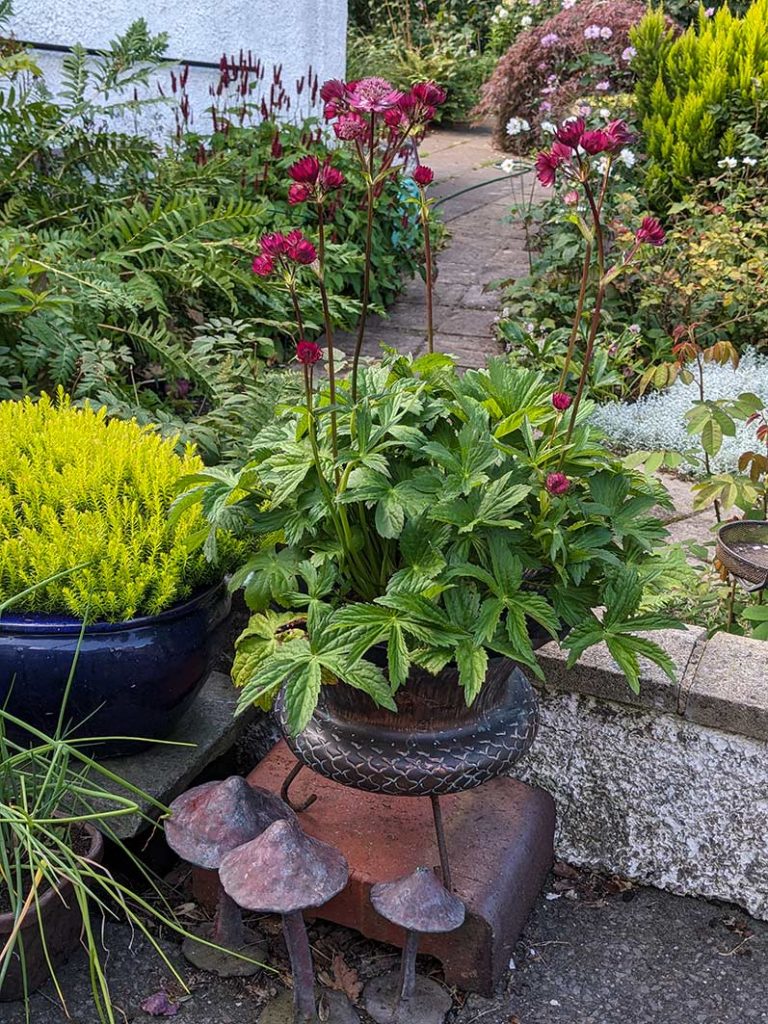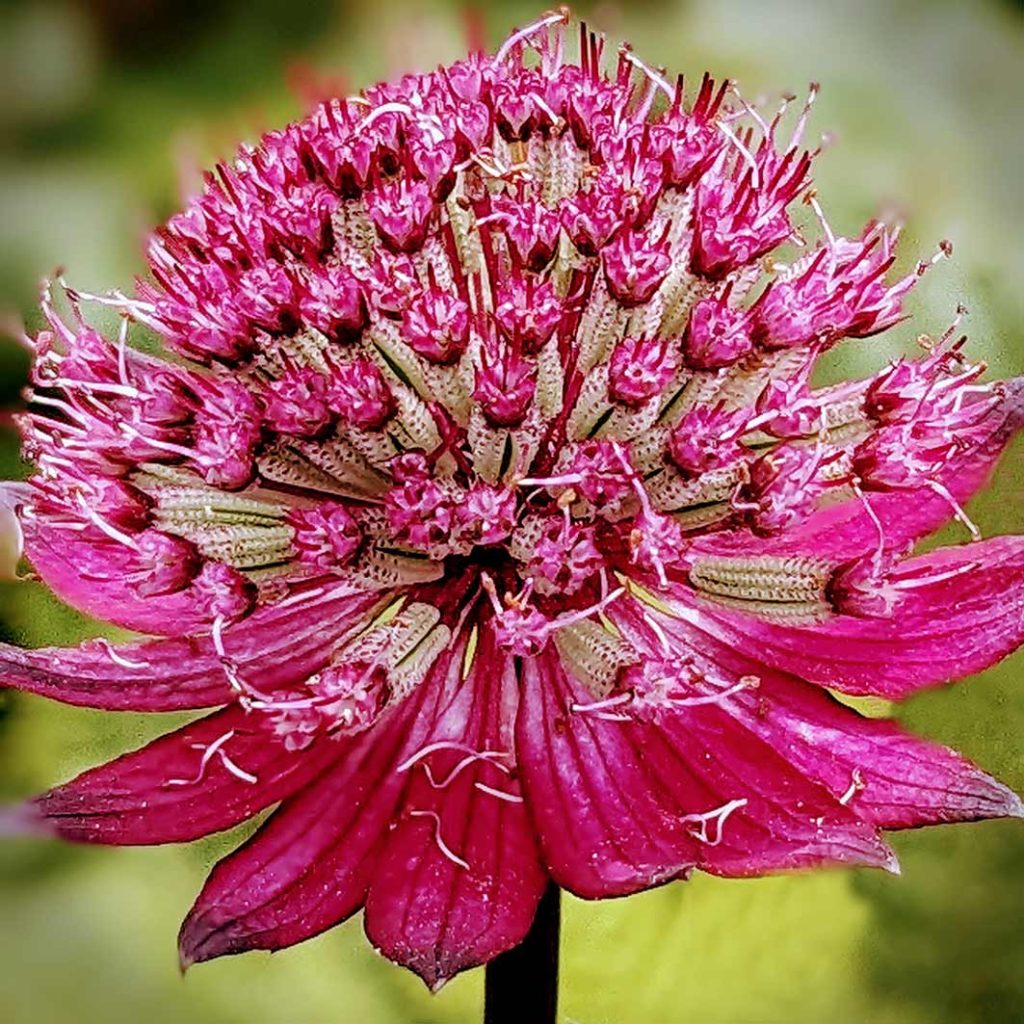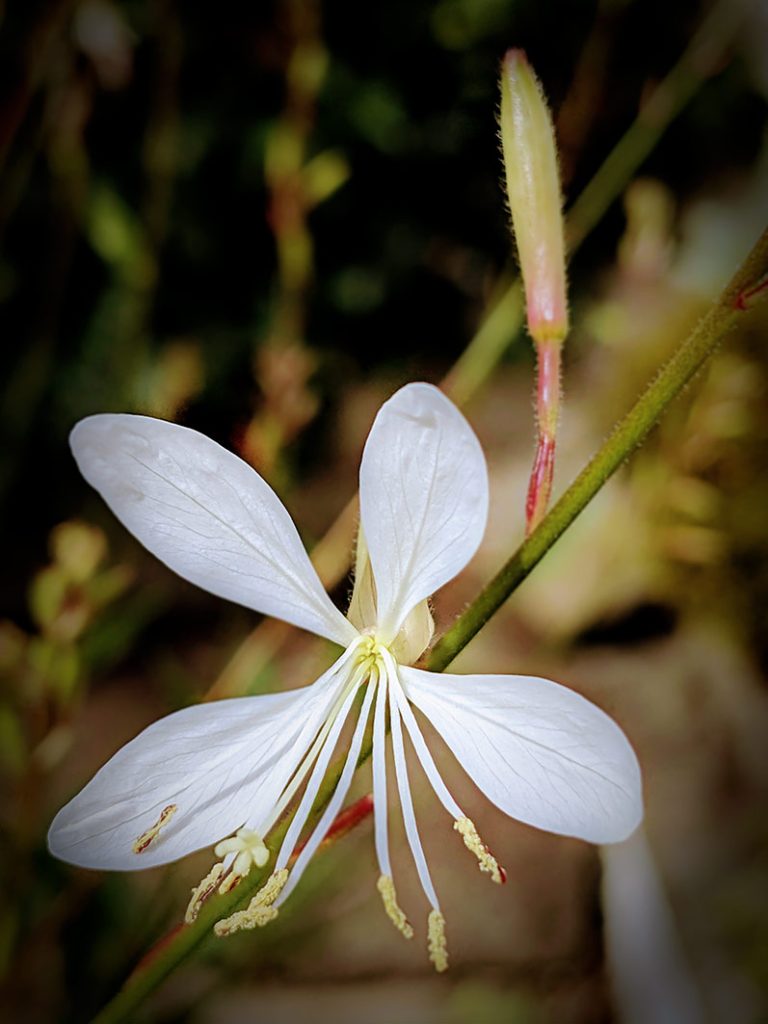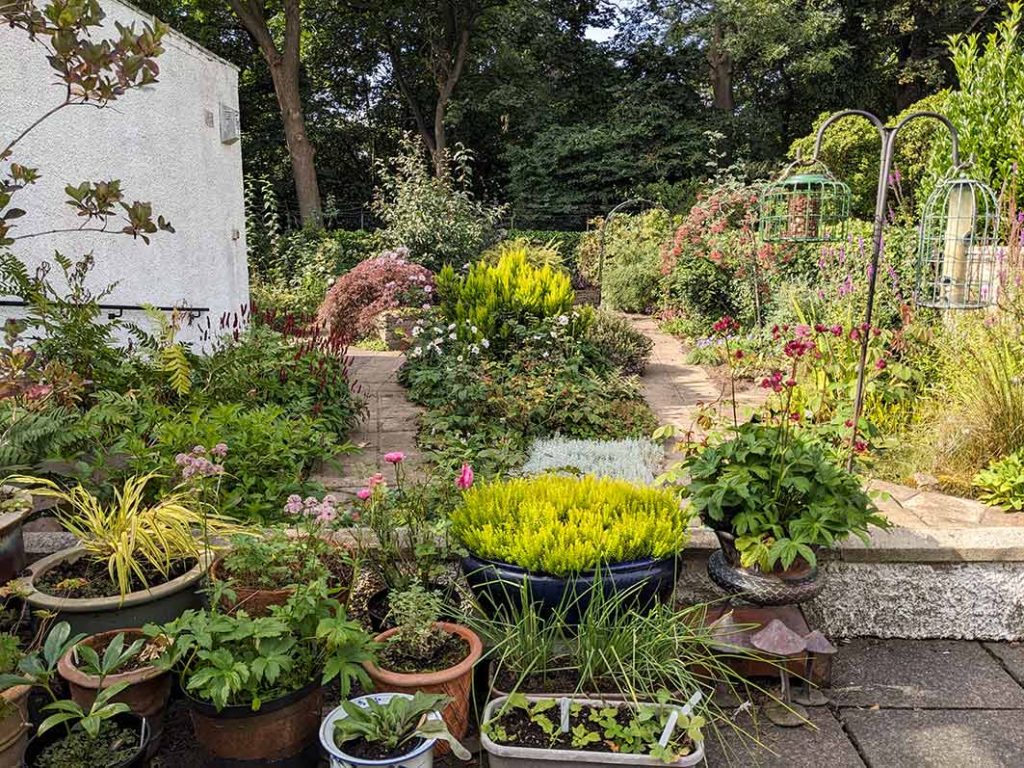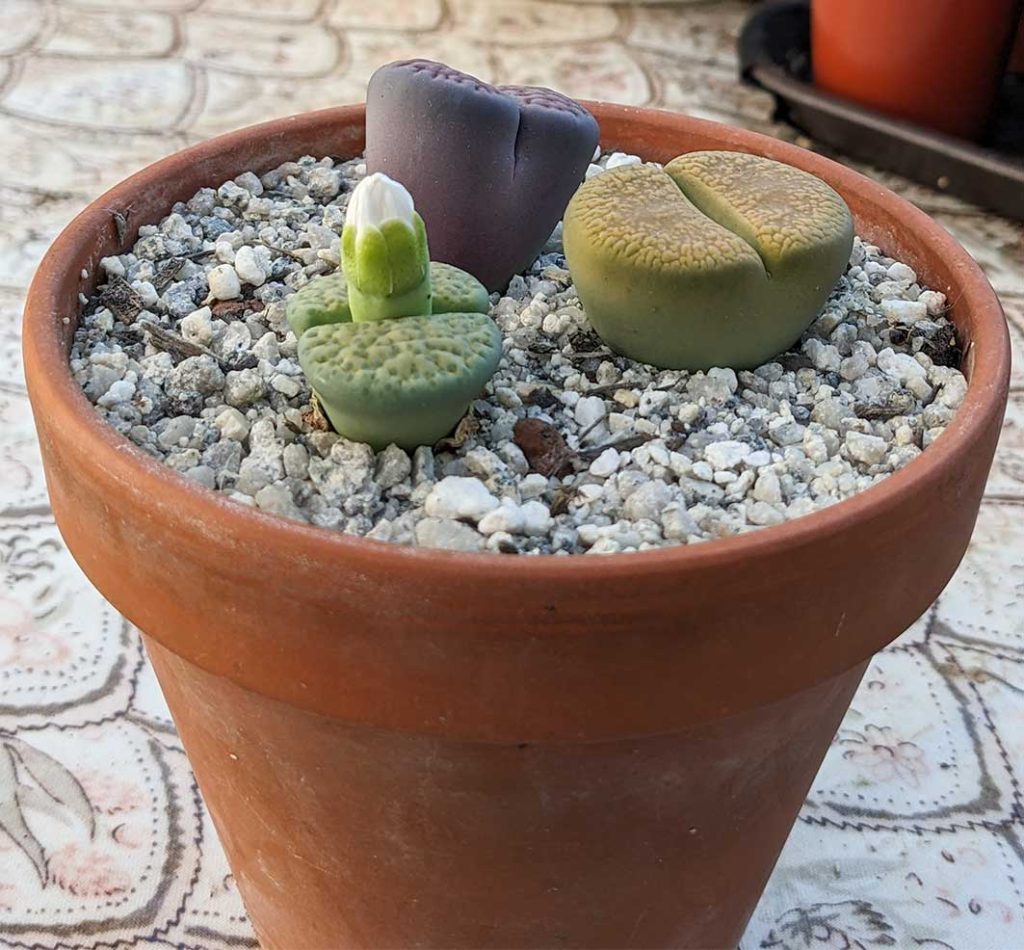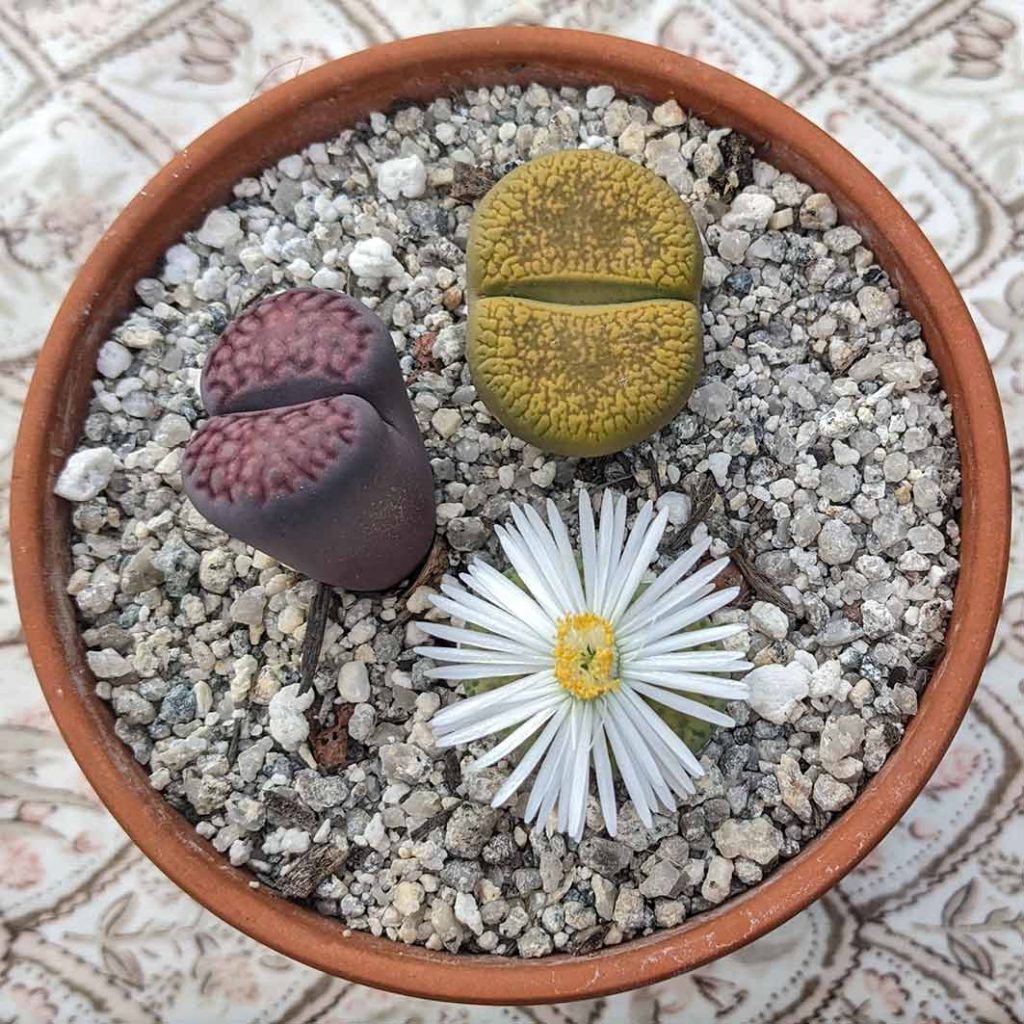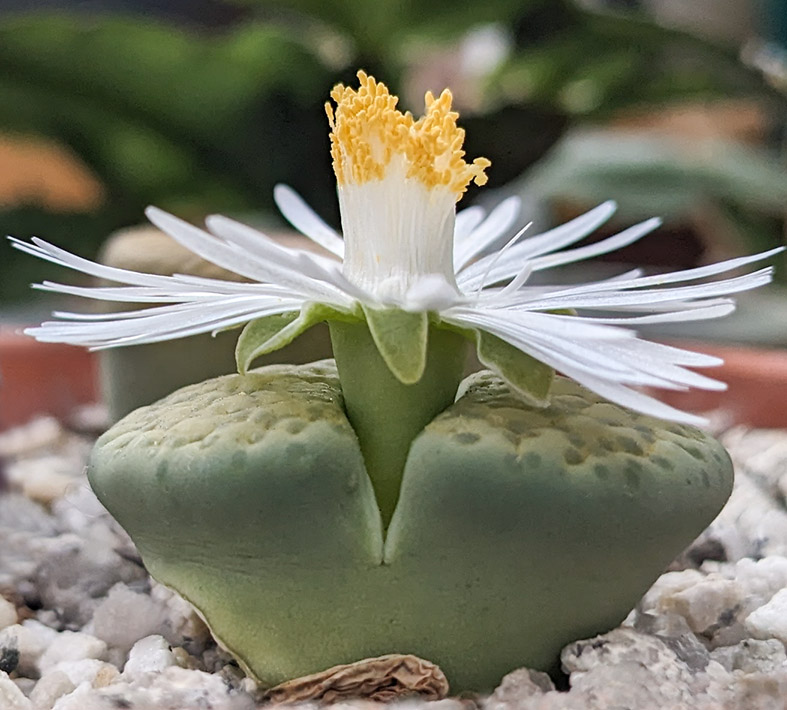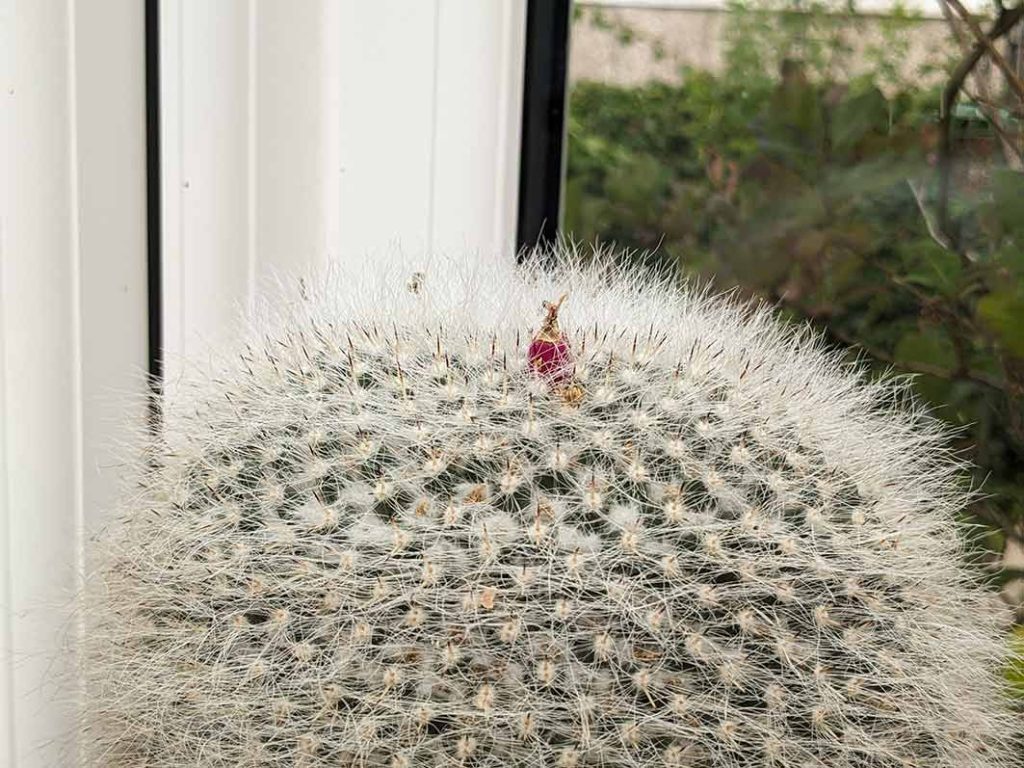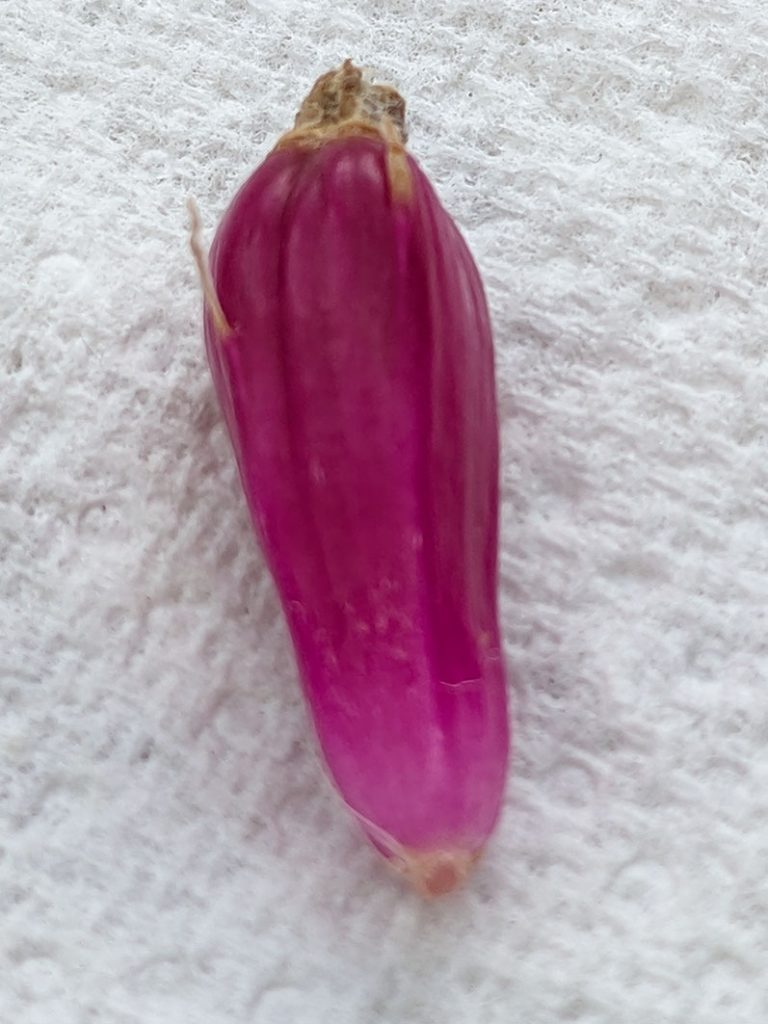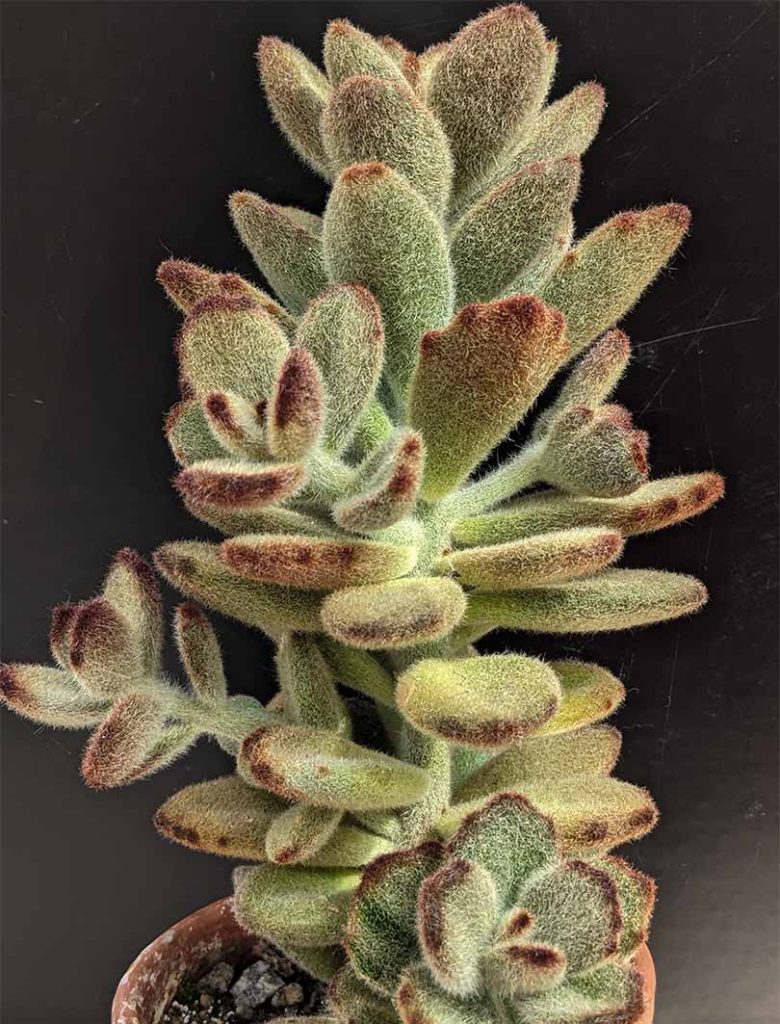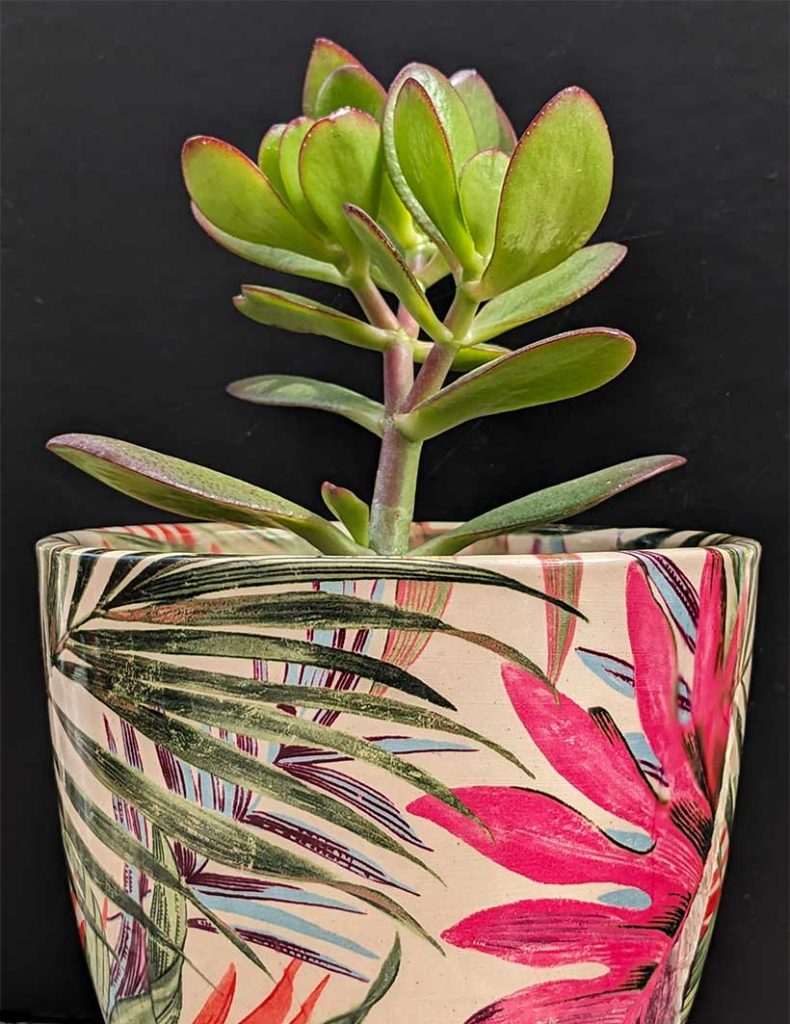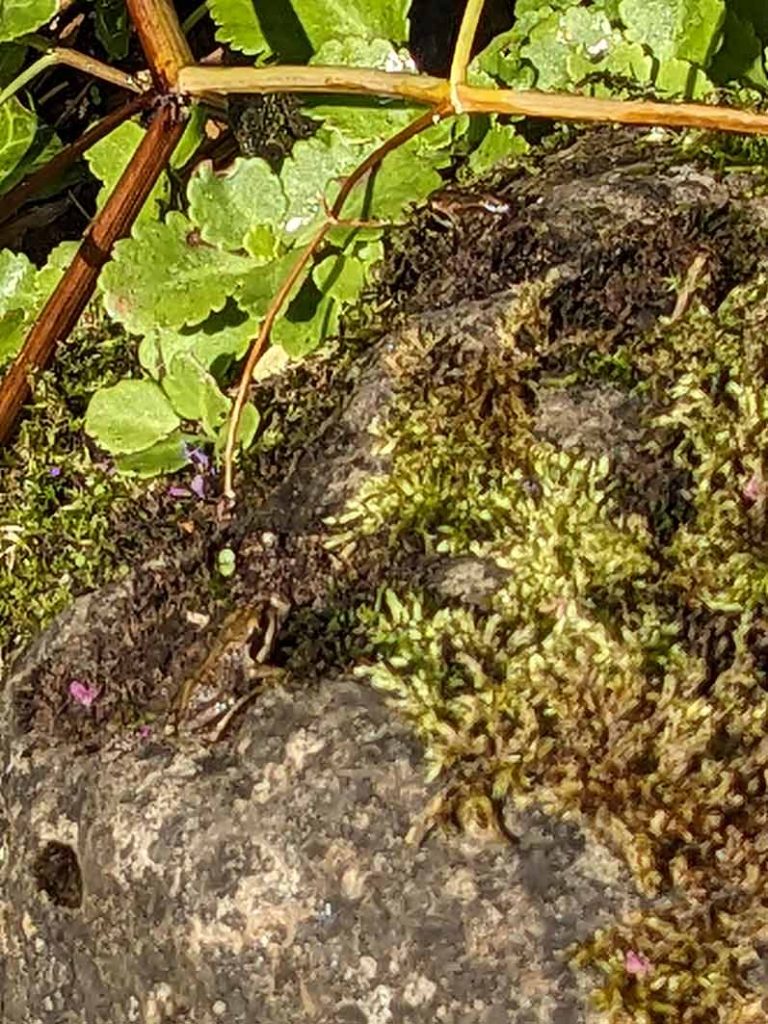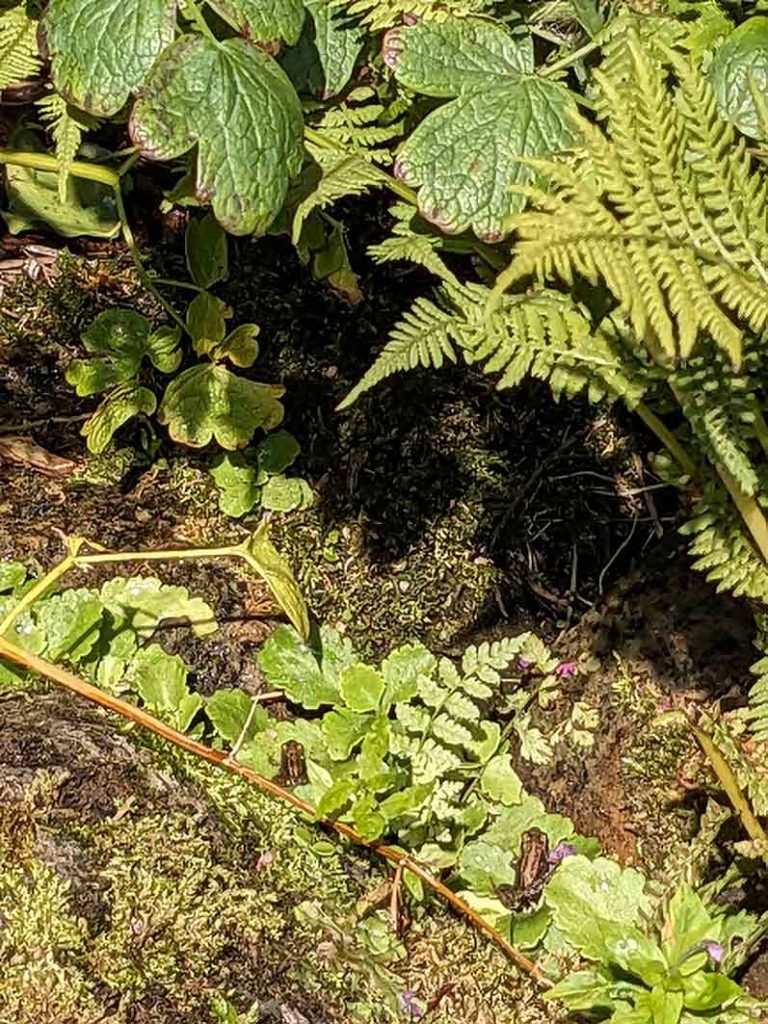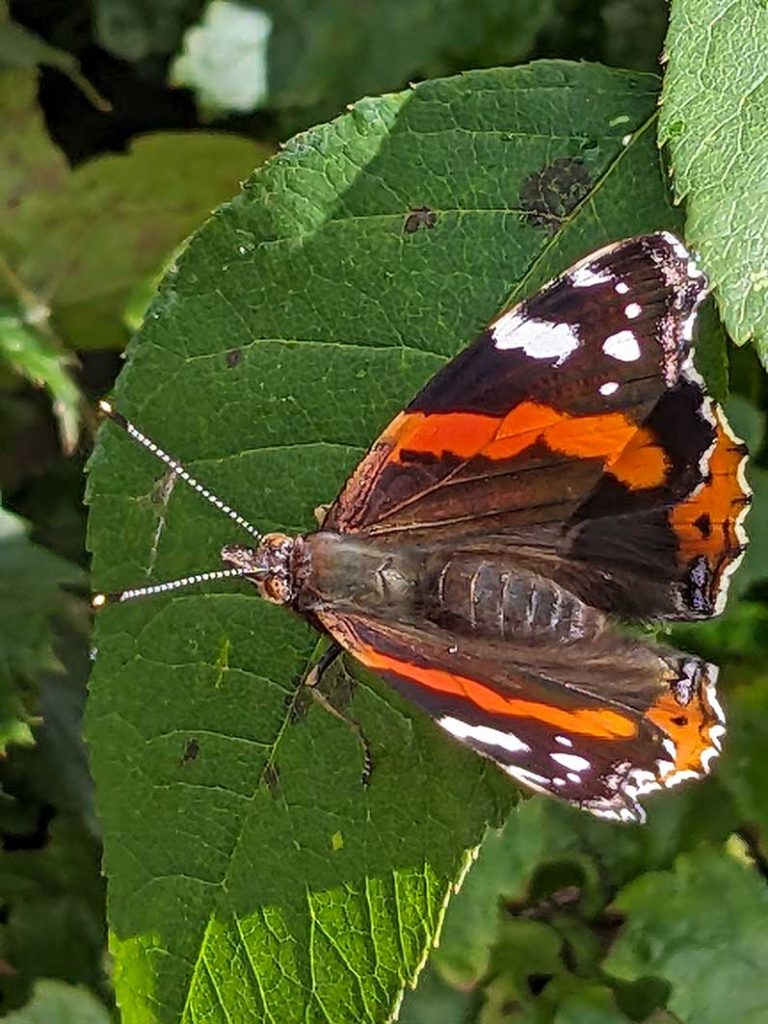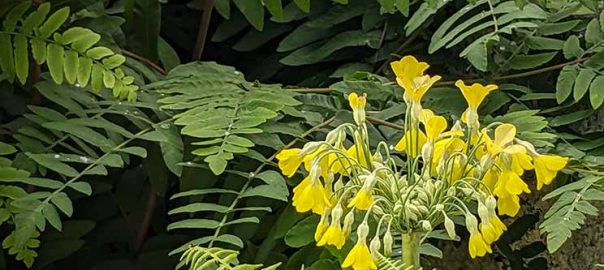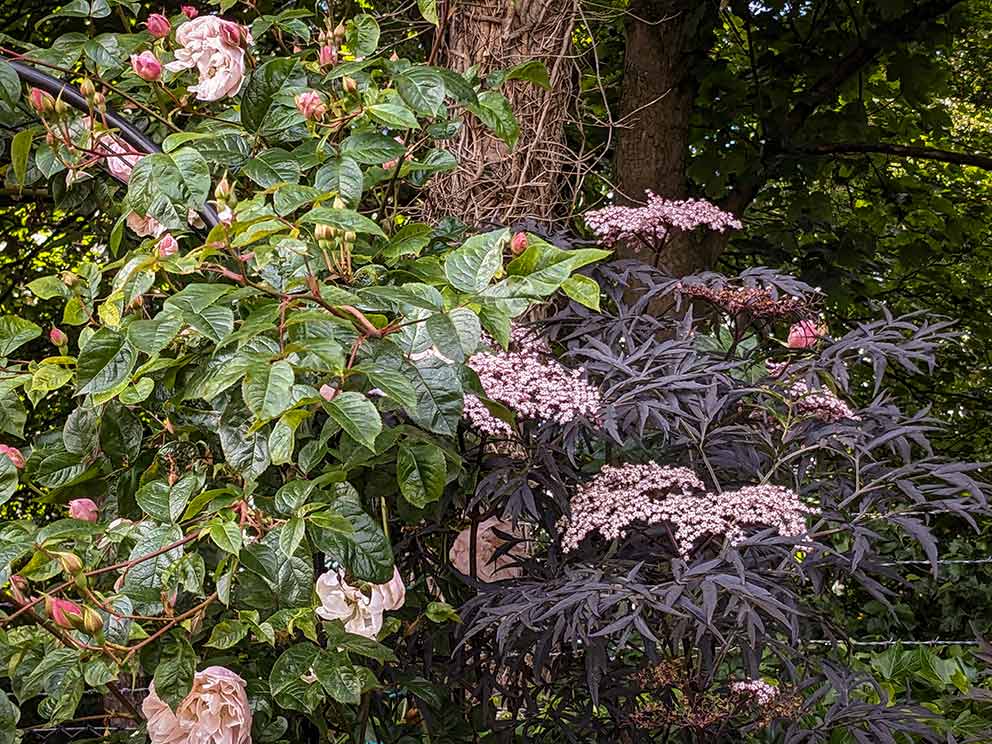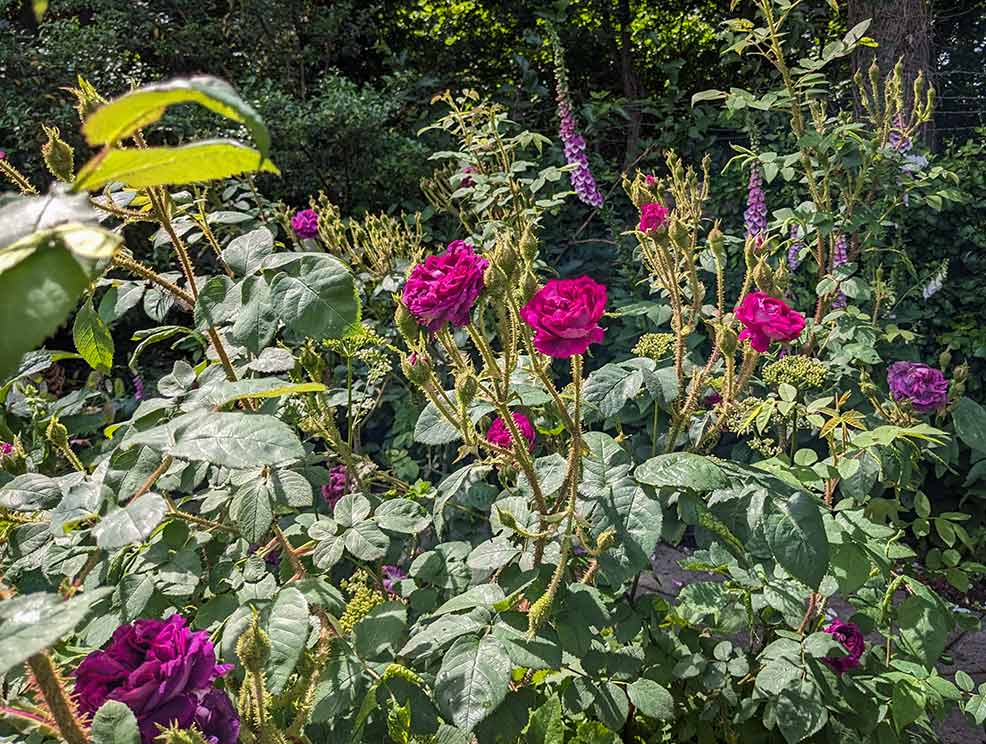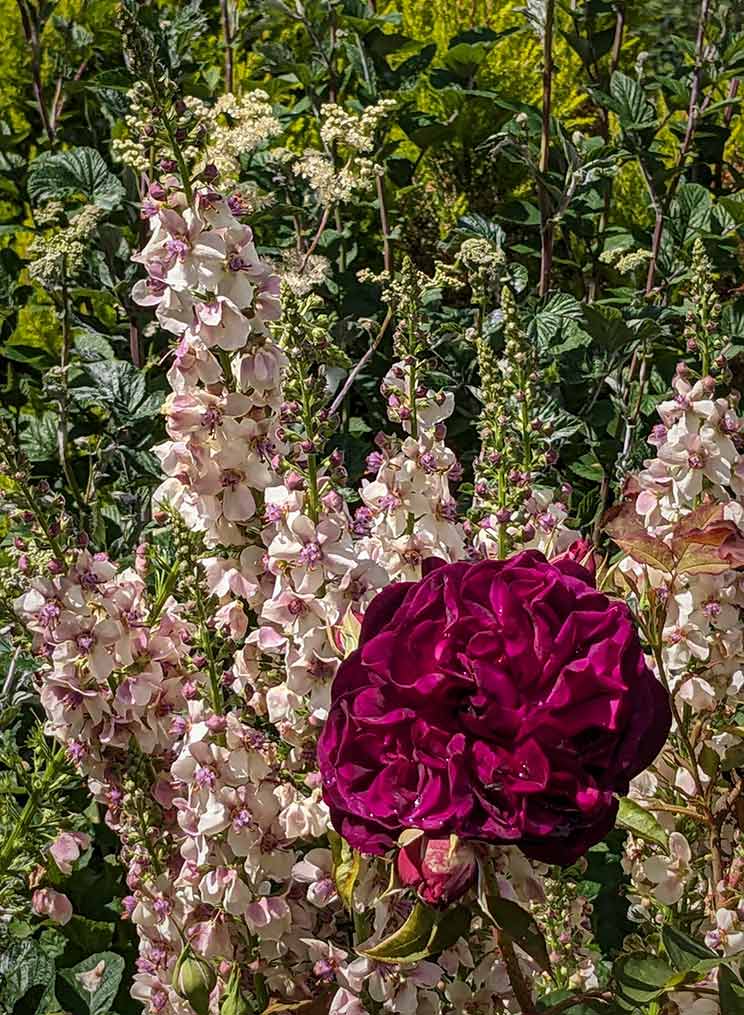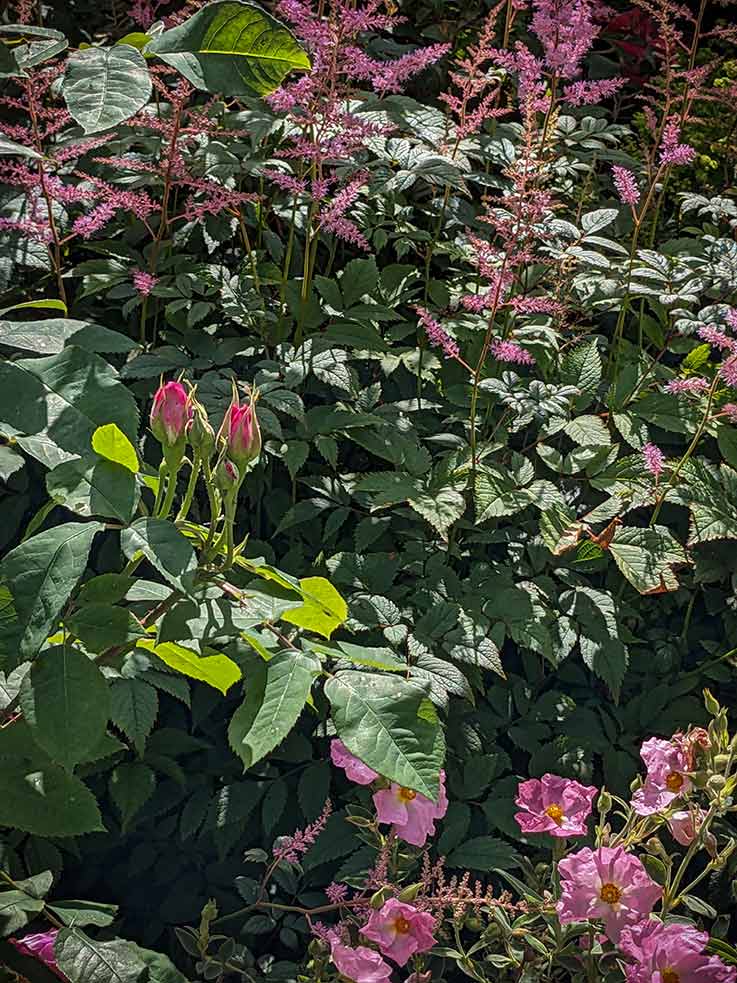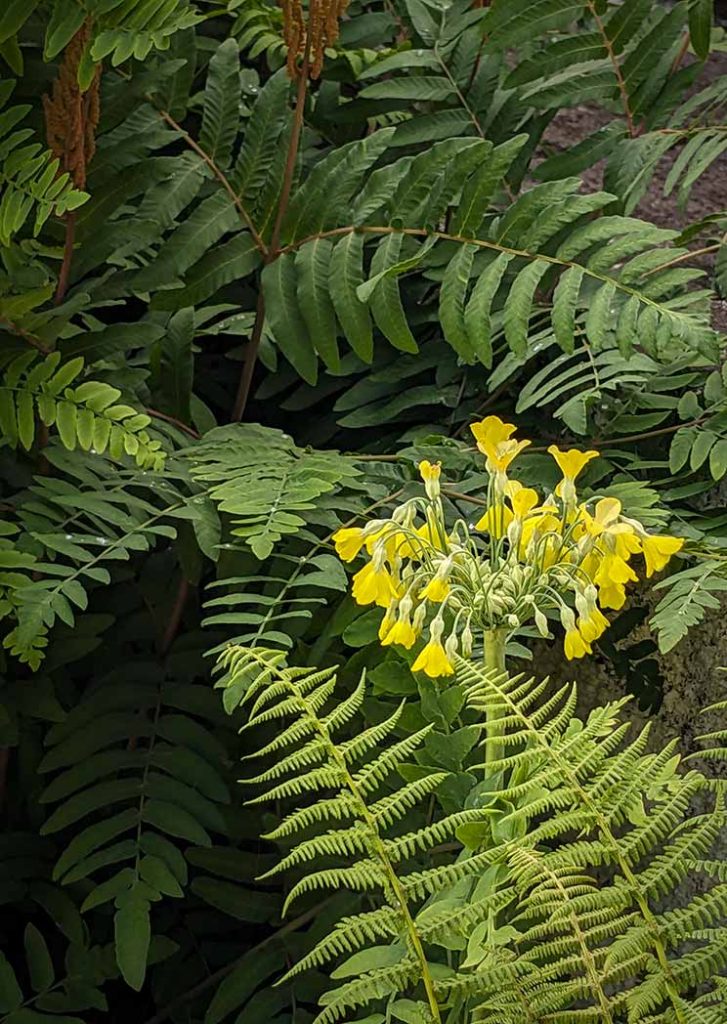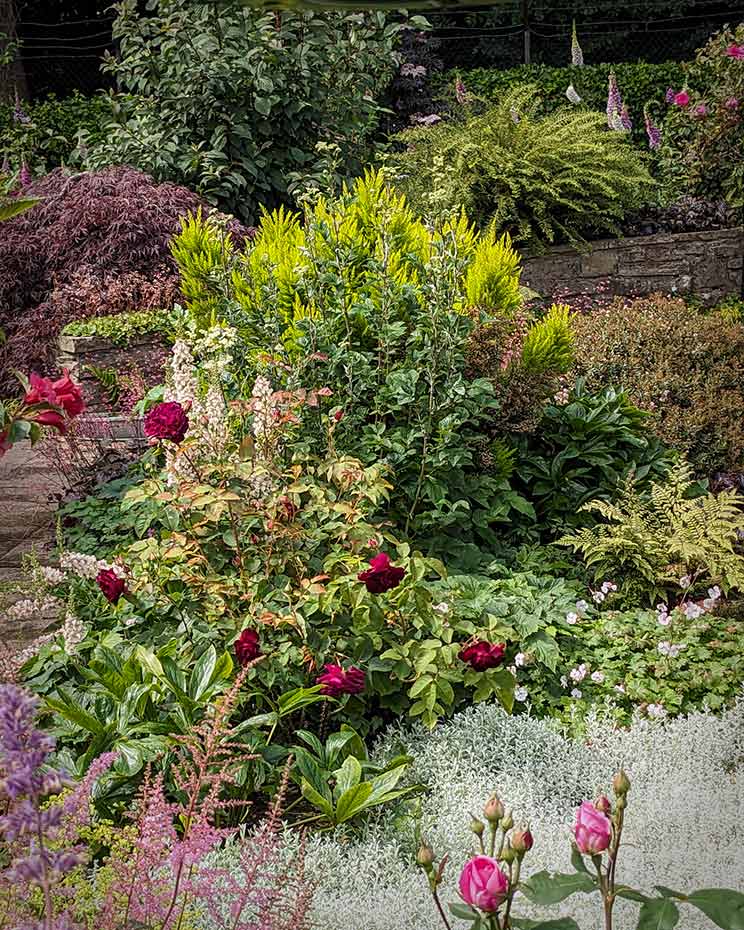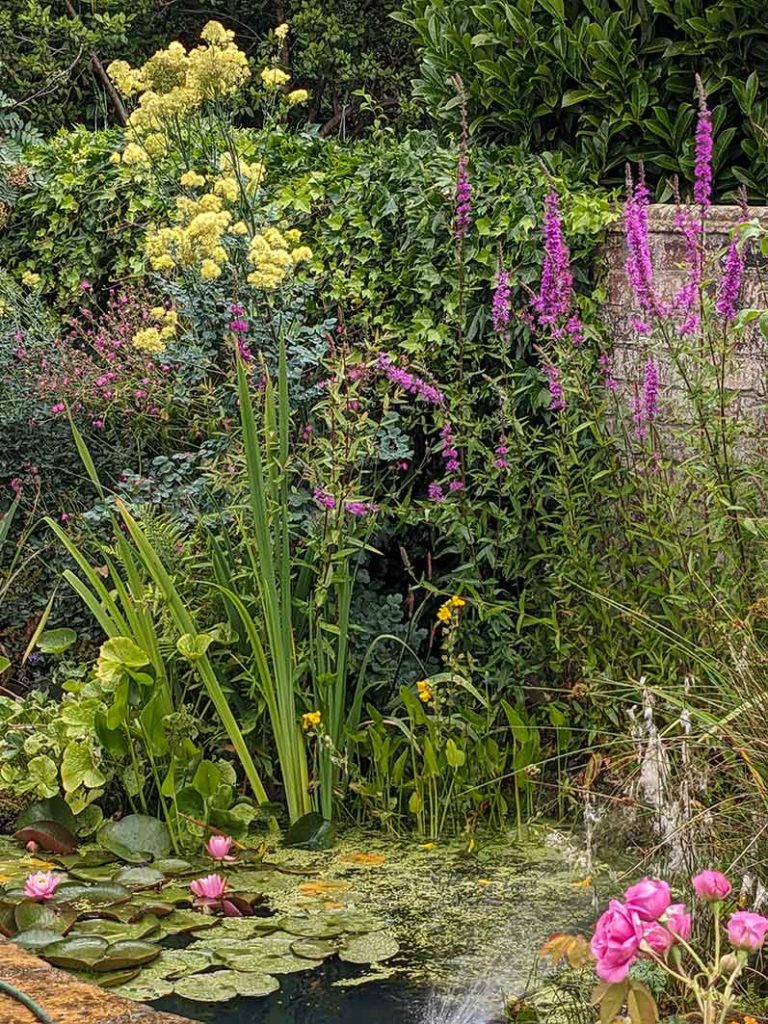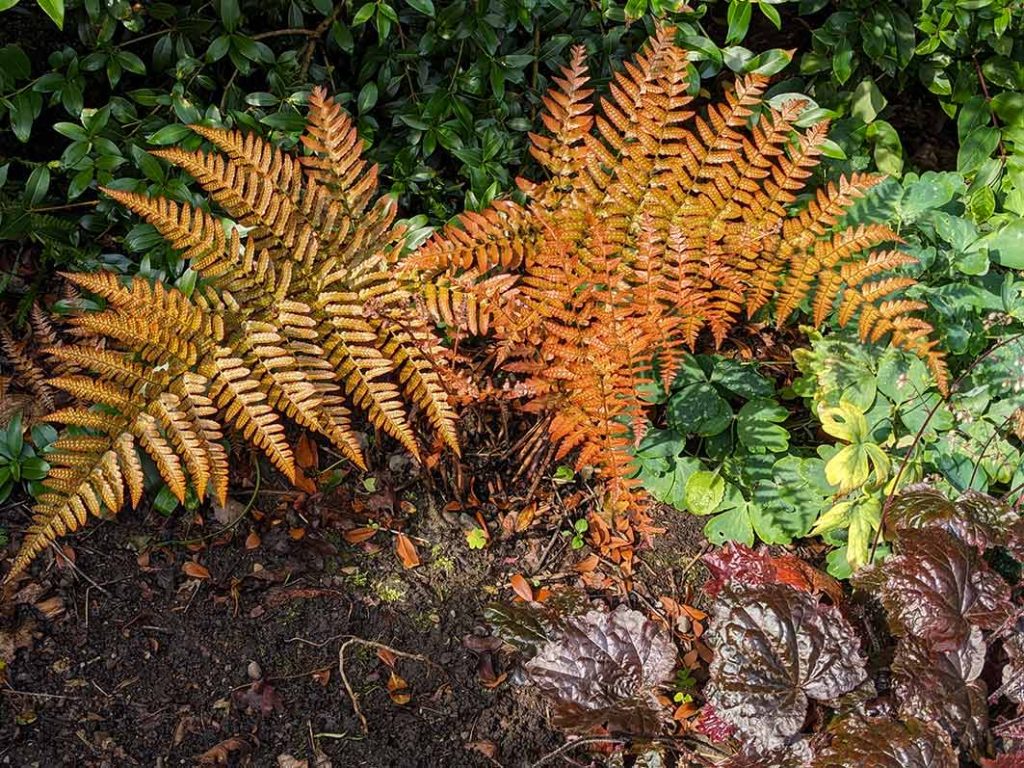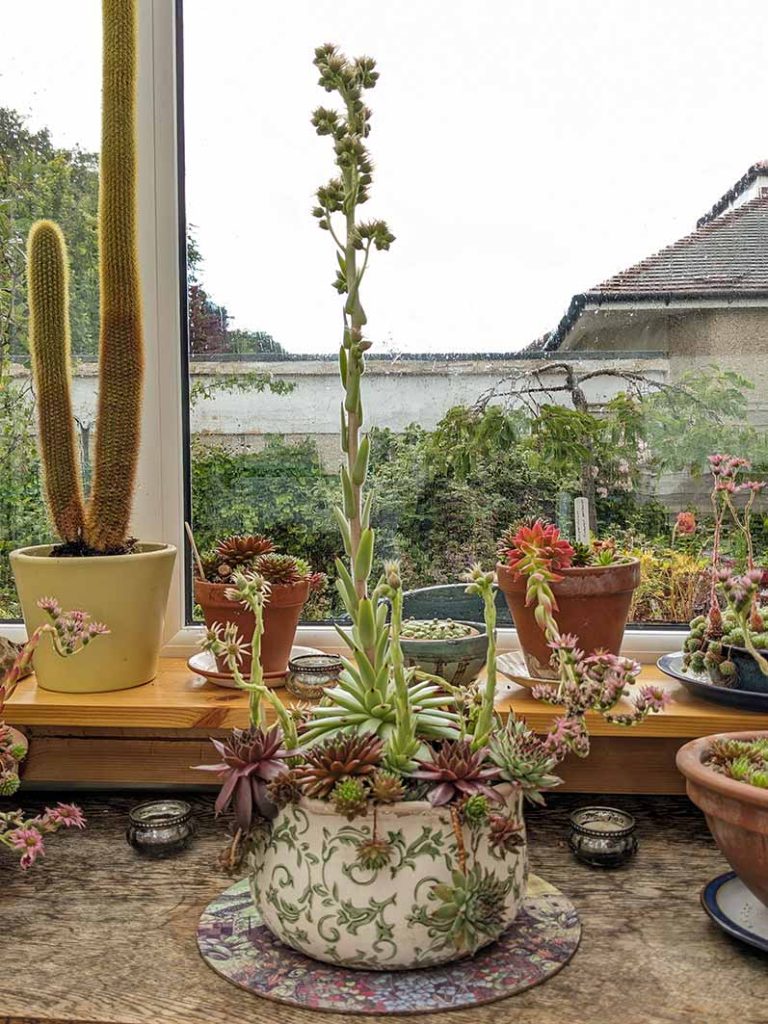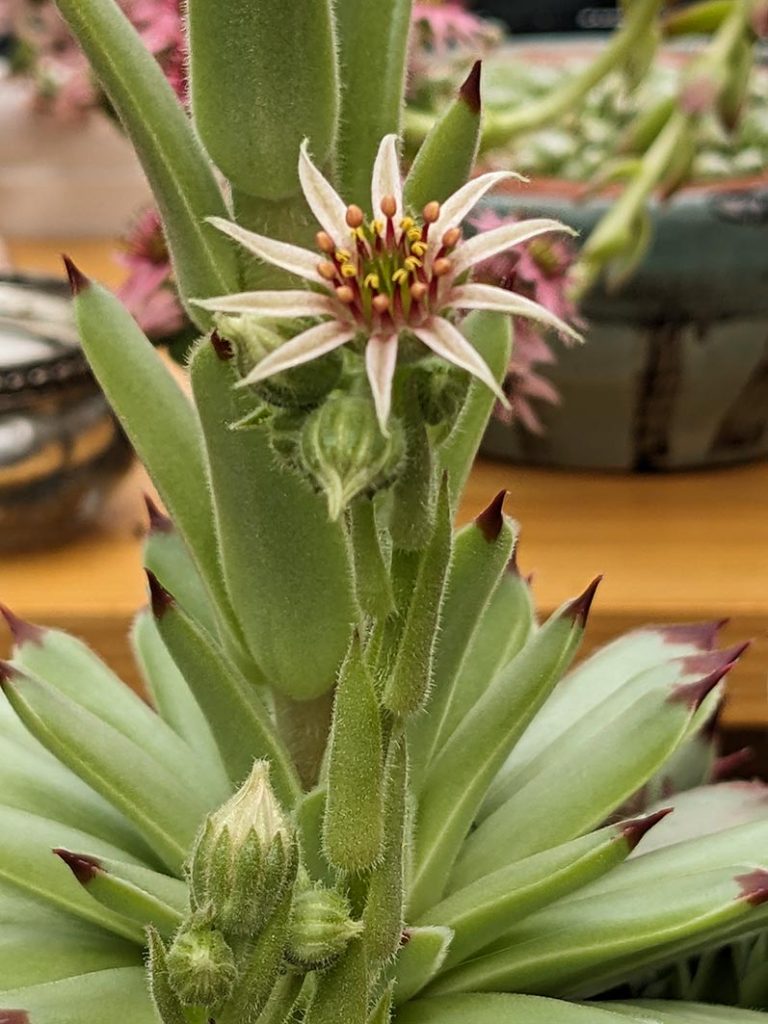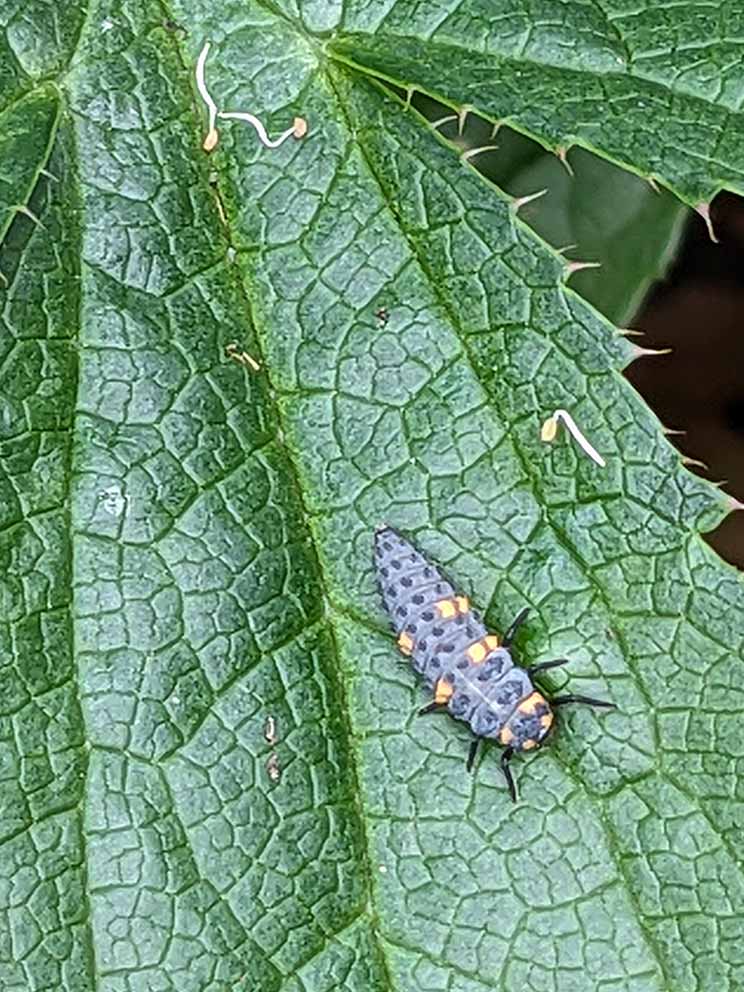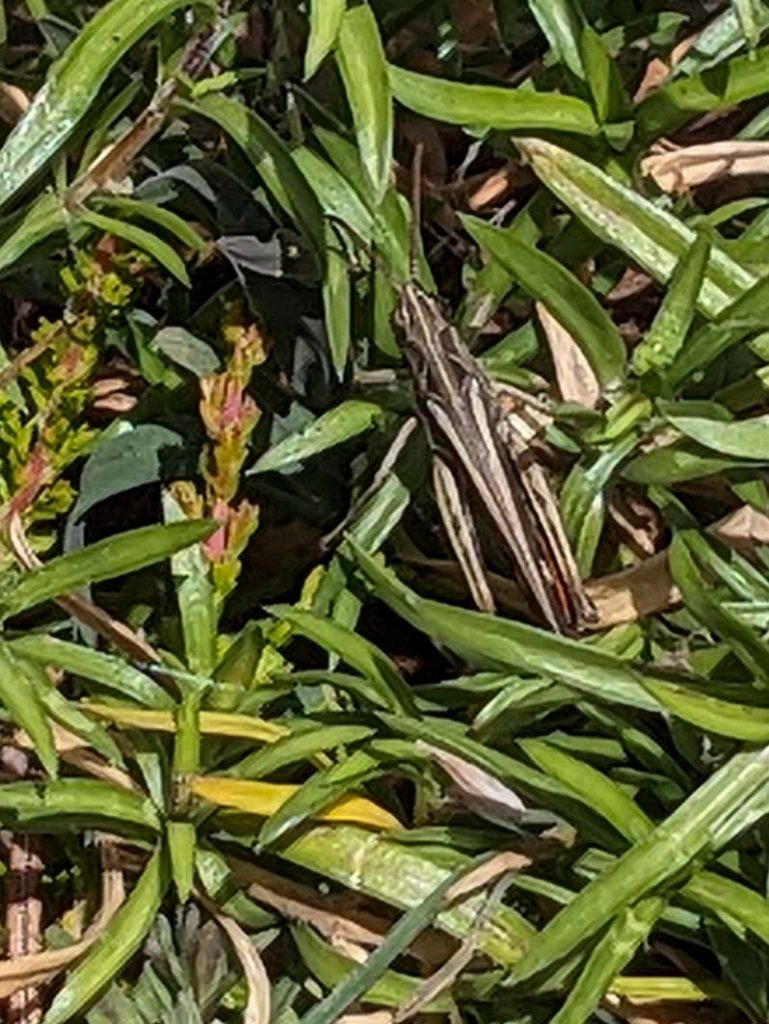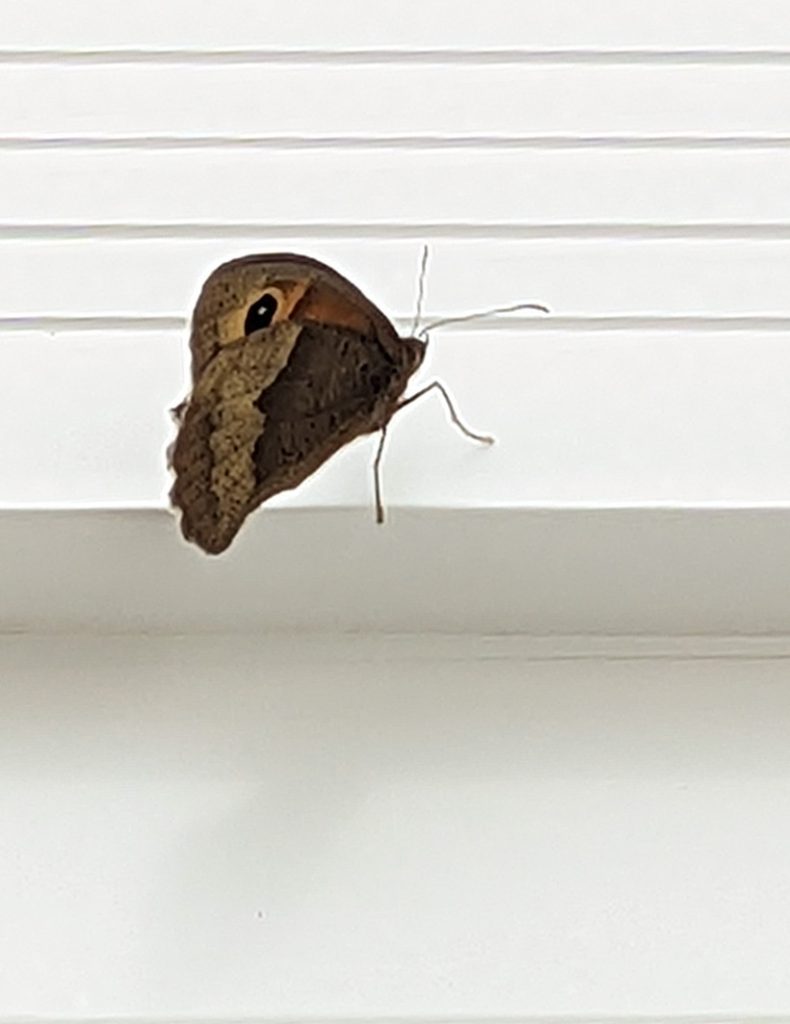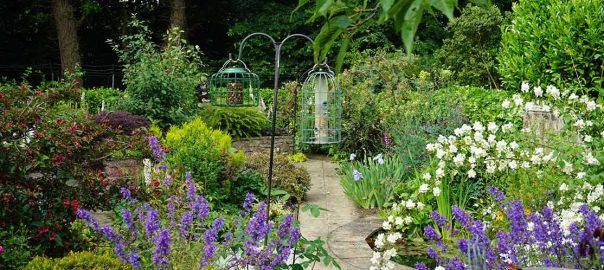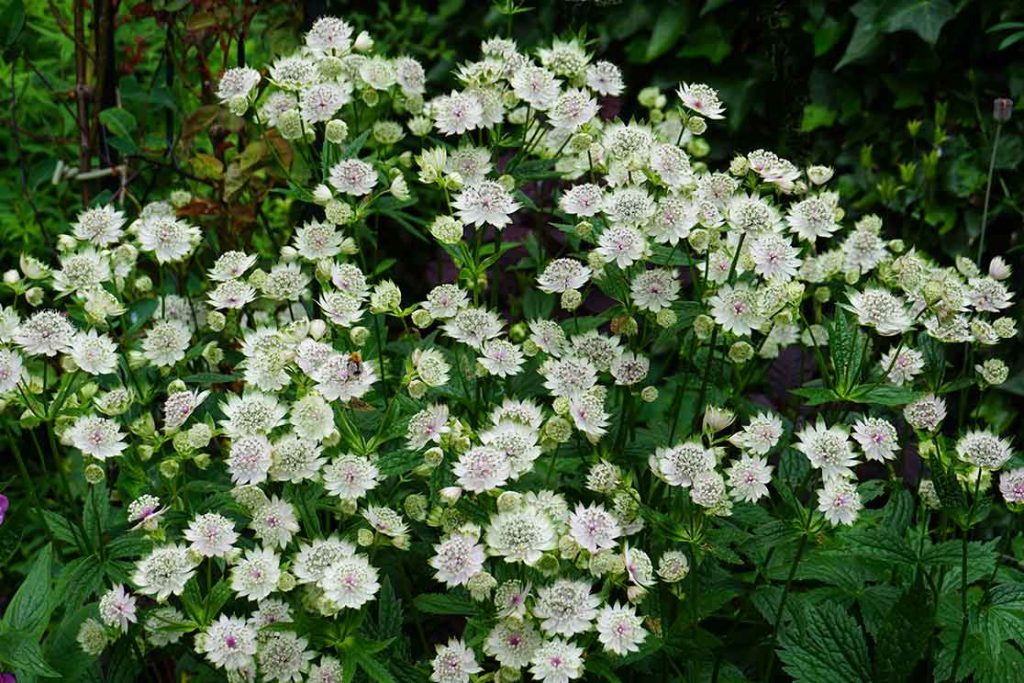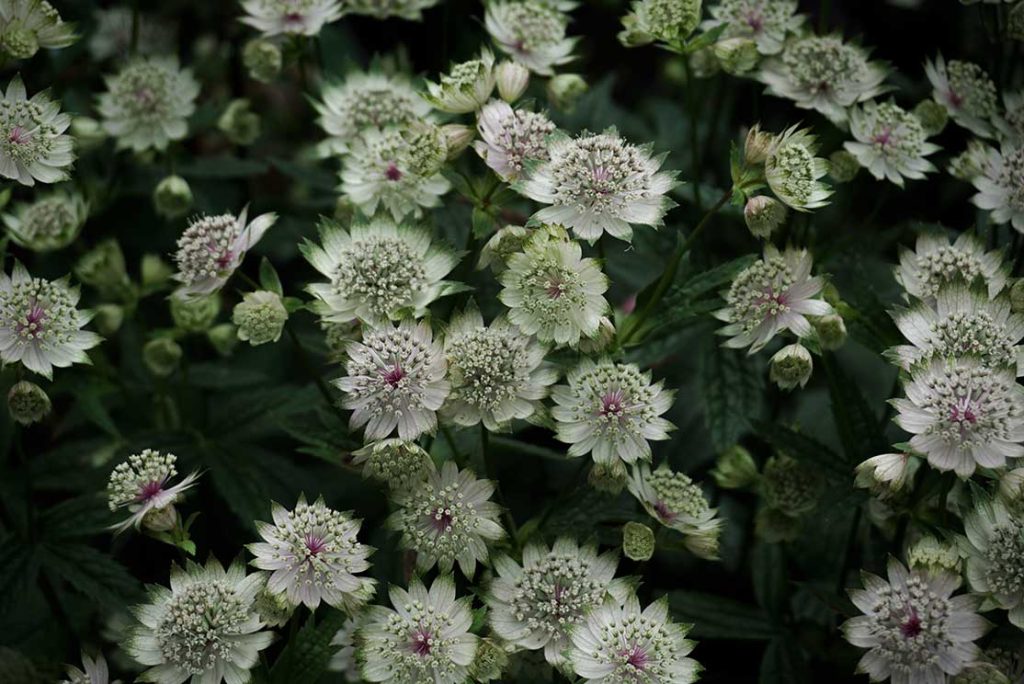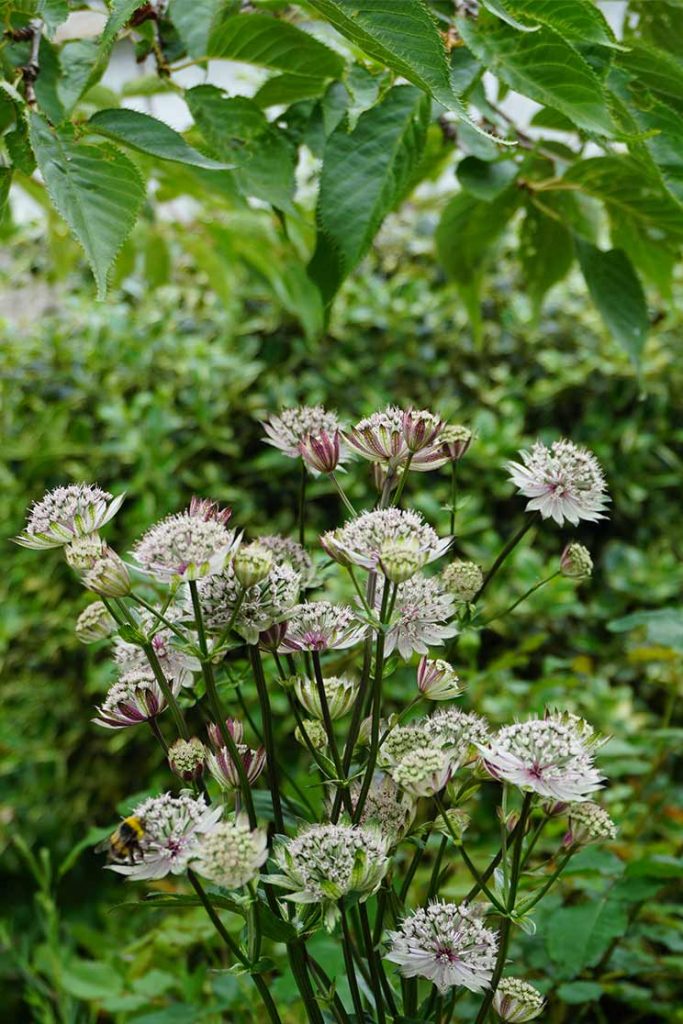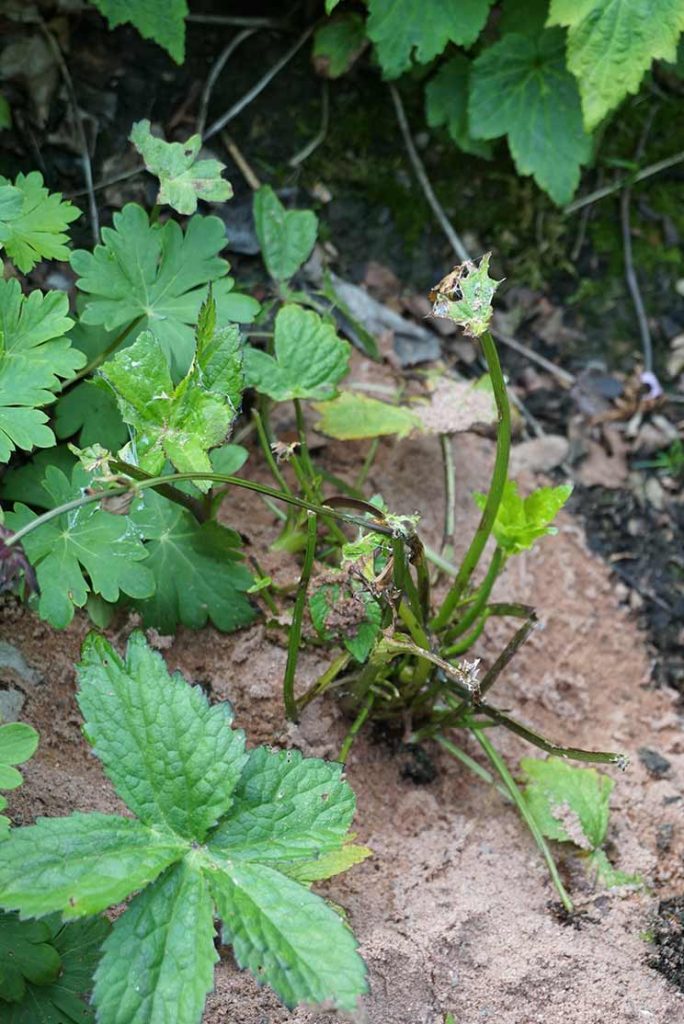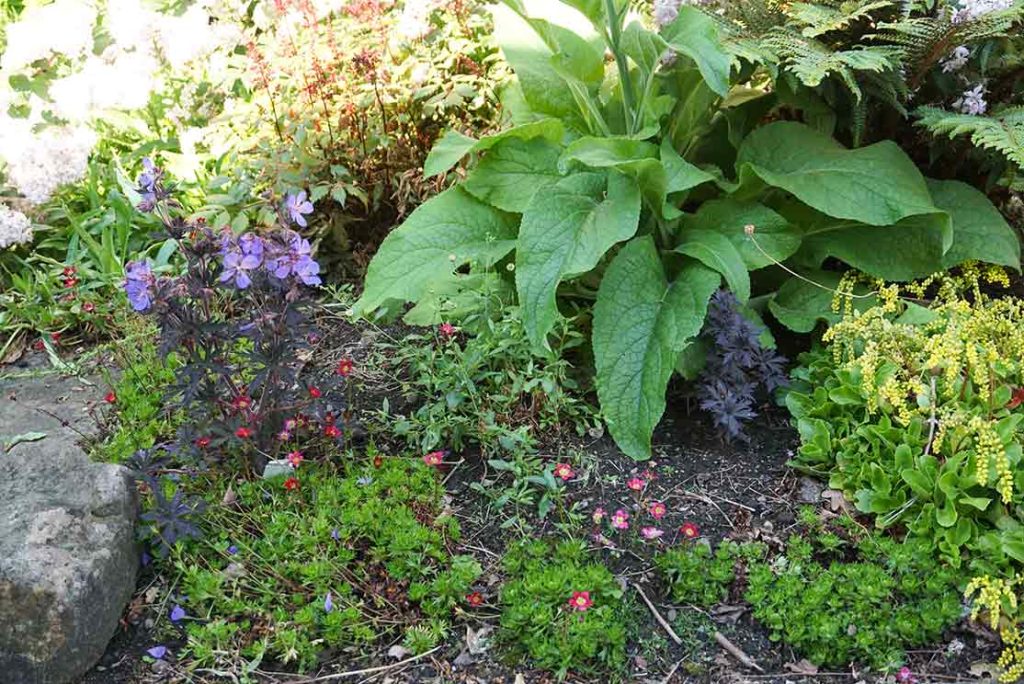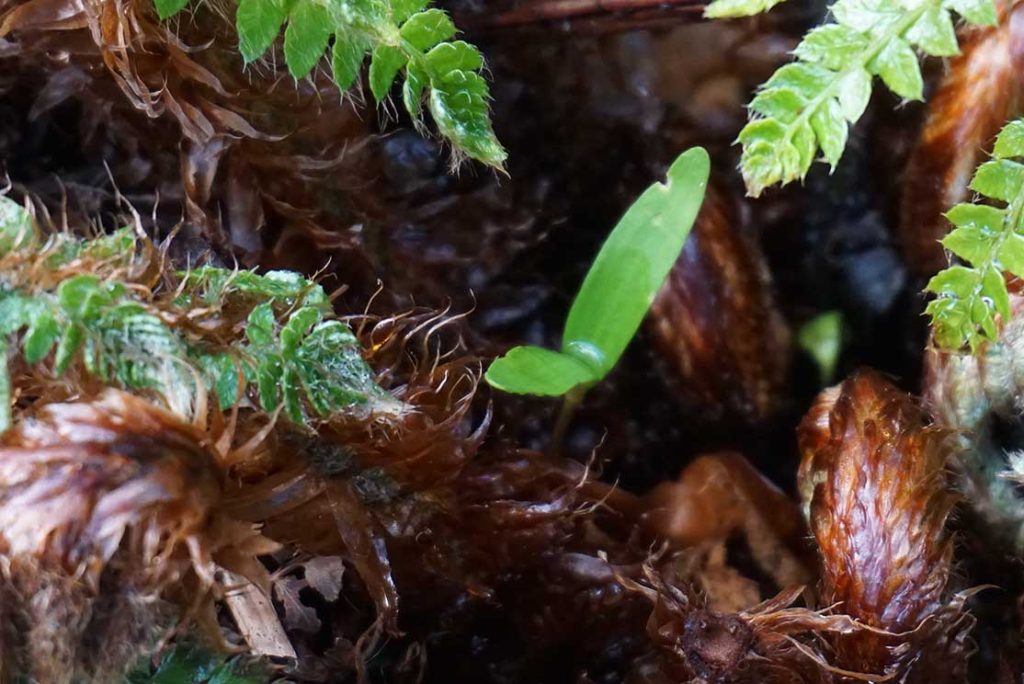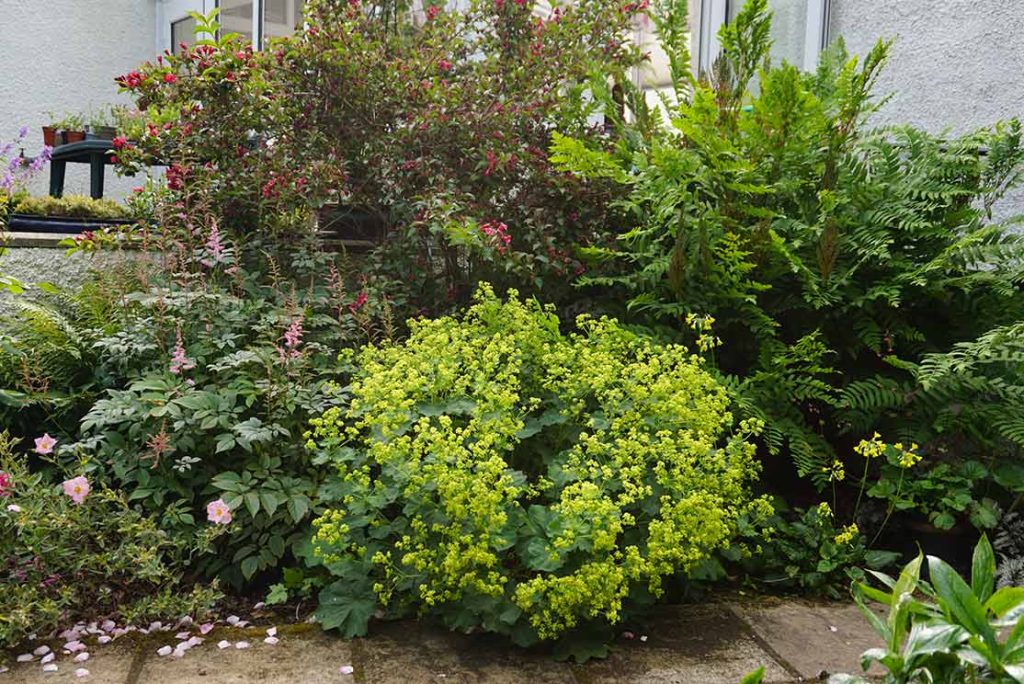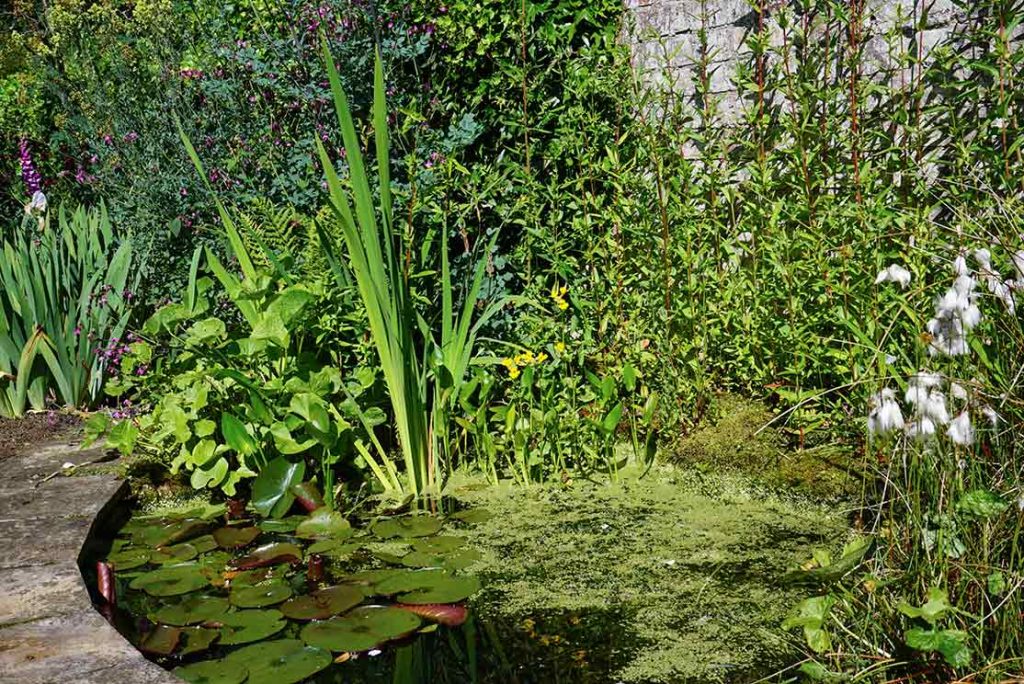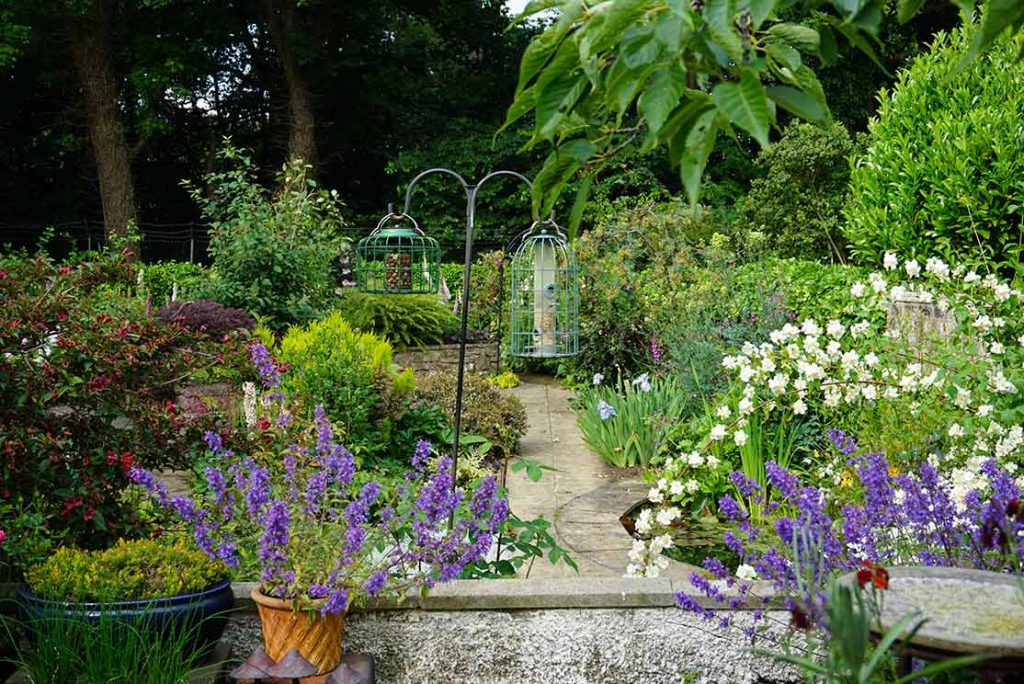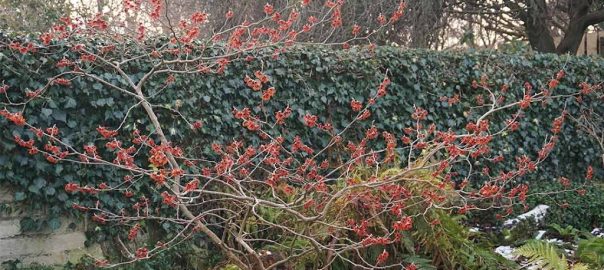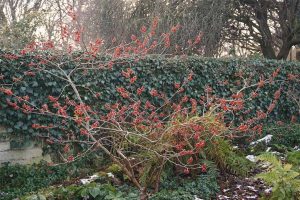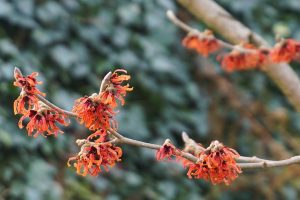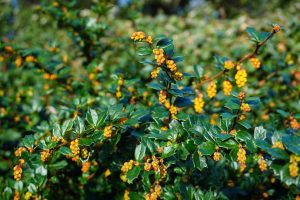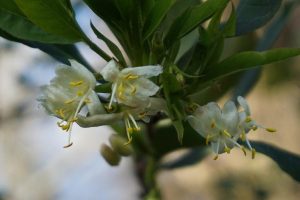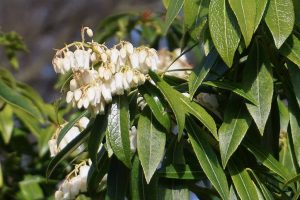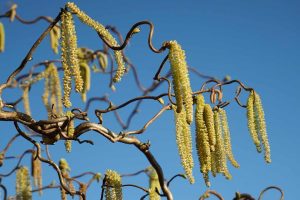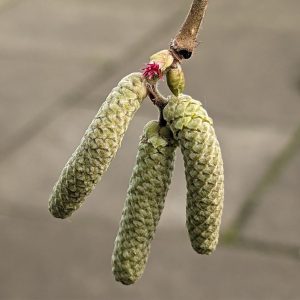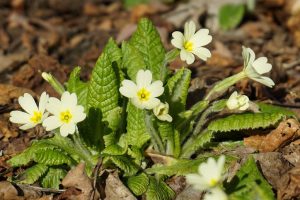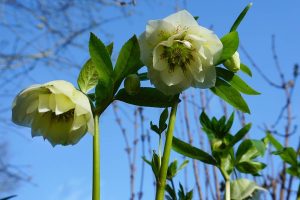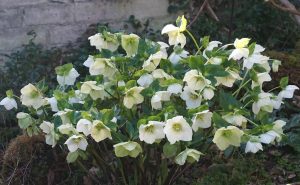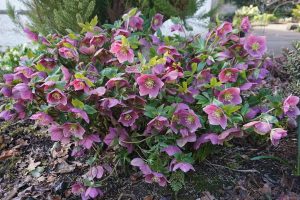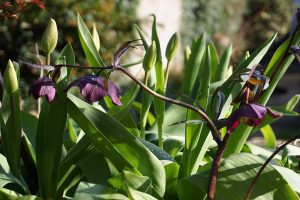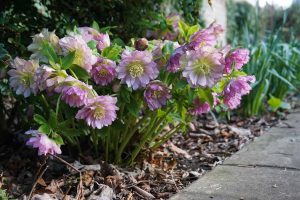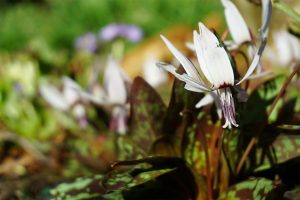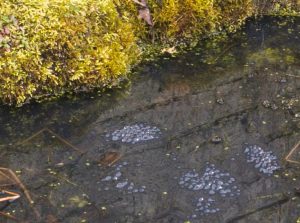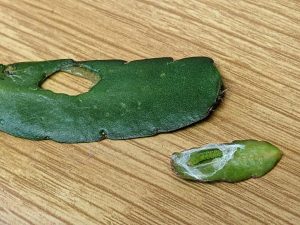The weather has been a mixed bag over June: some hot sunny days, some overcast muggy days, showers and wind, but on the whole not too bad.
The hebe has had a trim to keep it a neat shape and to dead-head the flowers. The tree heath (Erica arborea ‘Estrella gold’ ) has had a good chop as it was shading out some other plants a bit too much. The deutzia ‘Mont rose ‘ has finished flowering now and has had the old flowering stems chopped. I will have to give the mock orange (Philadelphus) the same treatment as it has just finished flowering. As we have had a reasonable amount of rain I can put down some more mulch to help retain some of that moisture. A few of the hardy geraniums have had a chop (later than the Chelsea chop time up here in Scotland) as there is a lot of damage on their foliage caused by the geranium sawfly (Ametastegia carpini). The tiny holes eaten all over their leaves look like lace work. They don’t appear to damage the flowers though so I will just have to tolerate them.
The Brunnera ‘Jack Frost’ is not looking great and I might just ditch it. The slugs have really gone for the ones in the stumpery and the only one that isn’t too bad has an upturned hanging basket over it to stop the pigeons getting at it. I have had to move the new heucheras from the back area of the garden to the bed that gets a little more sun. Again the slugs have really gone for them so I will need to give them a bit of protection until they get going.
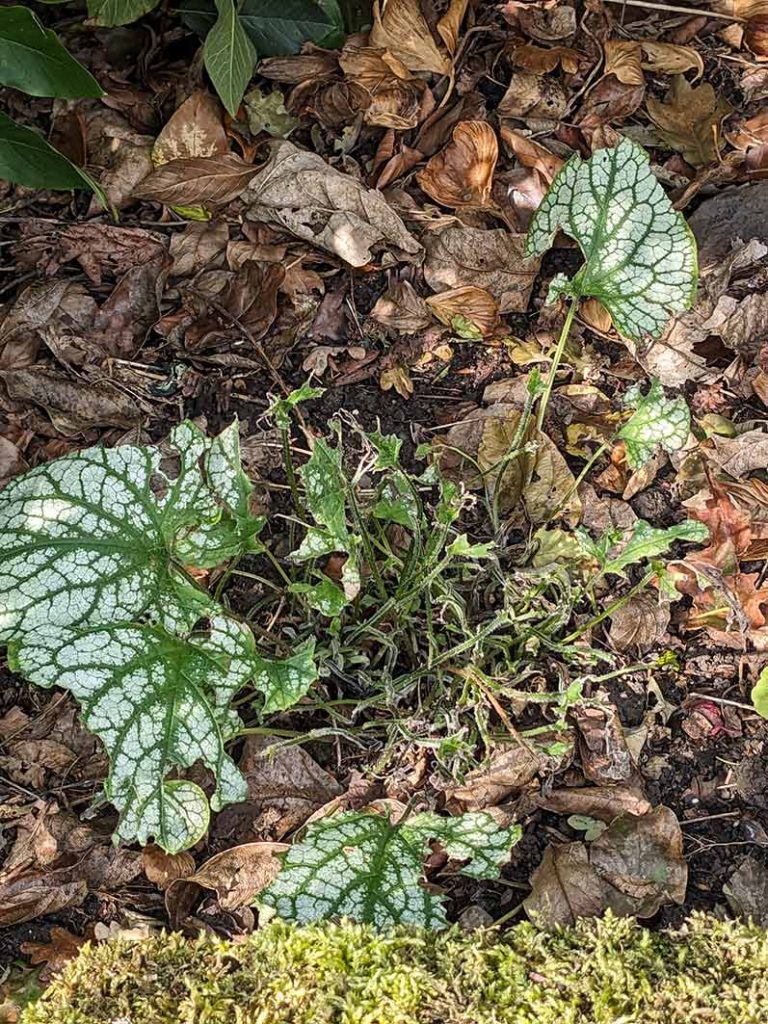
I have been finding a lot of mushrooms in my latest batch of multi-purpose potting compost which can be very unsightly in amongst the pot plants, even in the house plants that I topped up with it. I don’t normally buy Westland multipurpose but my usual compost was unavailable. It is horrid stuff with huge lumps of wood and other bits and bobs in it, including small stones and bits of plastic, and it doesn’t retain moisture well. I will NOT be getting it again. The mushrooms were easily removed so the pots don’t looks so bad but the mycelium will still be in the compost.
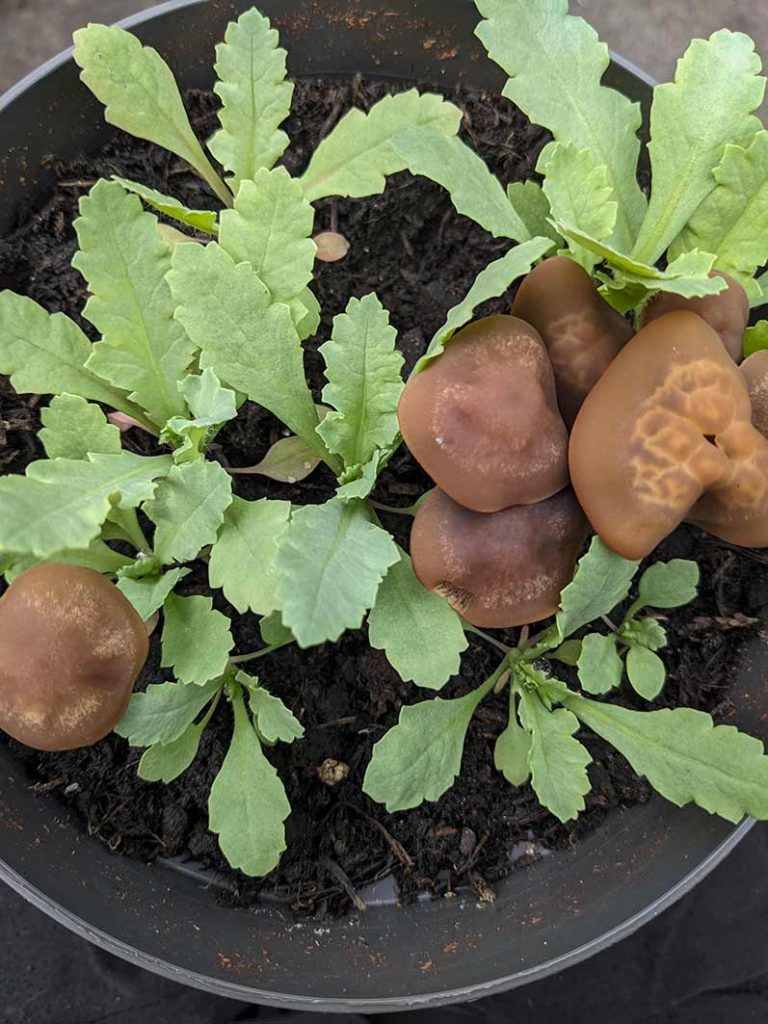
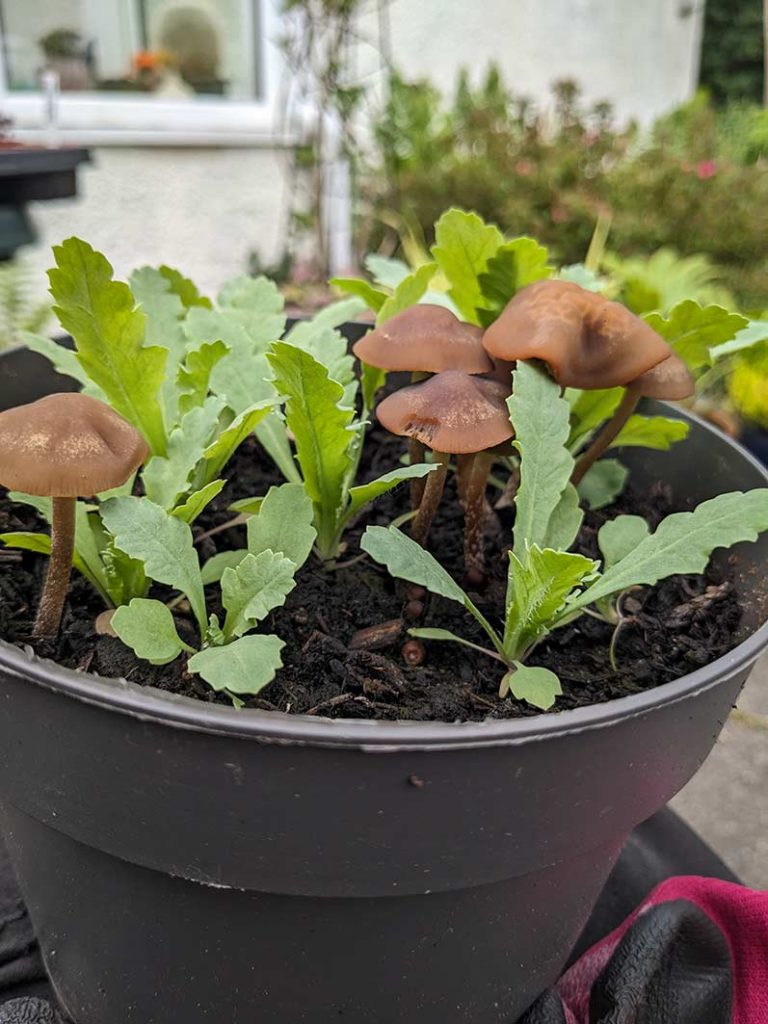
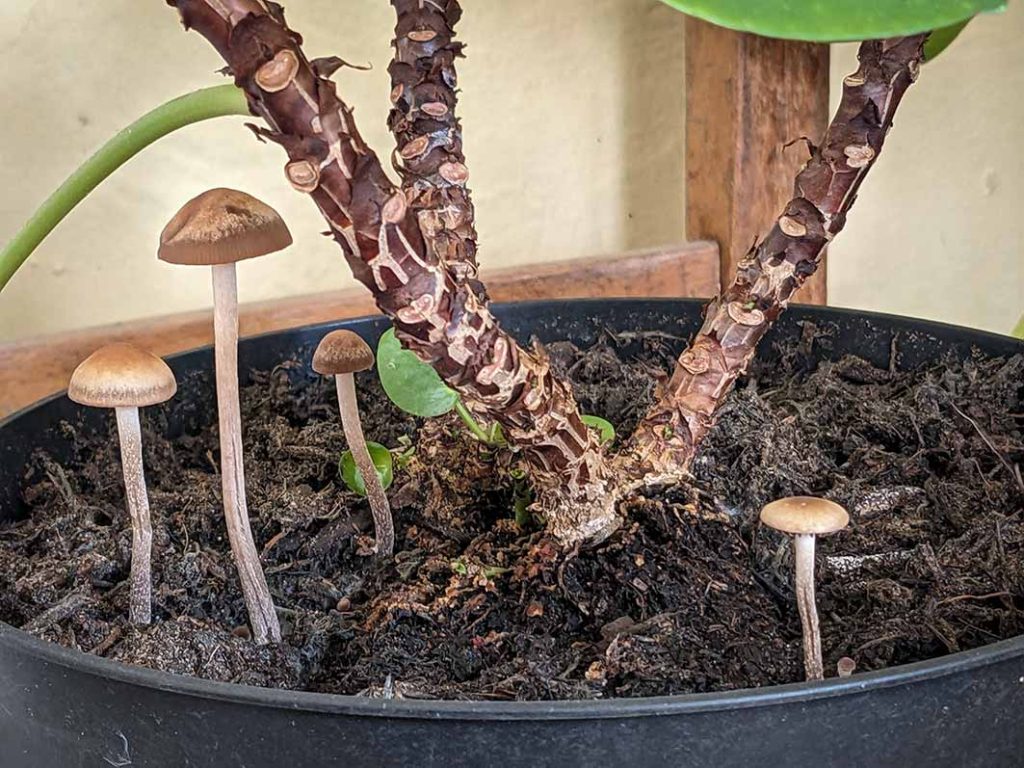
There are a few gaps in the borders just now so I am moving some of my potted plants from the patio into the borders to fill in some of these gaps. These small terracotta pot filled with succulents can cope in this area but I have larger pots with ferns in the shadier areas. I do have to remember and move them again before any bulbs come up in spring time.
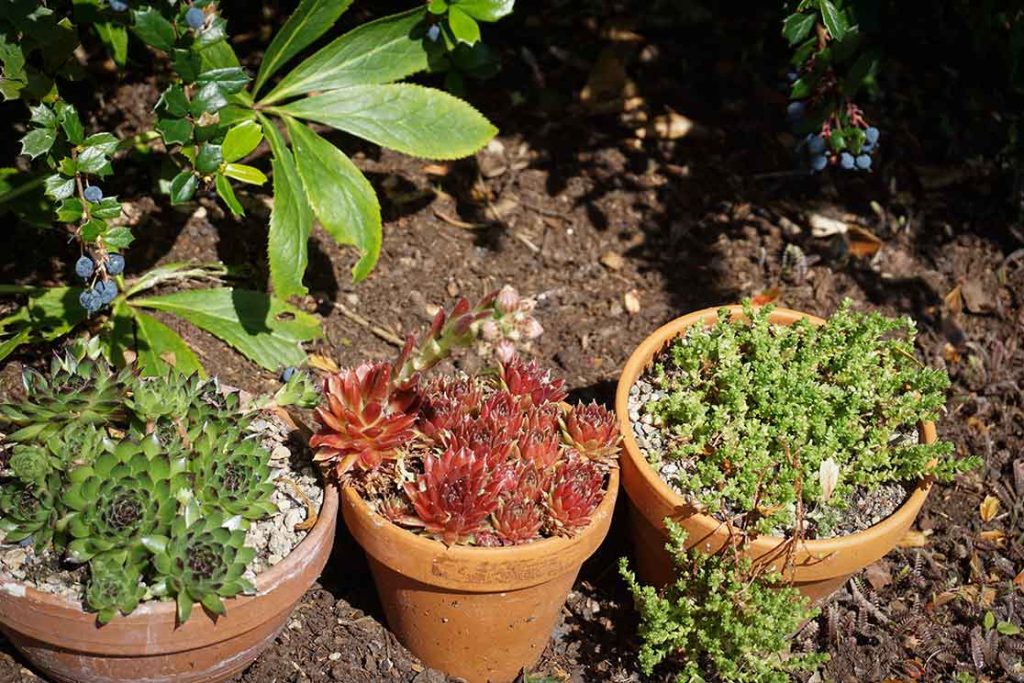
I have removed a lot of the violets in the stumpery because, although they create good ground cover, they had loads of seed-heads about to pop, and they are competing with the ajuga (more ground cover), and covering over some of the self-seeded honesty.
Another good ground cover plant which is flowering away now, and the bees love it, is the Campanula garganica ‘Blue diamond Adrianic’ . I should probably cut it back a bit once it has gone over.
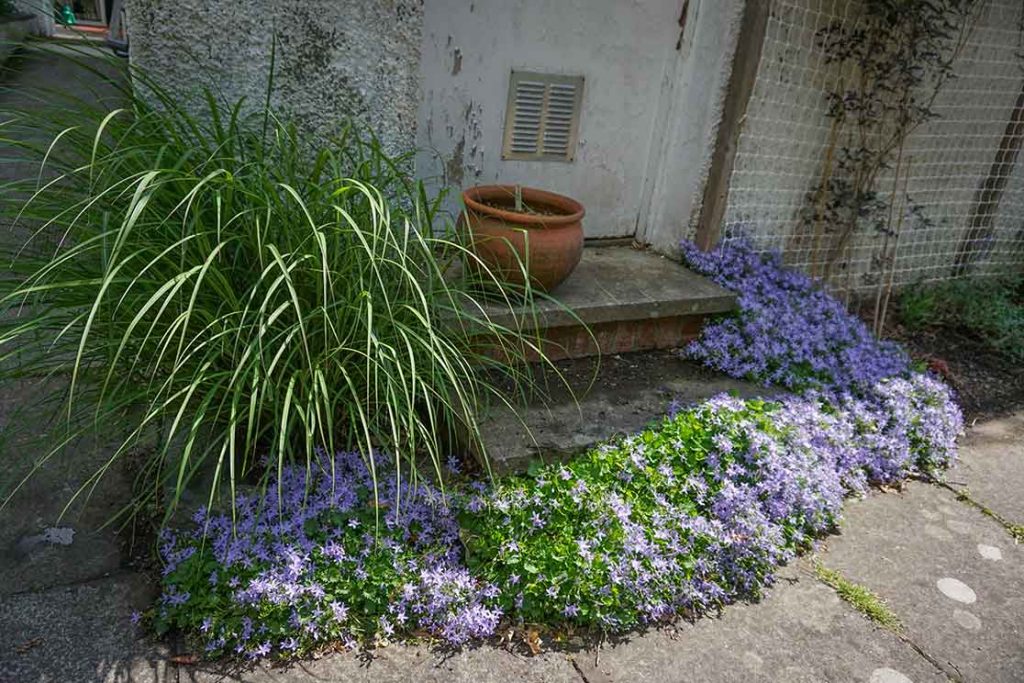
There are loads of pollinators about and they are loving all the the flowers just now: agastache, campanula, cirsium, astilbe, achillea, roses, alchemilla, giant cowslips, geranium, foxgloves, catmint, lavender, heuchera, verbascum, ragged robin, astrantia, bisort, marigolds, cistus, honeysuckle, spiraea, and thalictrum. I planted 3 yellow thalictrum from the same nursery at the same time only a few feet apart and one is growing way taller than the other two, and has more purple in the stems. I love the fluffy, yellow clouds of flowers that the thalictrum produce and loads of pollinators love them too. It is normally covered in them but not when I took this photo apparently!
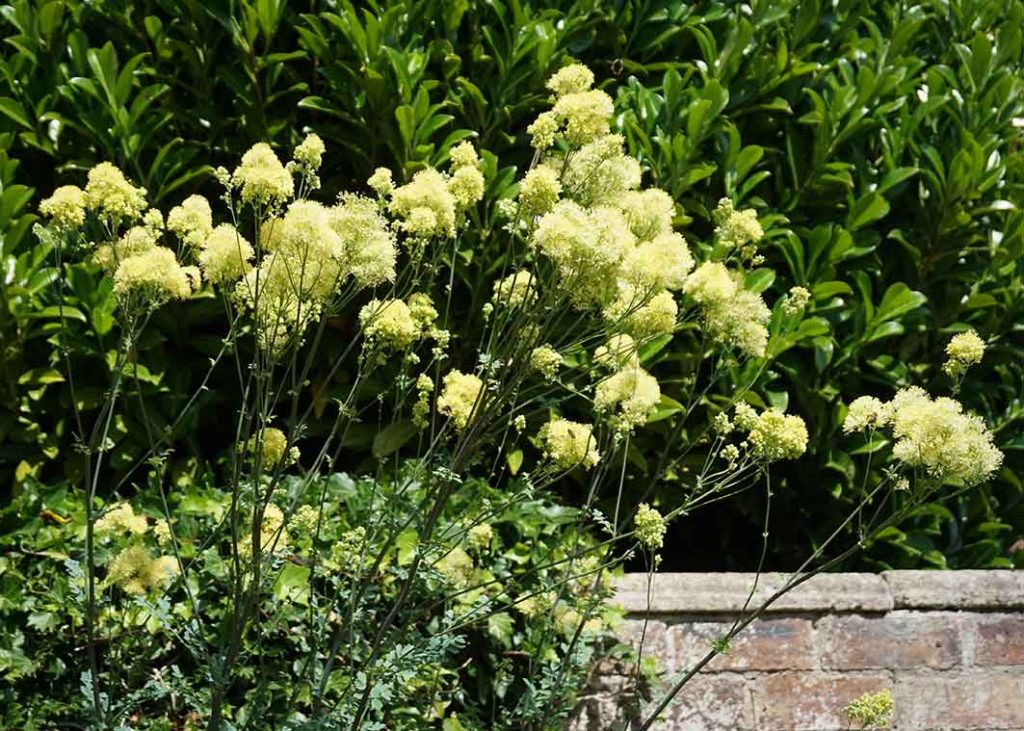
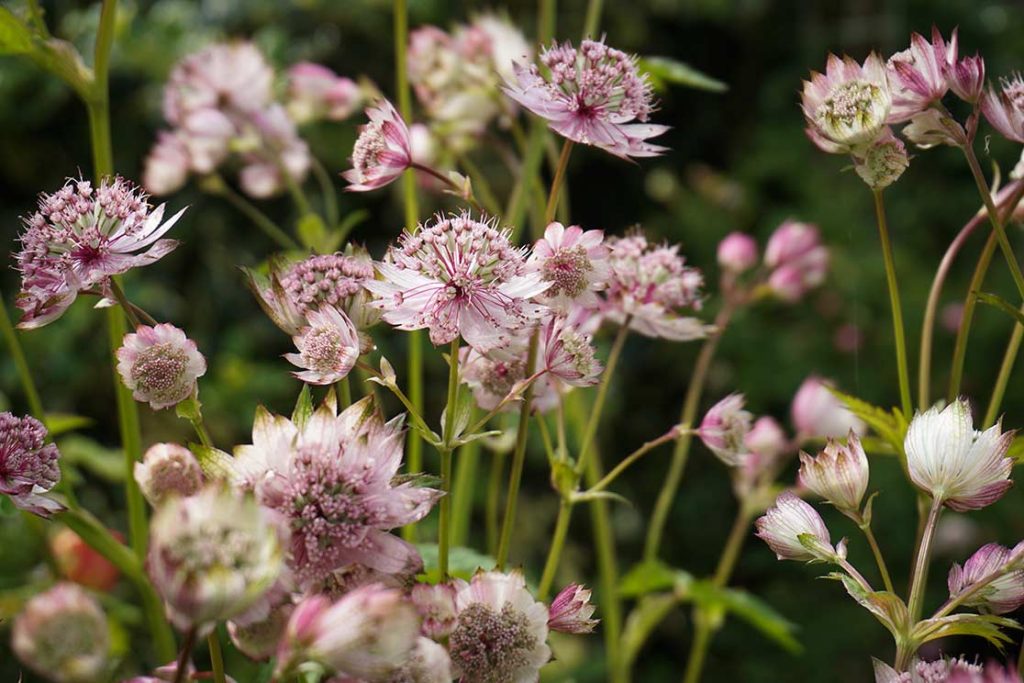
The wet corner is looking good just now but the rodgersia has not flowered this year. I think it is too shaded out by the huge royal fern. The soil is clay and there is a down-pipe just above the rodgersia. The fern and weigelia are covering the rodgersia.
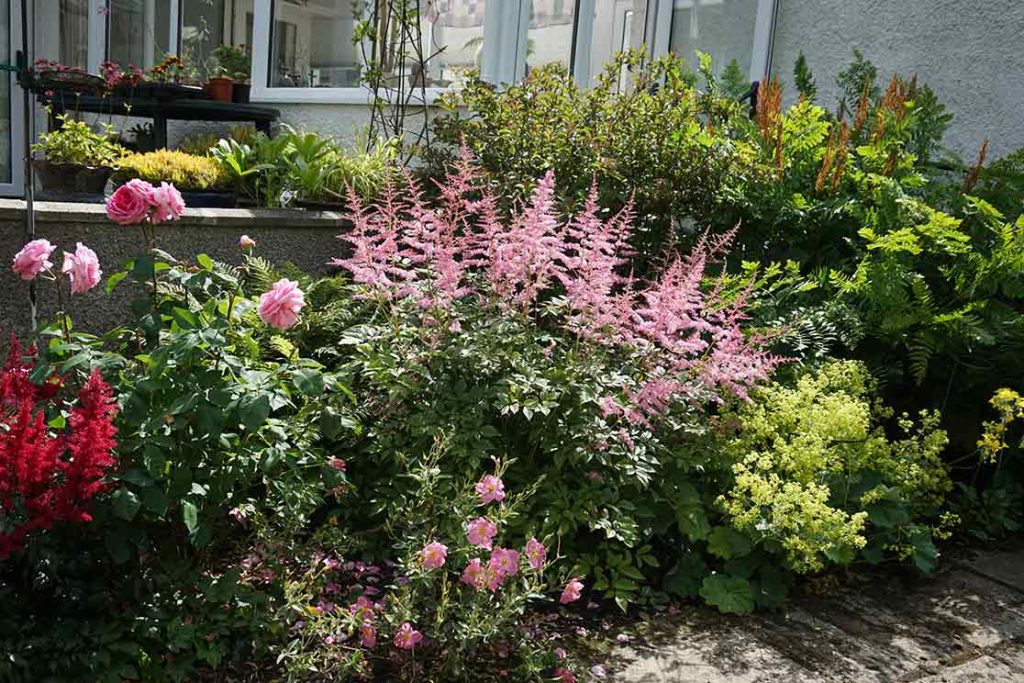
The moss roses and ‘Munstead wood’ rose have finally begun to flower and are looking great, but I still can’t believe how many roses I have had, and continue to have, on ‘Gertrude Jekyll’ – it is such a good do-er.
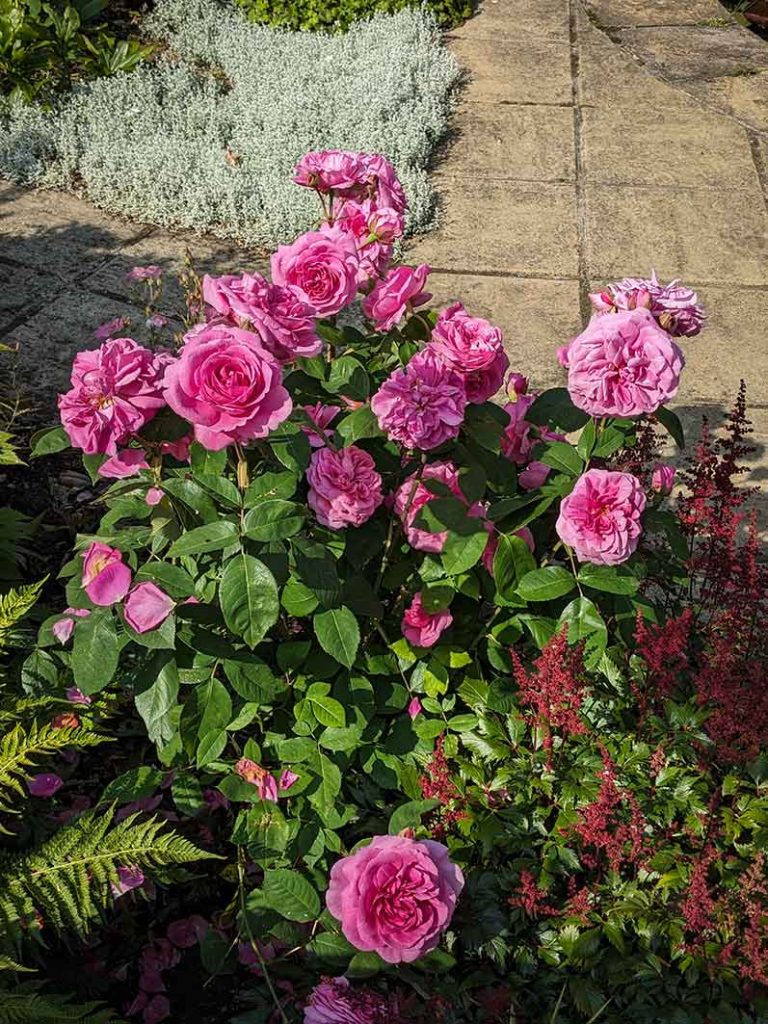
I have in the past regretting planting certain plants and one of them was lily-of-the-valley. They look and smell absolutely gorgeous but they spread like mad and invaded all of the back border and the raised bed. They got right into the roots of other plants so I had to be ruthless and take the whole lot out. I would like to keep just a pot of them in the conservaorty for their lovely scent. In spring I planted out some Allium hair bulbs as I was curious about the flower heads. They look like little aliens with tentacles but when I asked facebook how far apart I should plant them everyone said that they regret ever planting because they spread all over the place! It certainly doesn’t say that on the RHS site but now I am wondering if I made the right choice, and don’t want to make the same mistake again, so I have just put them in pots so I have easy access to them to dead-head before they produce seeds. That is the plan anyway.
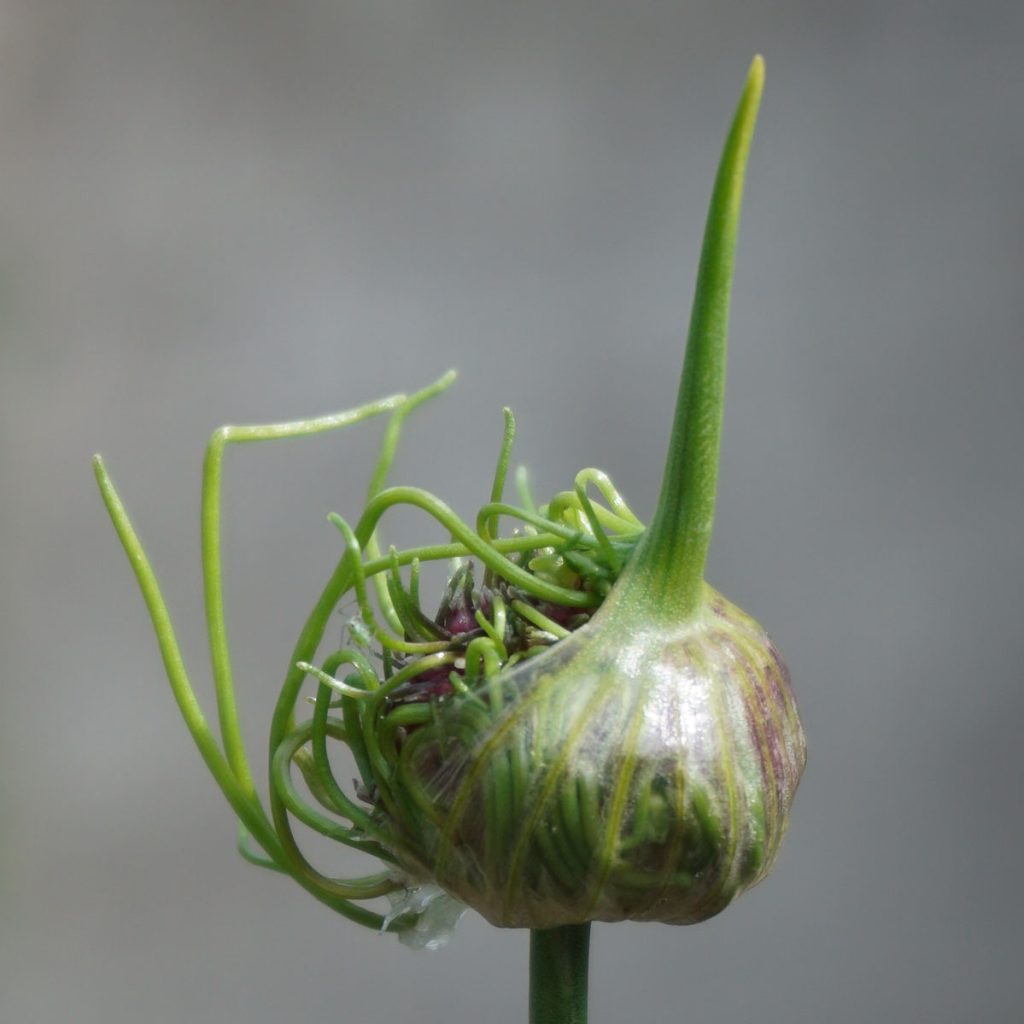
And now the heat wave is over so back to normal for the time being – thank goodness as I don’t do well in the heat. The heat makes me breathless but It helps my arthritis, however it wreaks havoc with dry eyes, nose and mouth, and my eyes are now sensitive to the light which means I have to wear amber tinted wrap around sun glasses in bright sunshine. I already wear a large brimmed hat and sometimes even a nose protector! What must I look like? I get bitten by some beasties just underneath the brim of my hat and these bites are incredibly itchy to begin with and make little red blotches all across my forehead. They are not midge bites -I can hear the zzzzzzz of the midges coming and their bites are raised. So I wonder what July holds for the garden?
